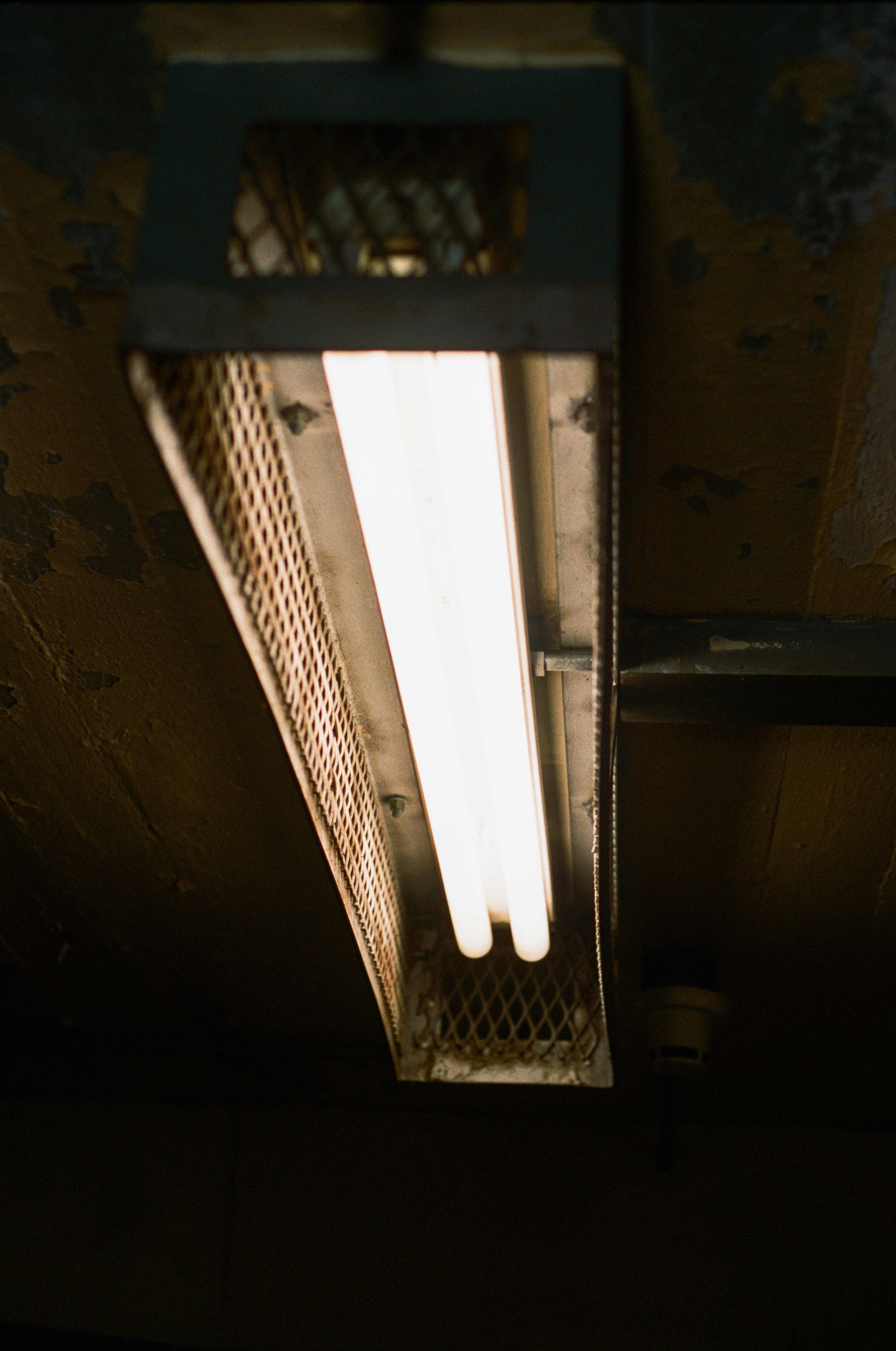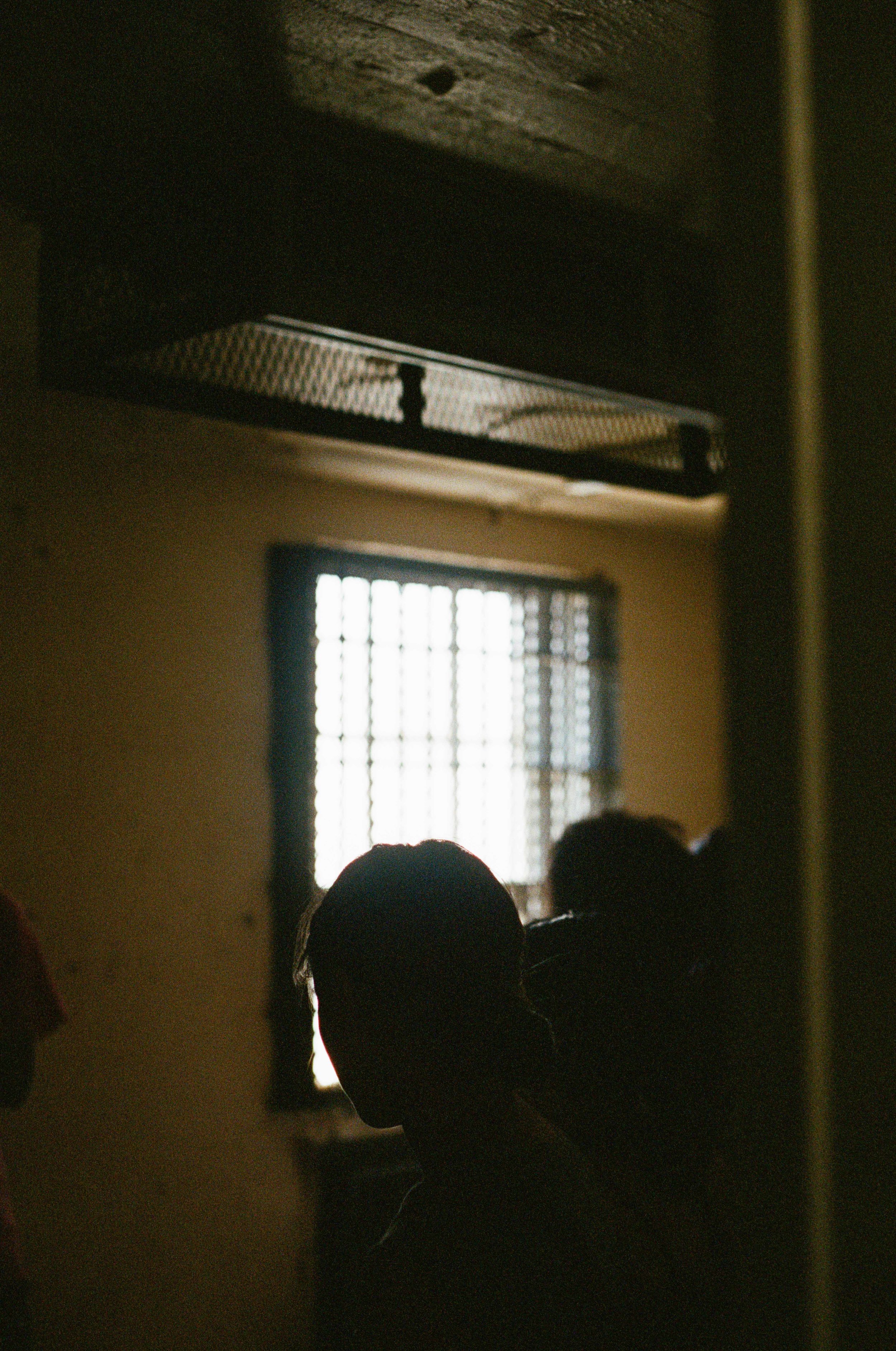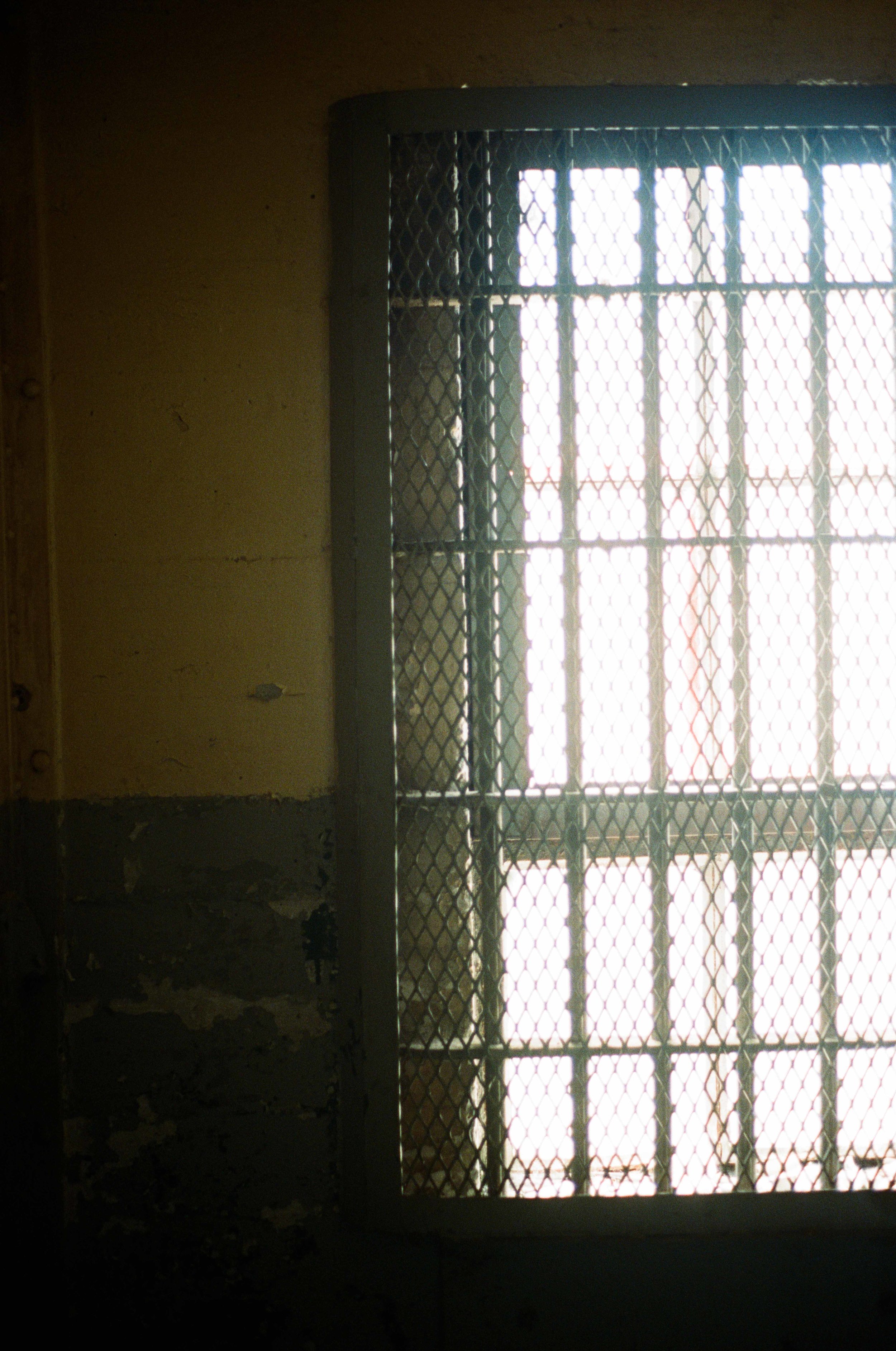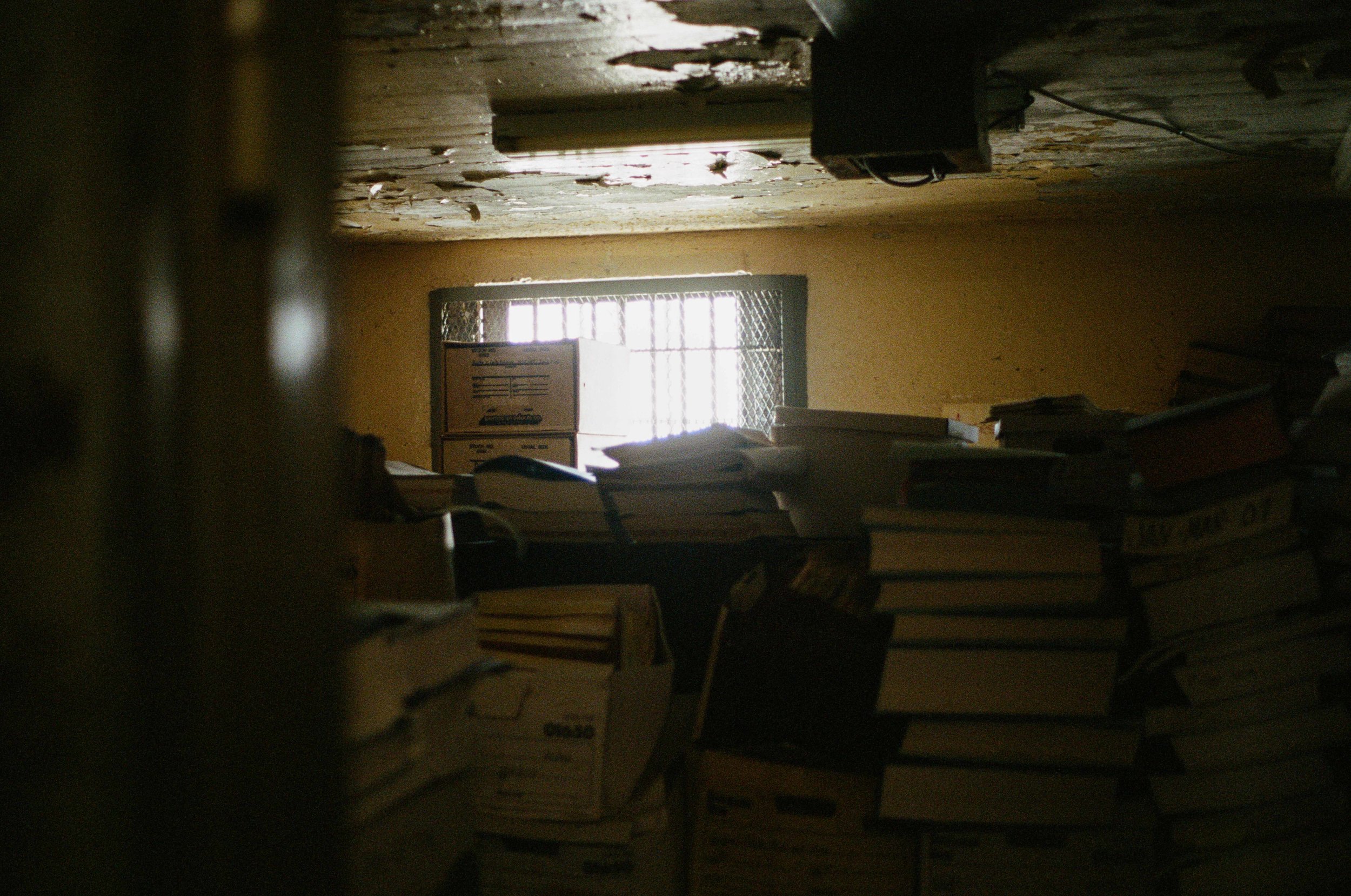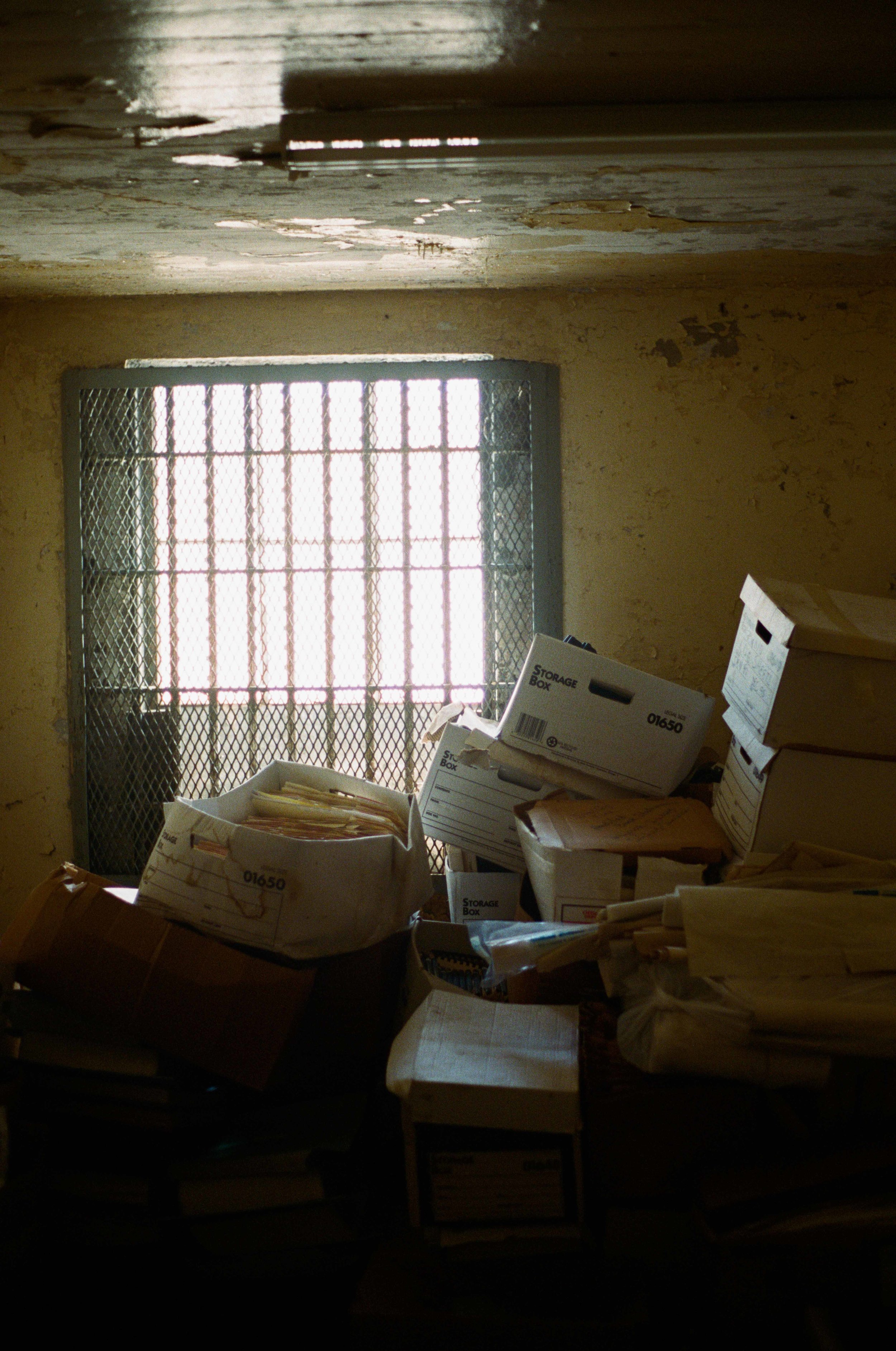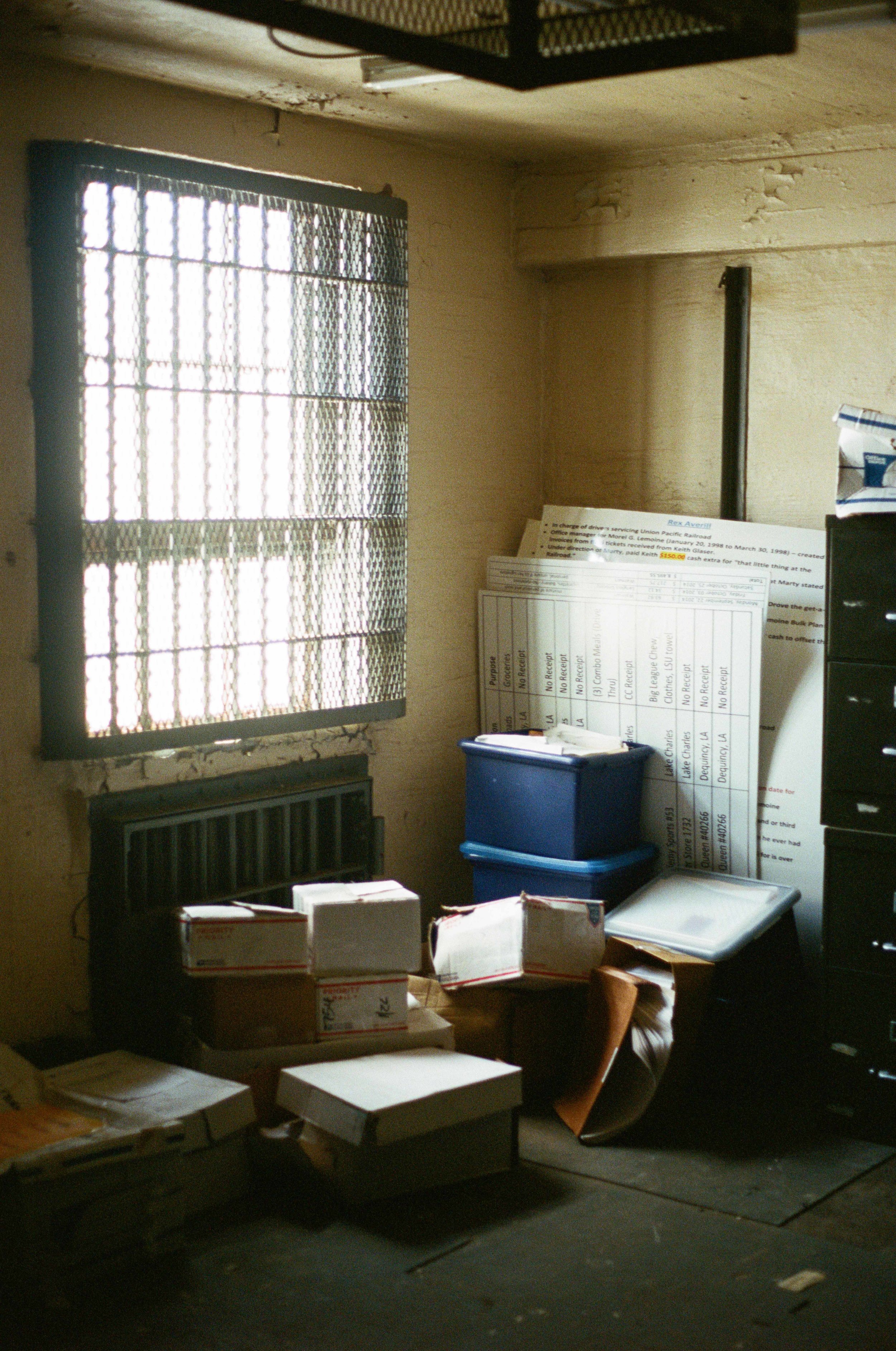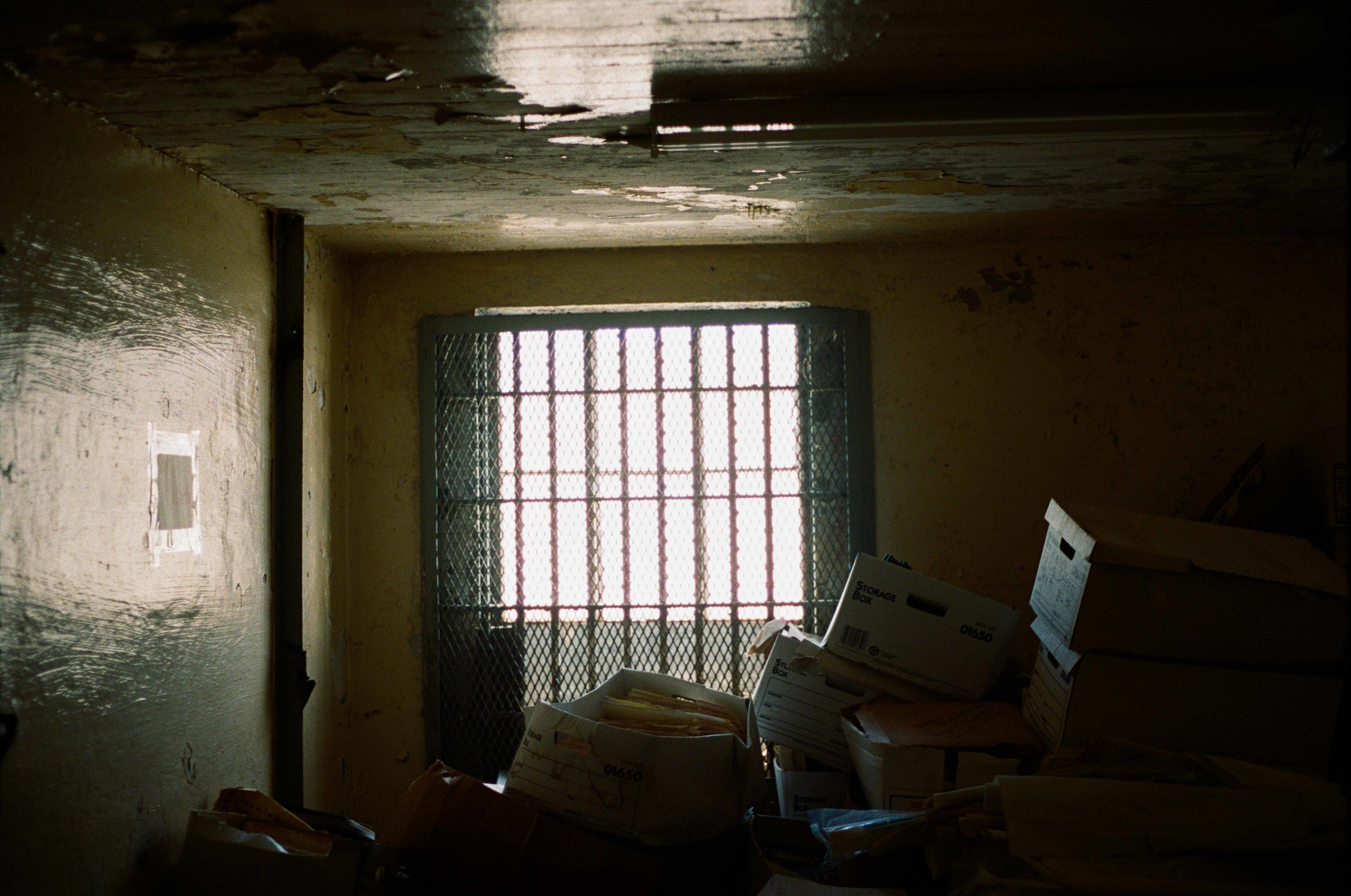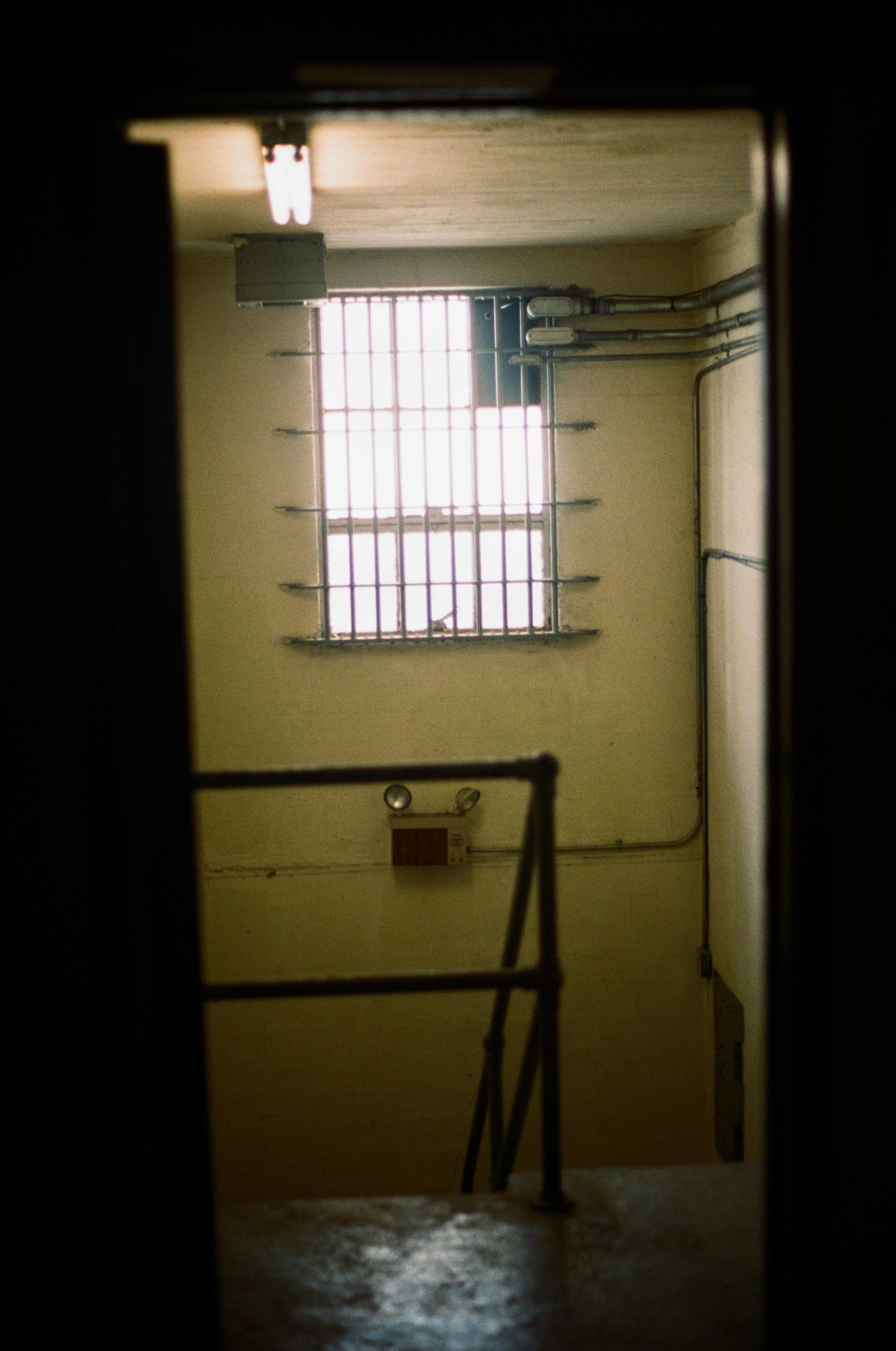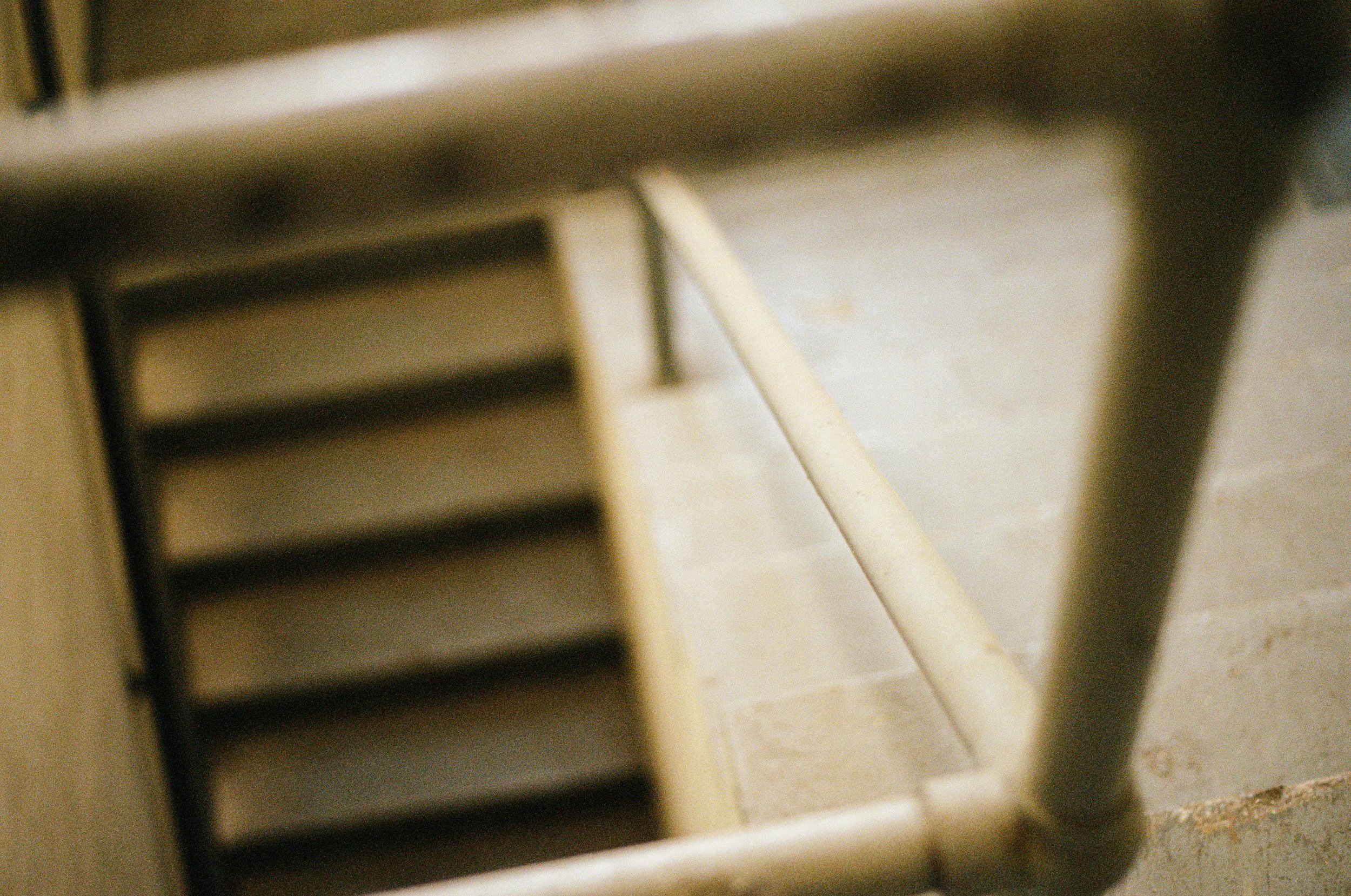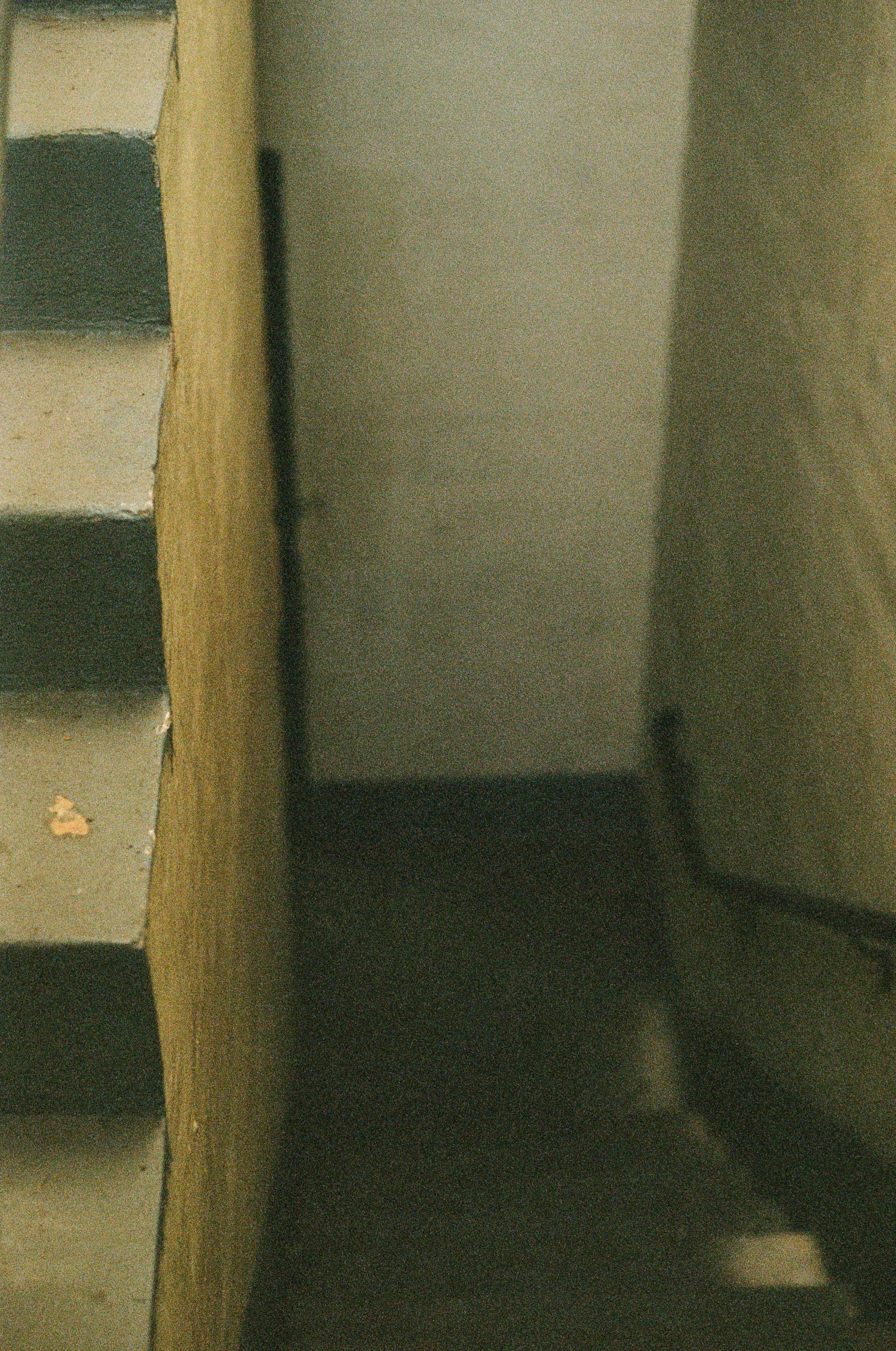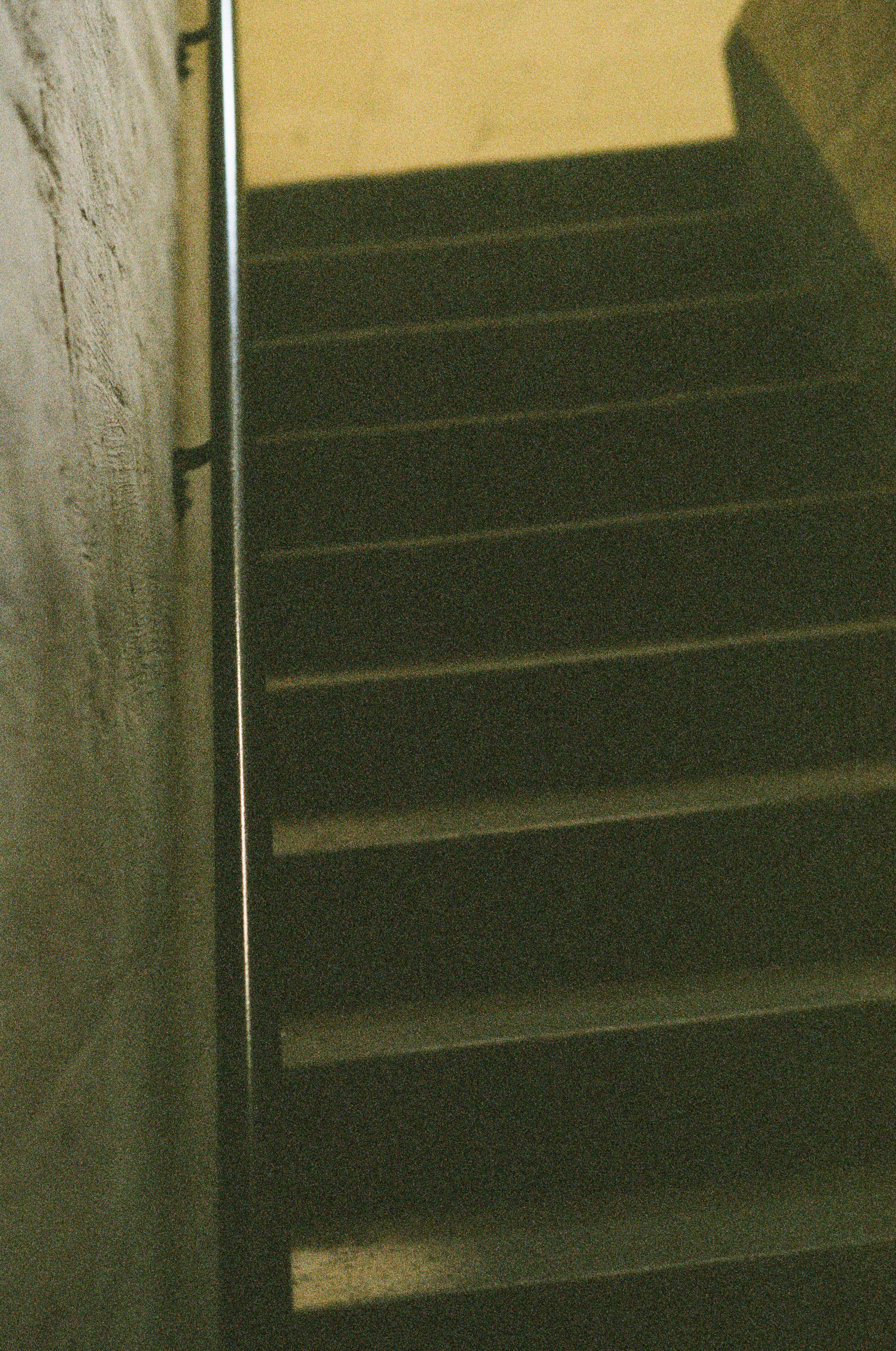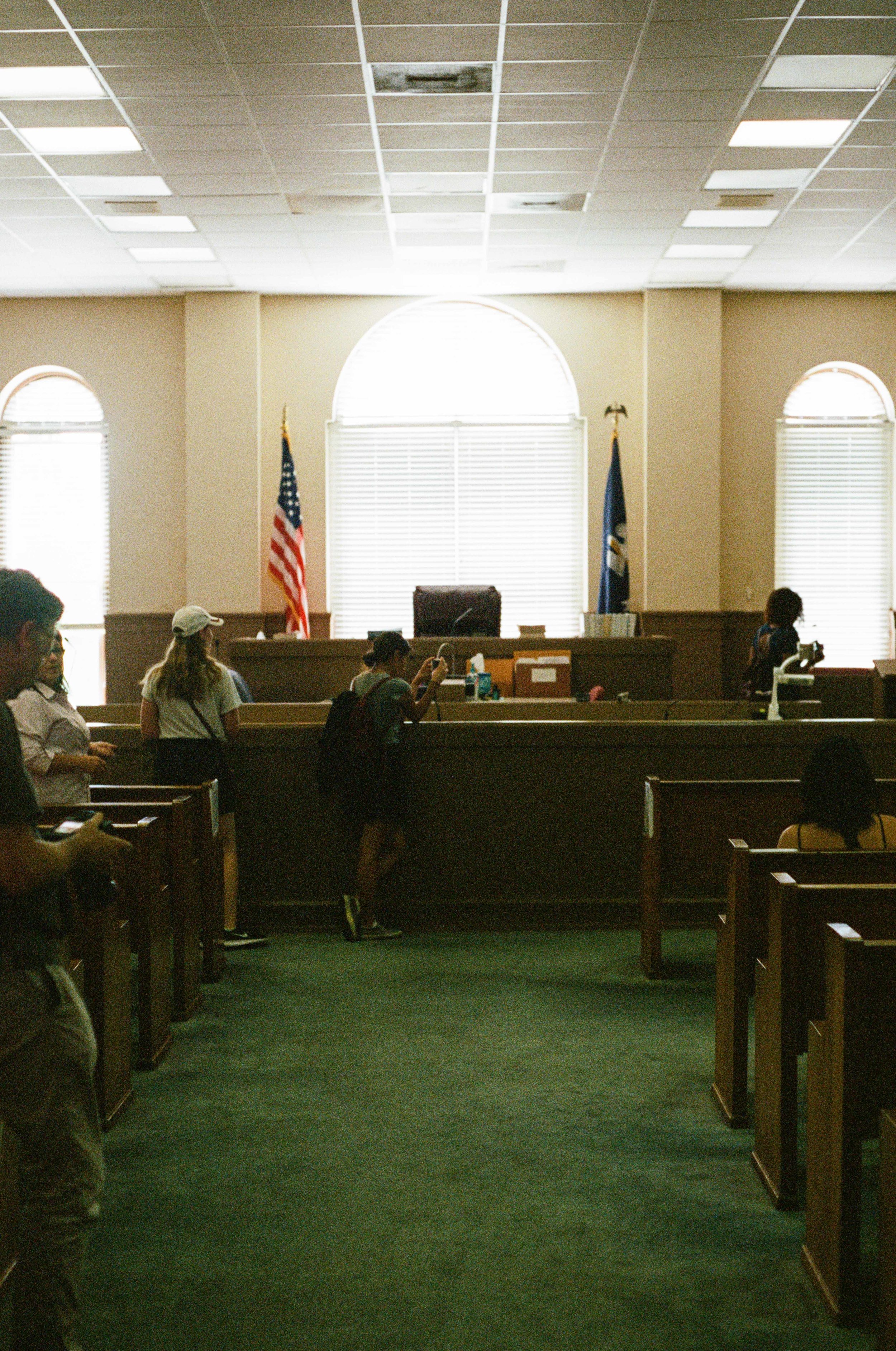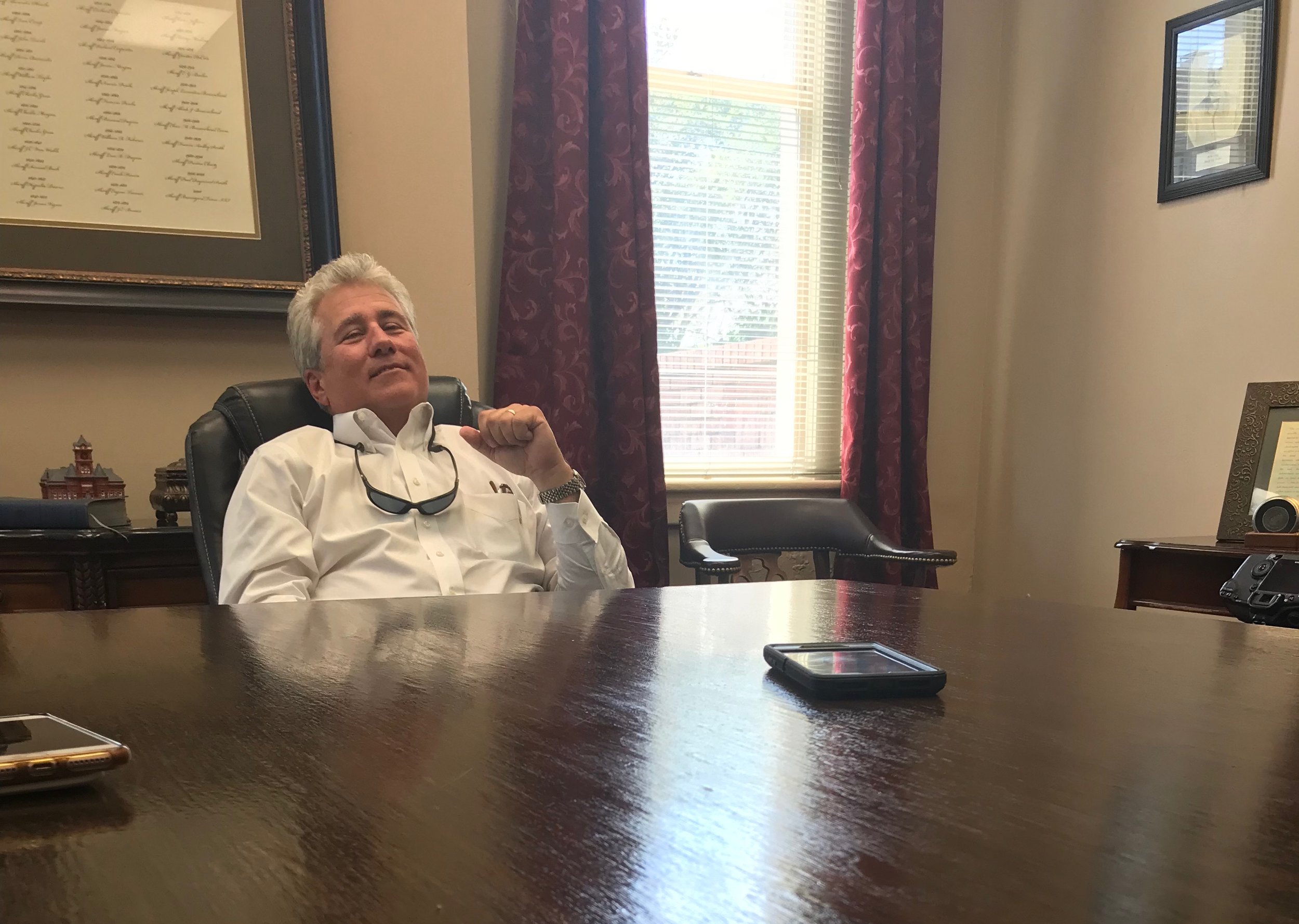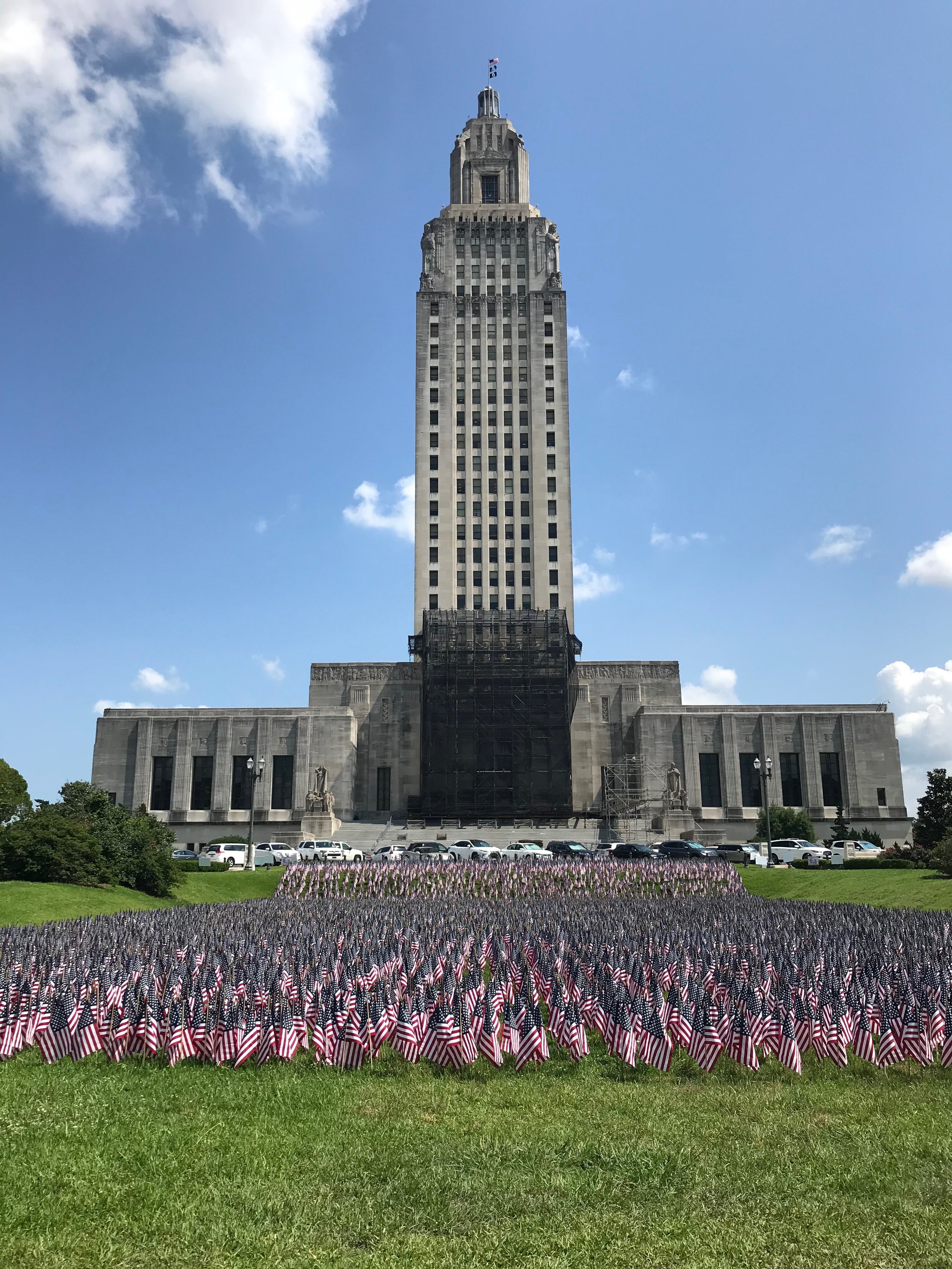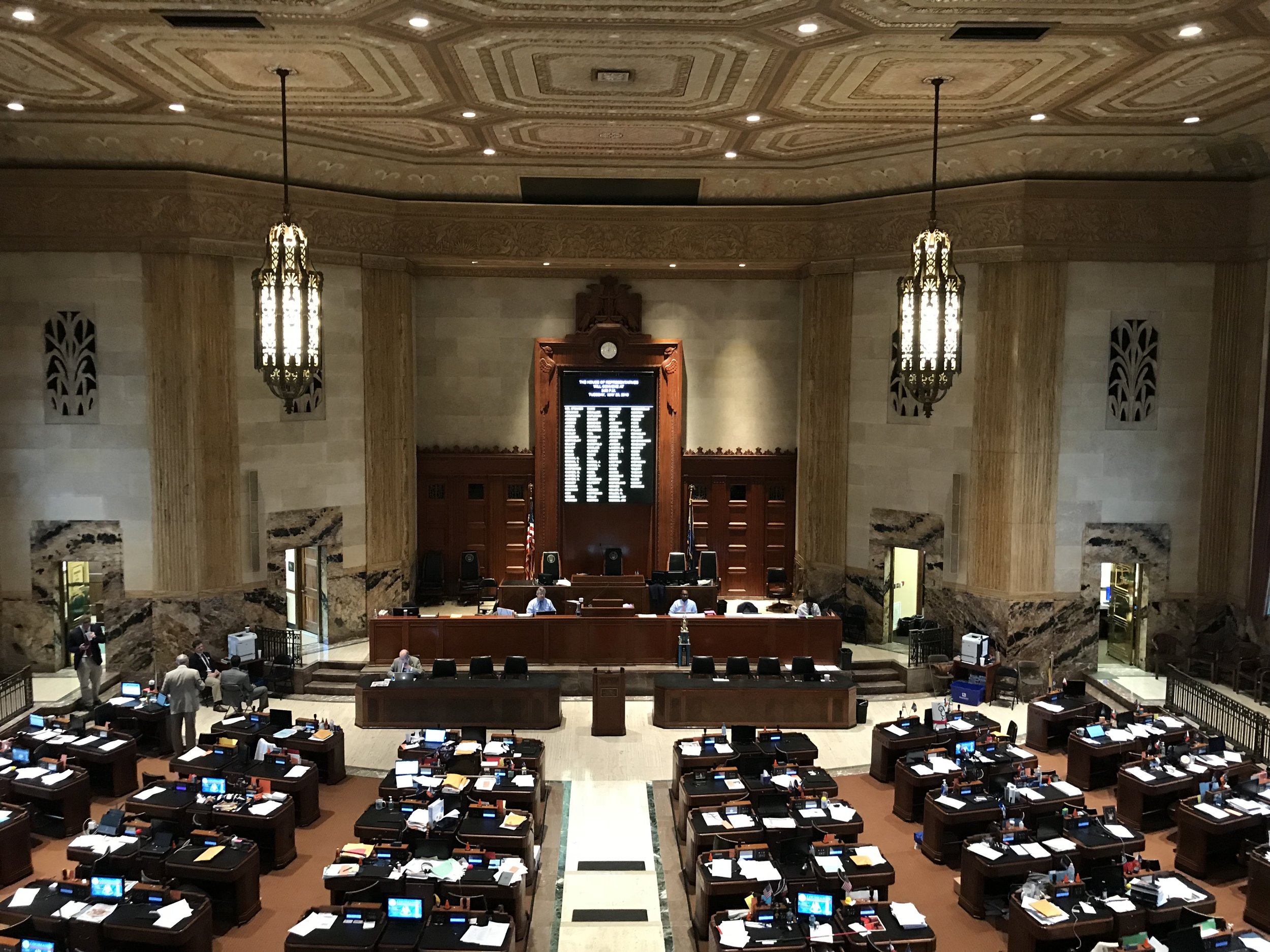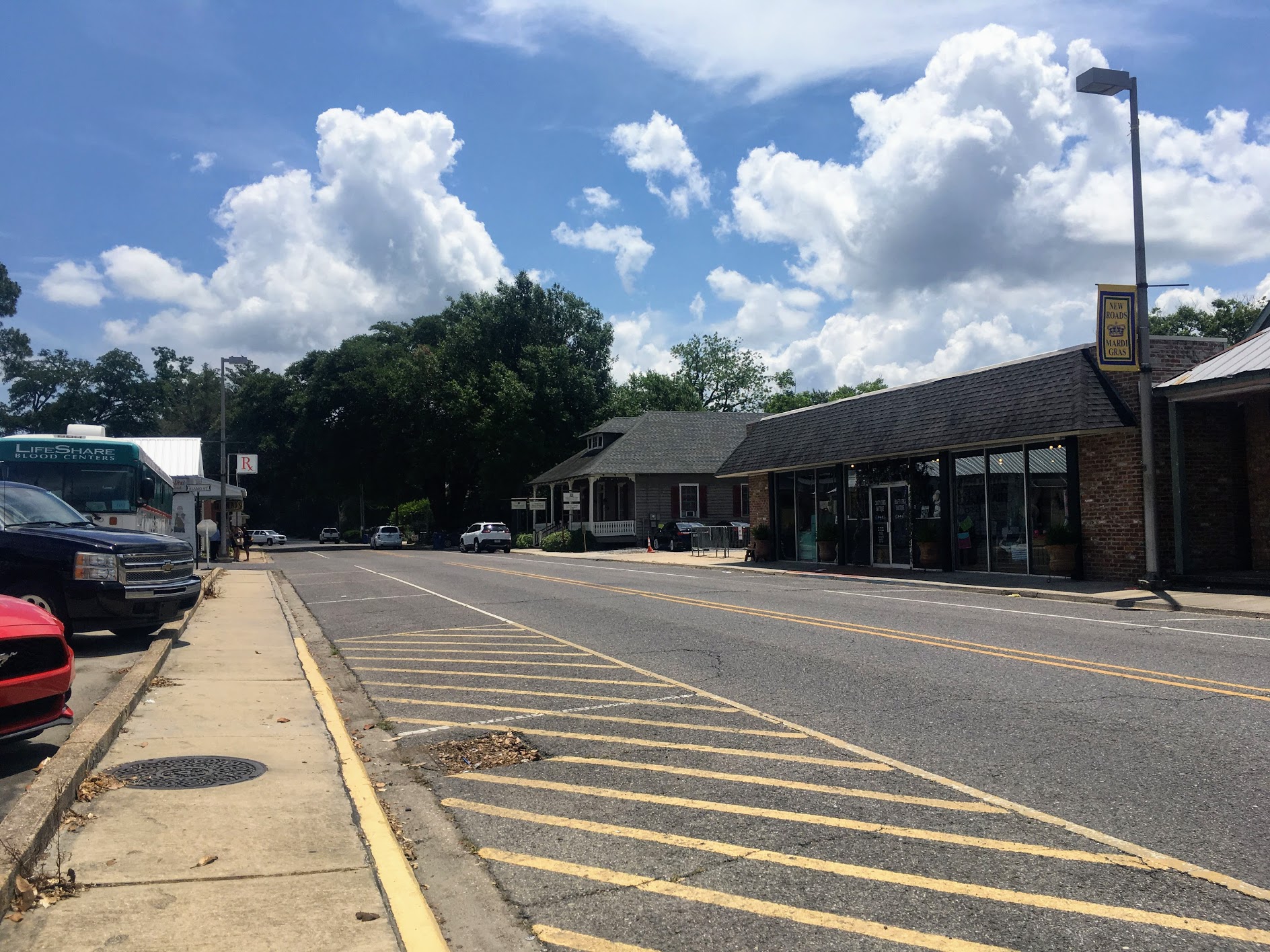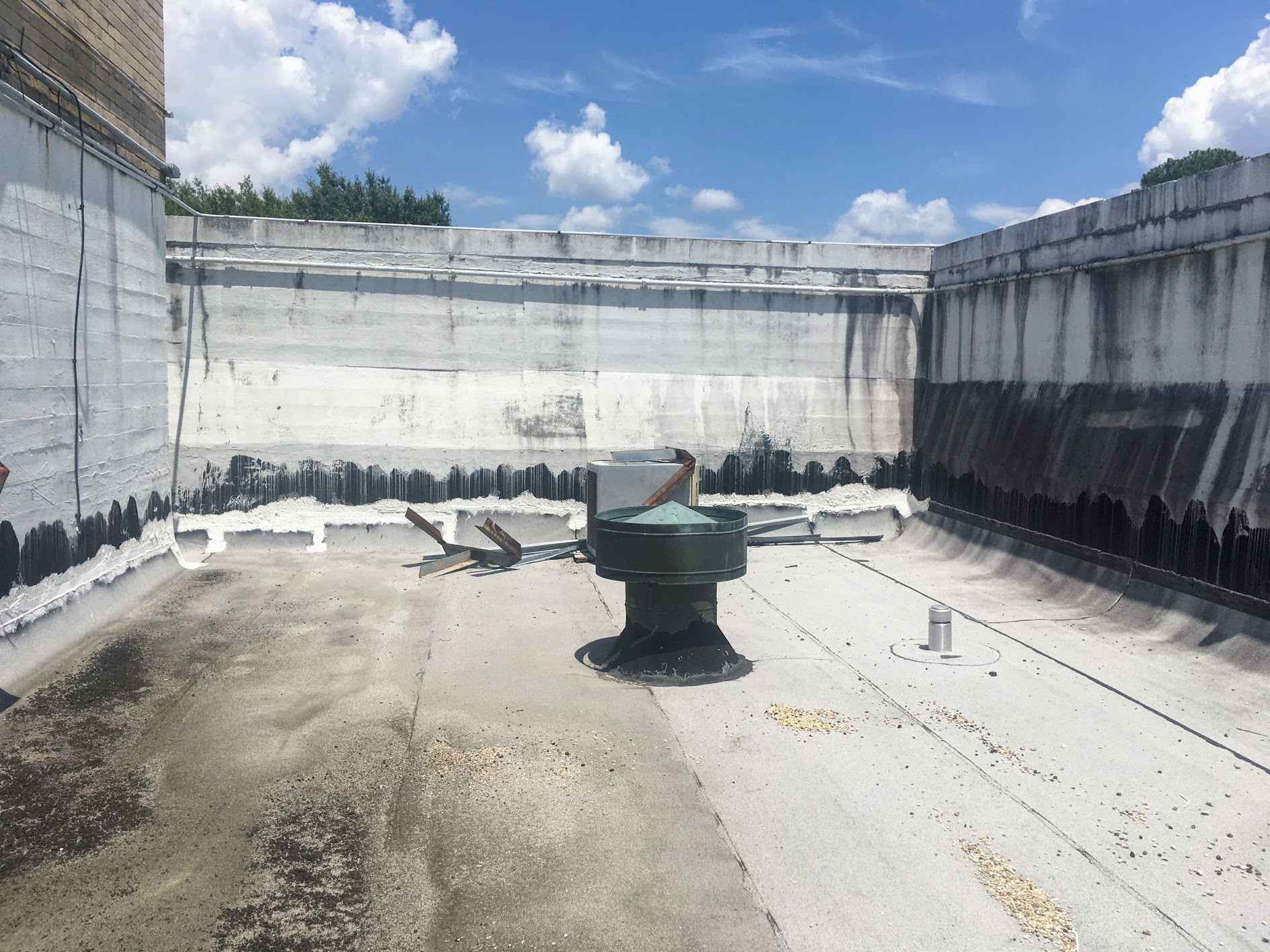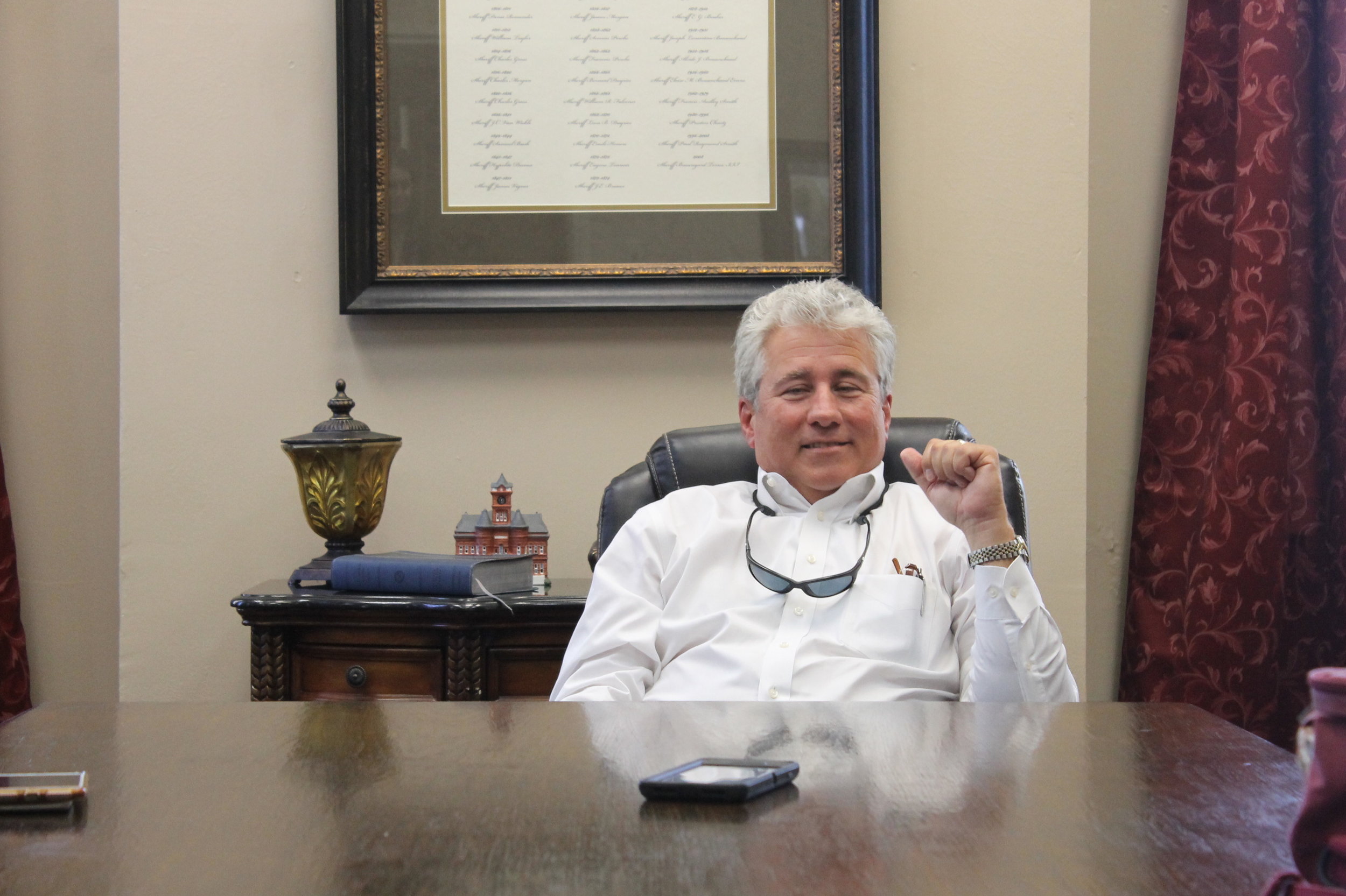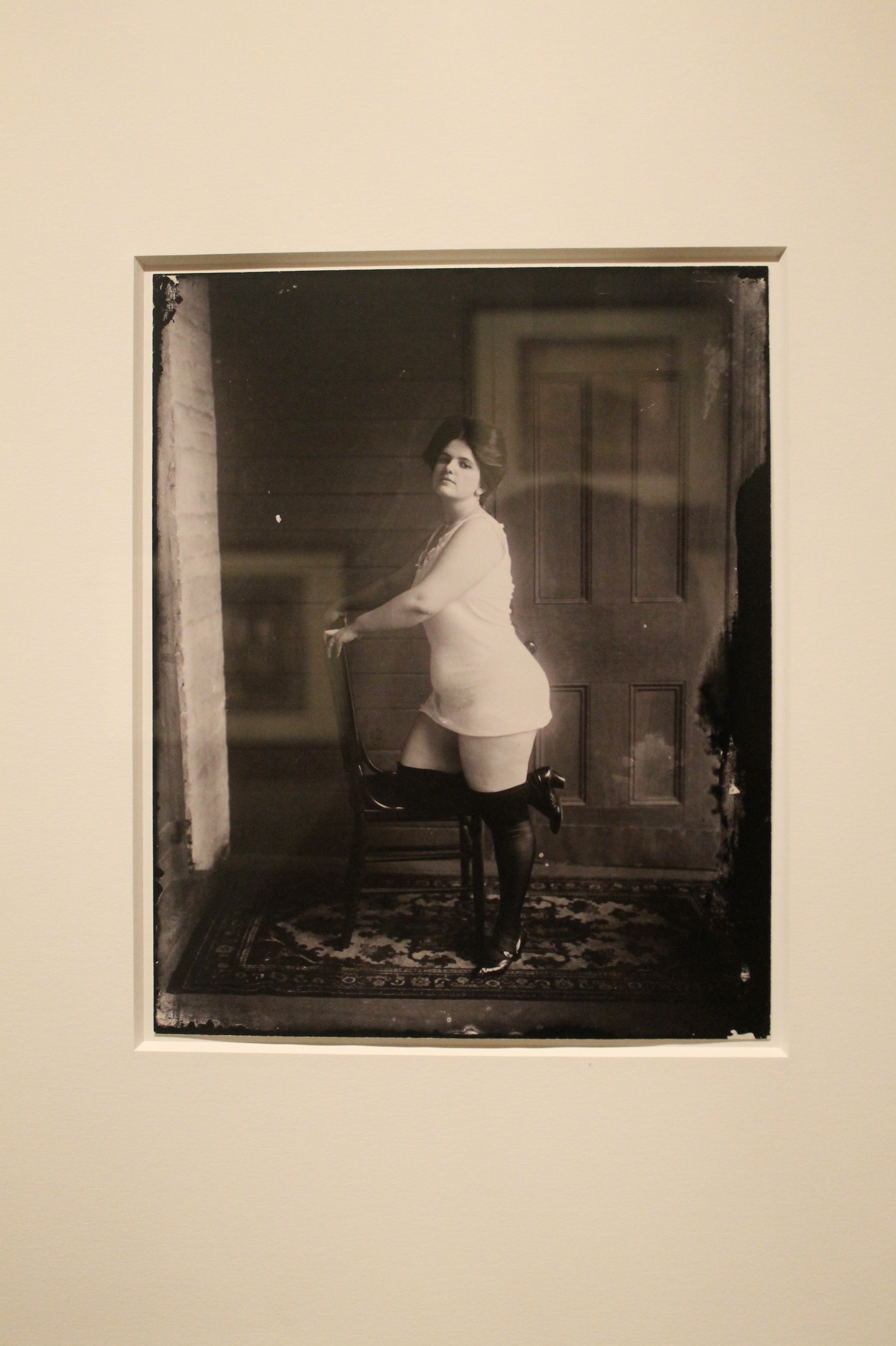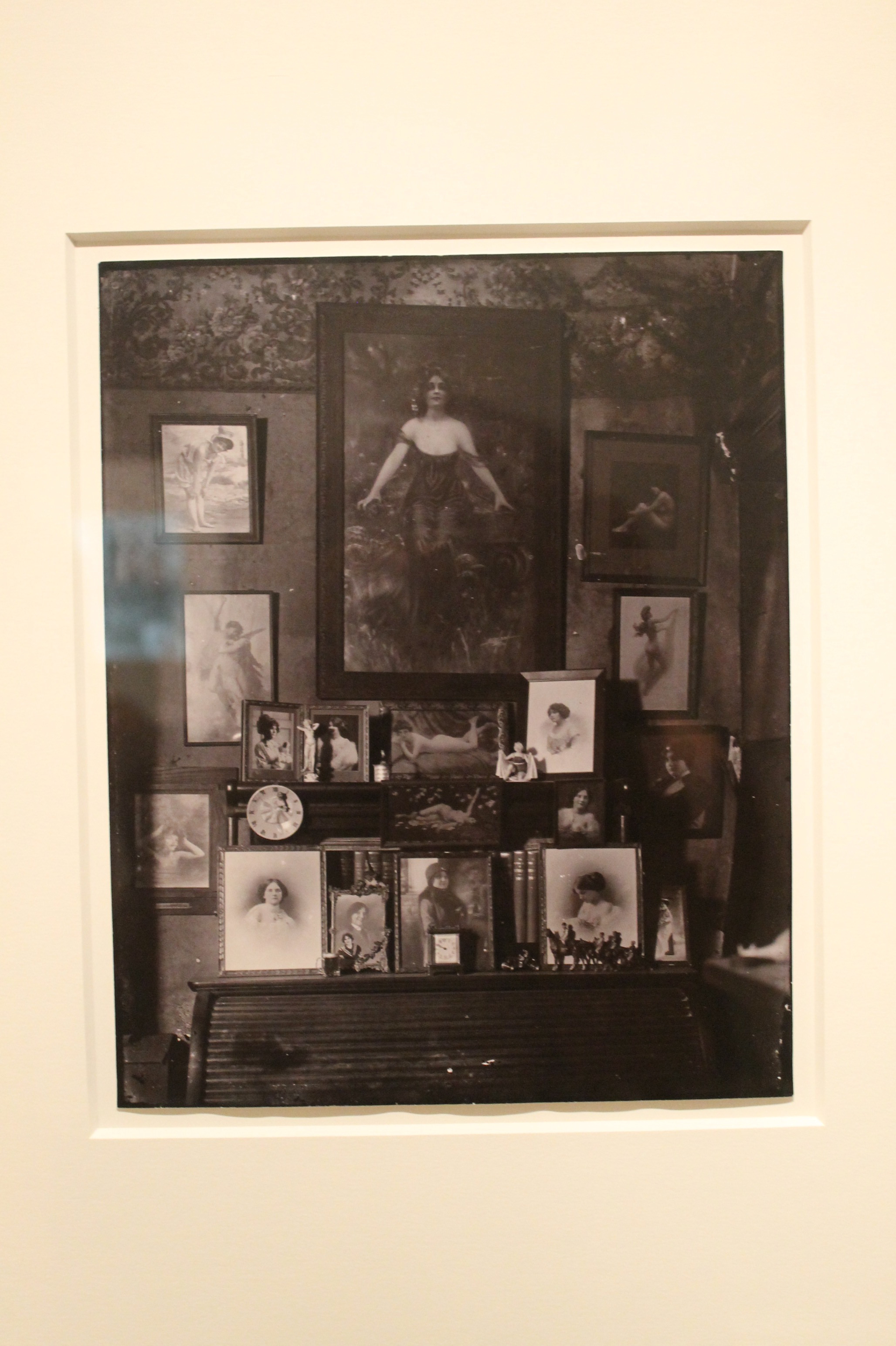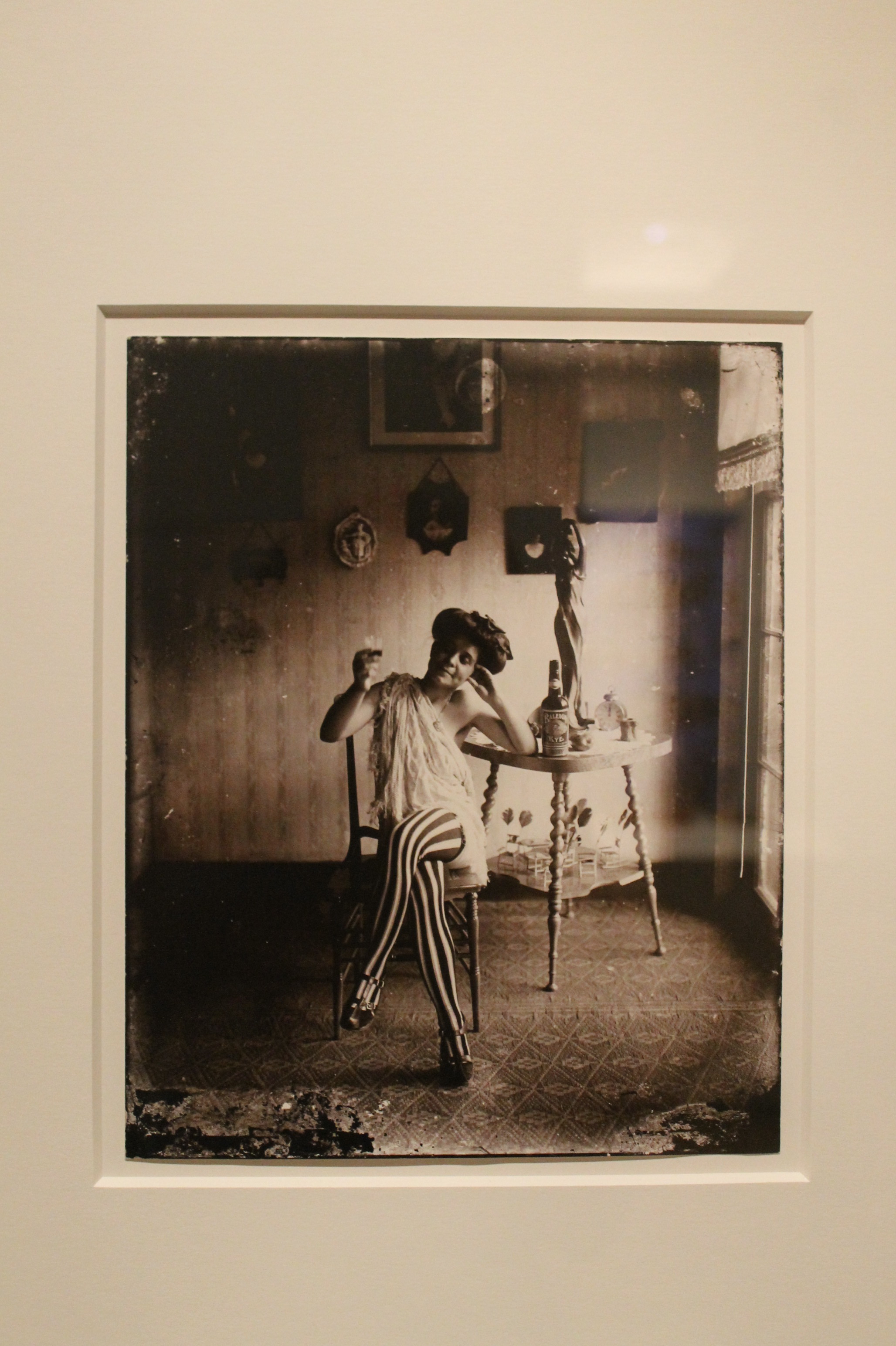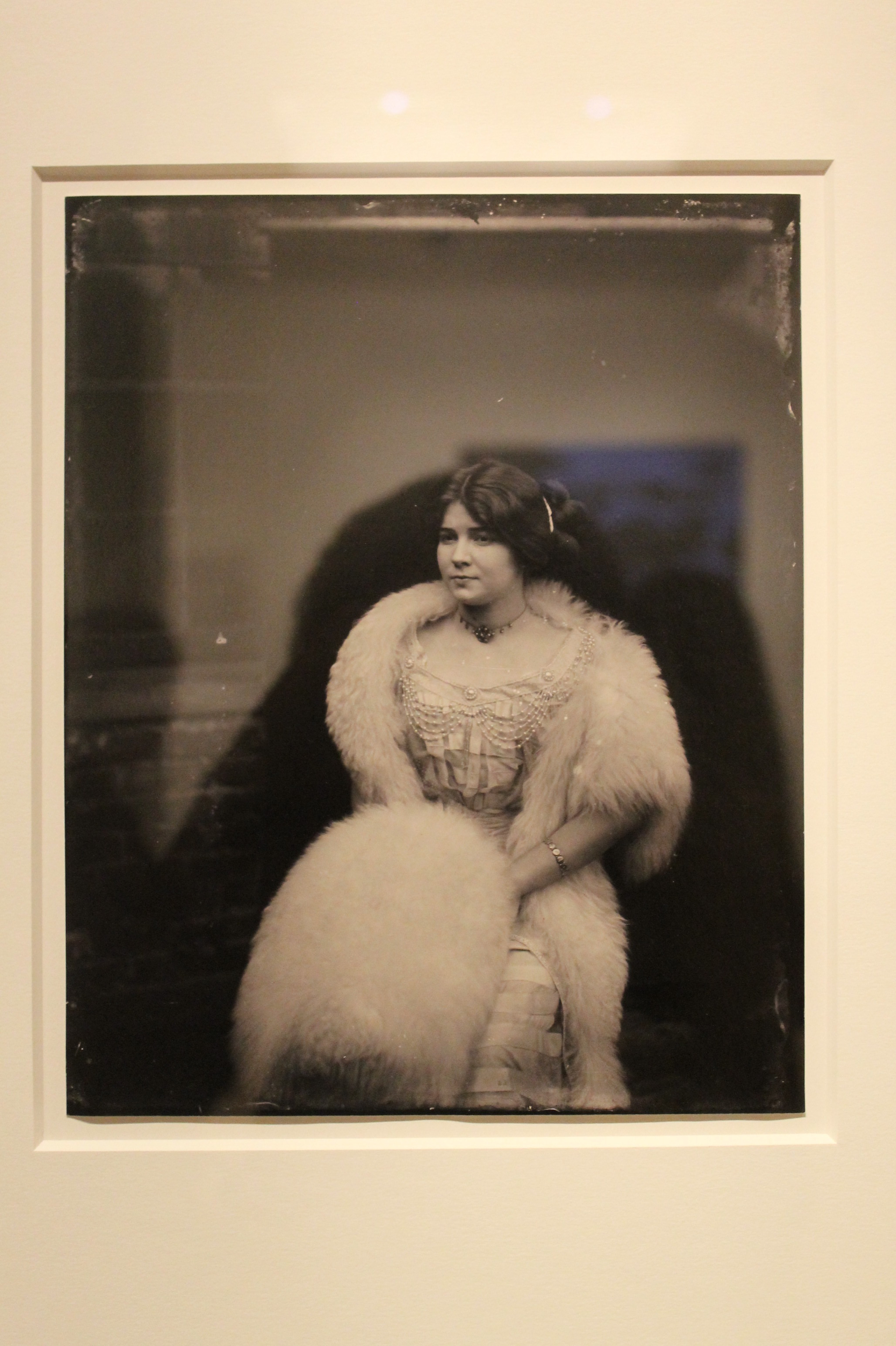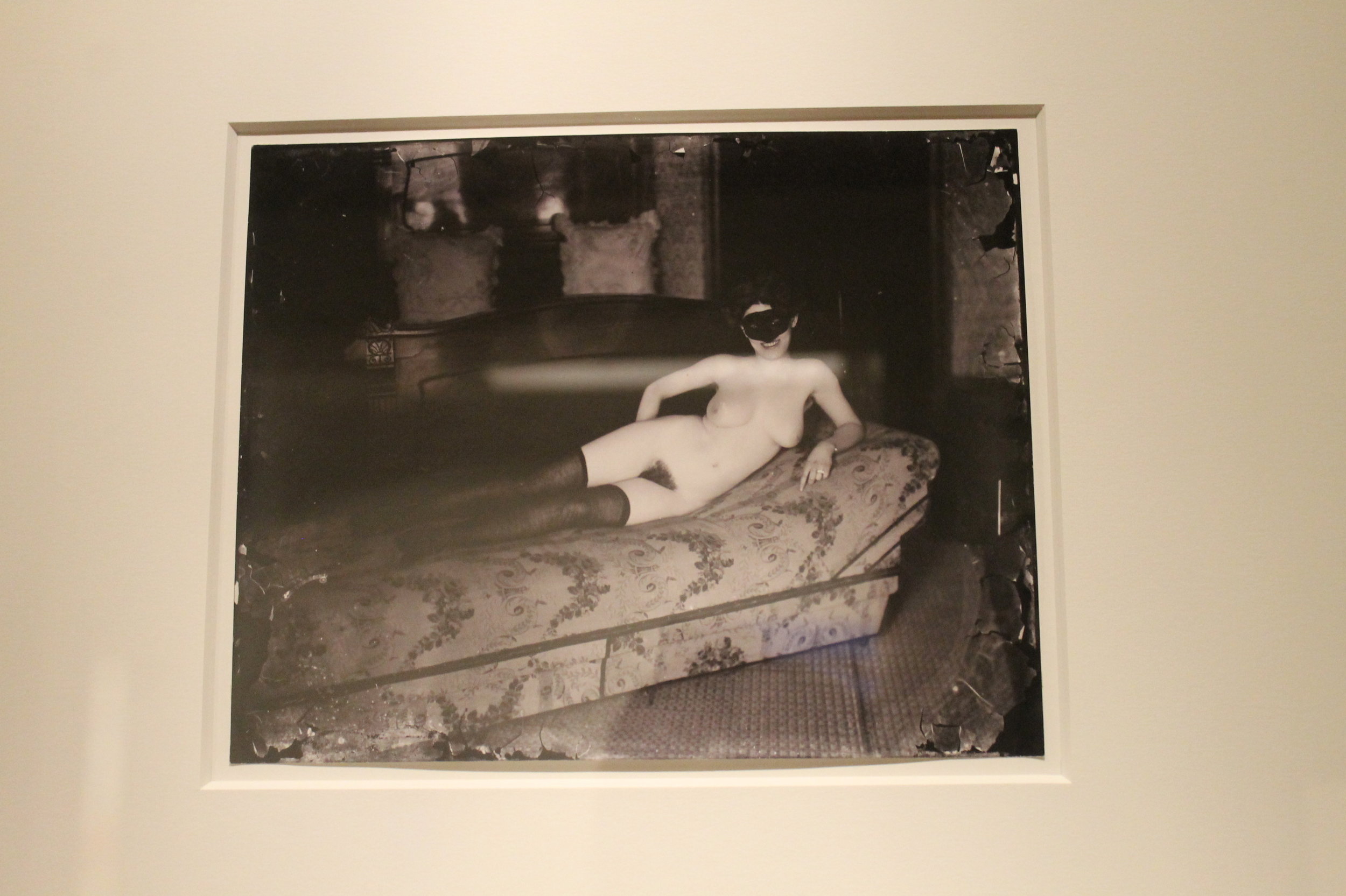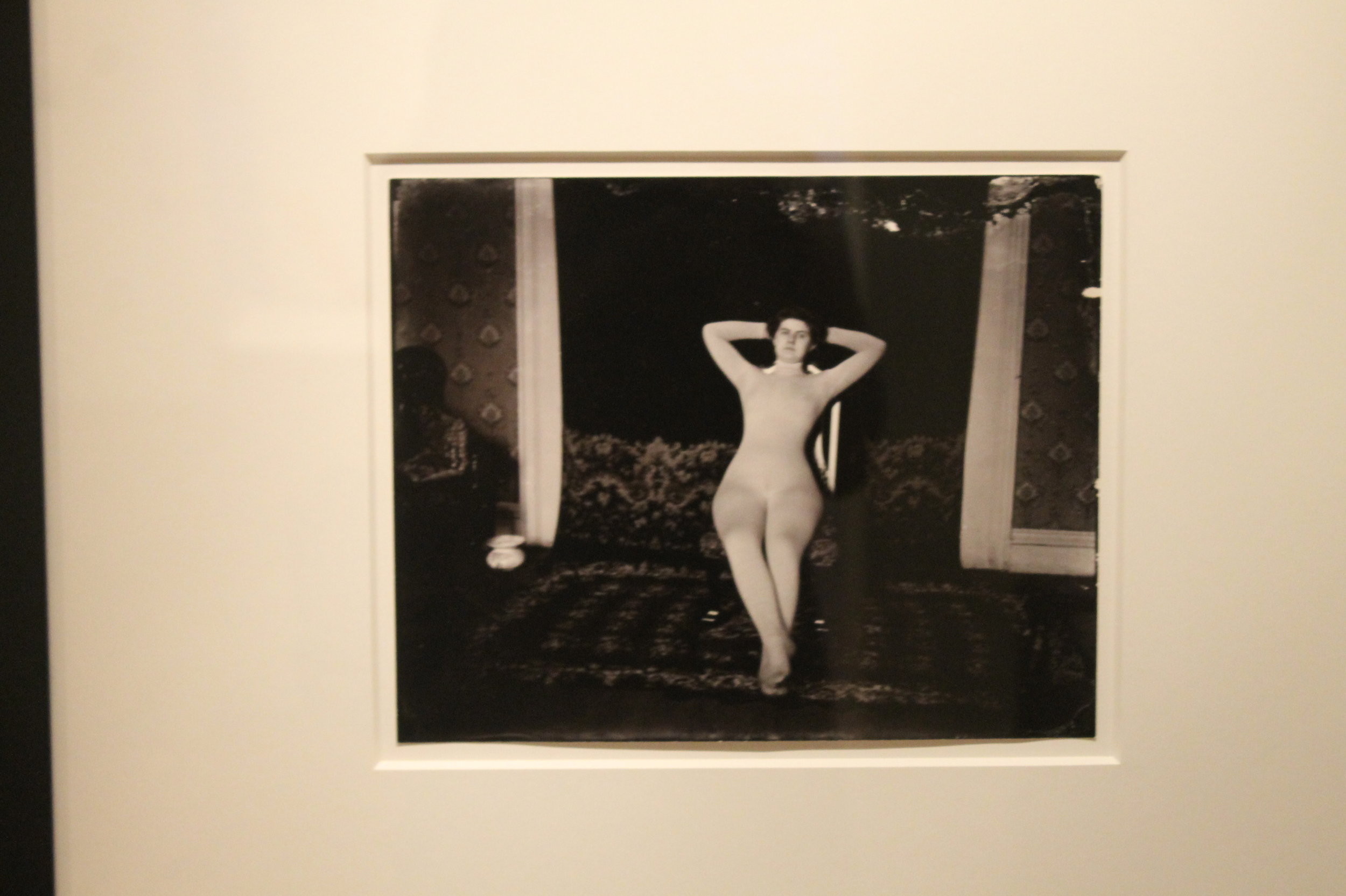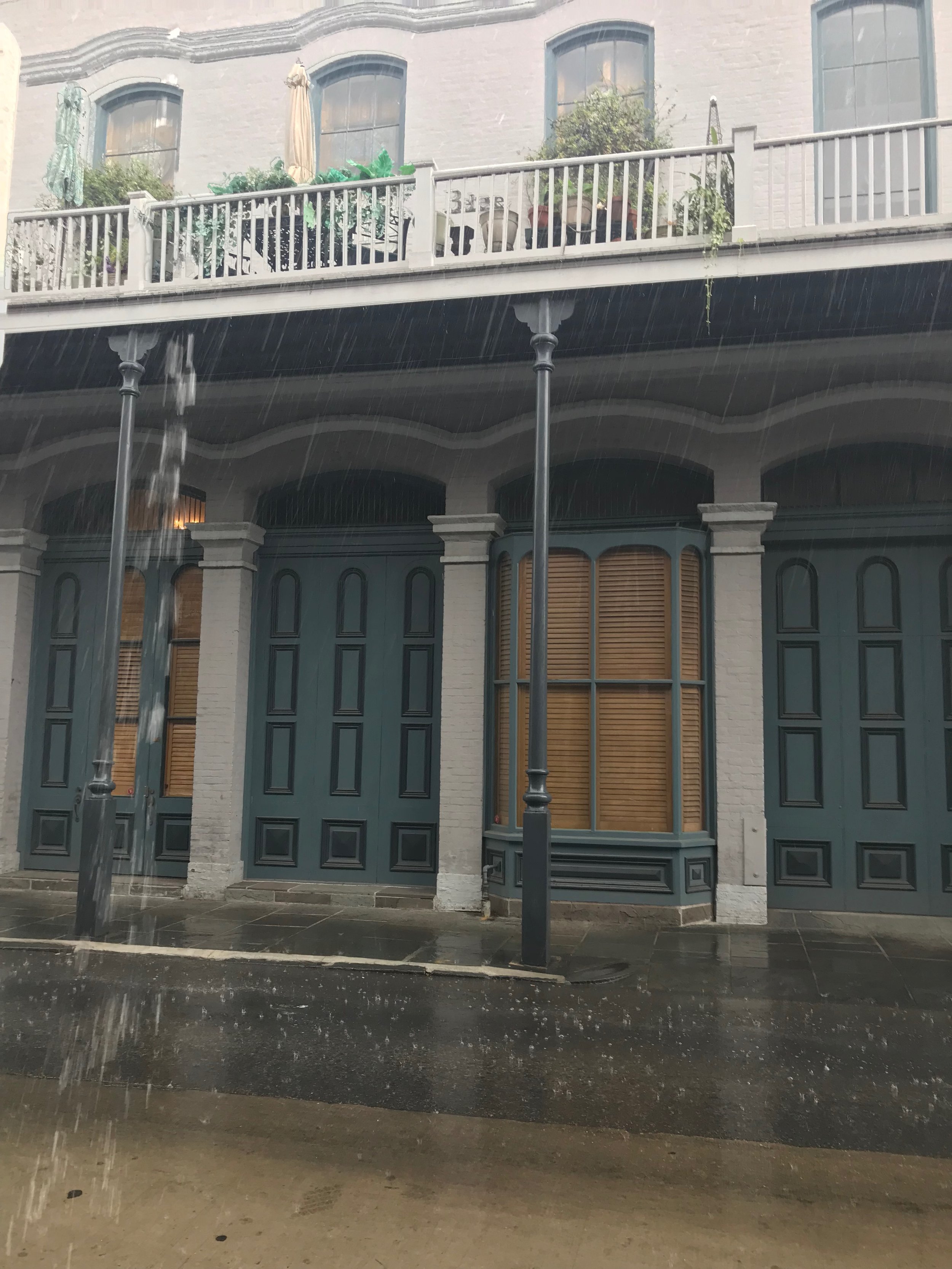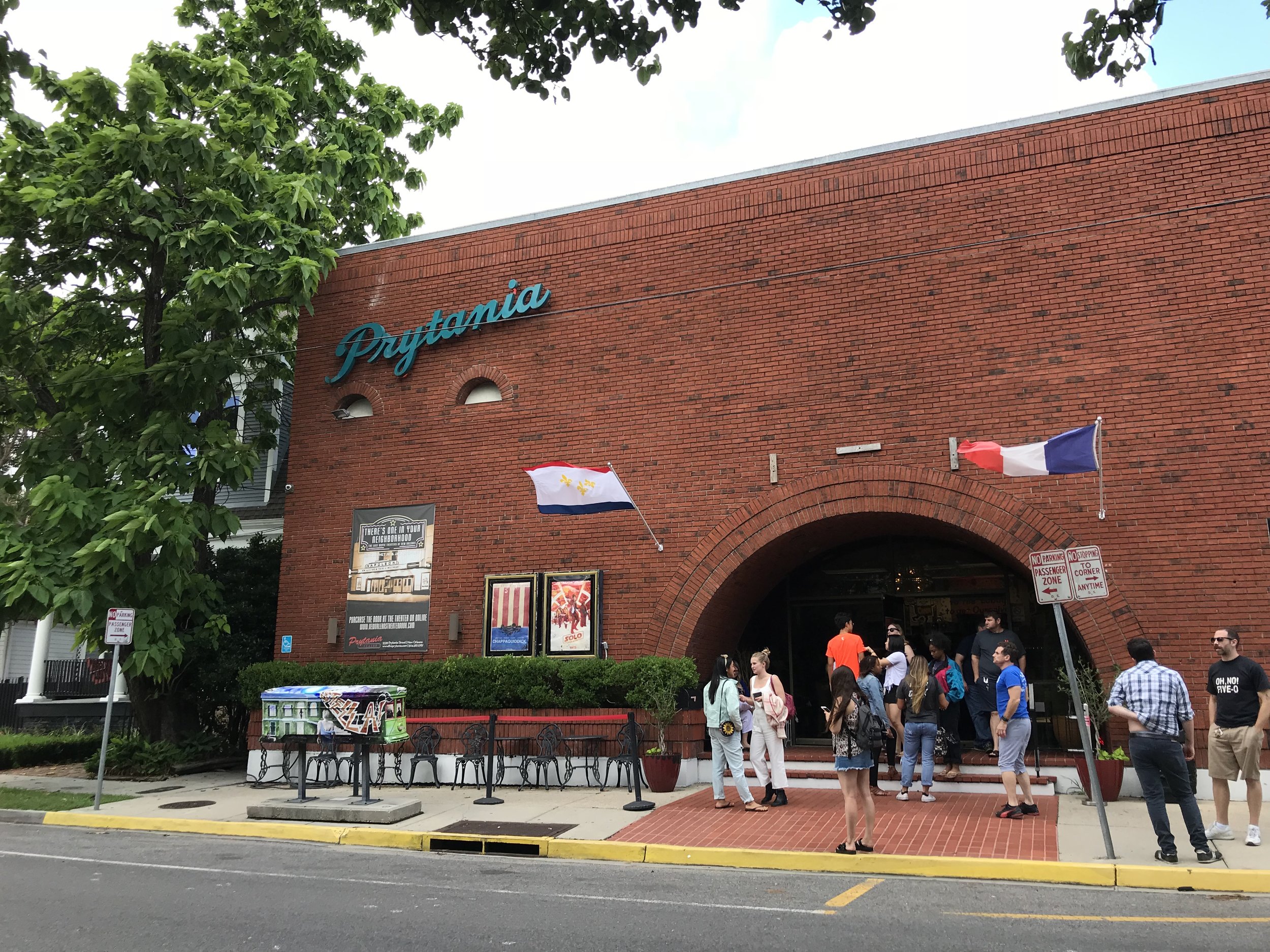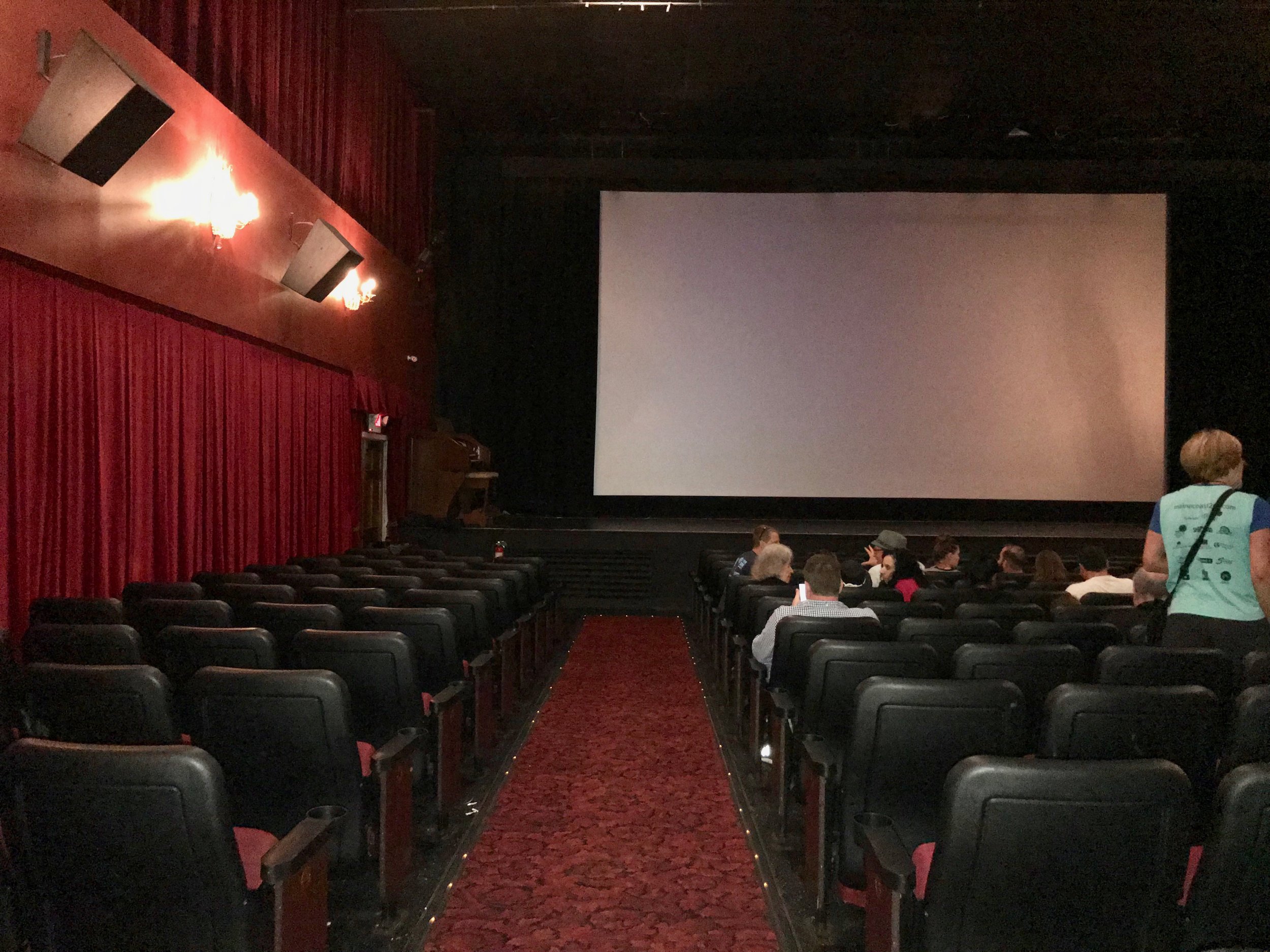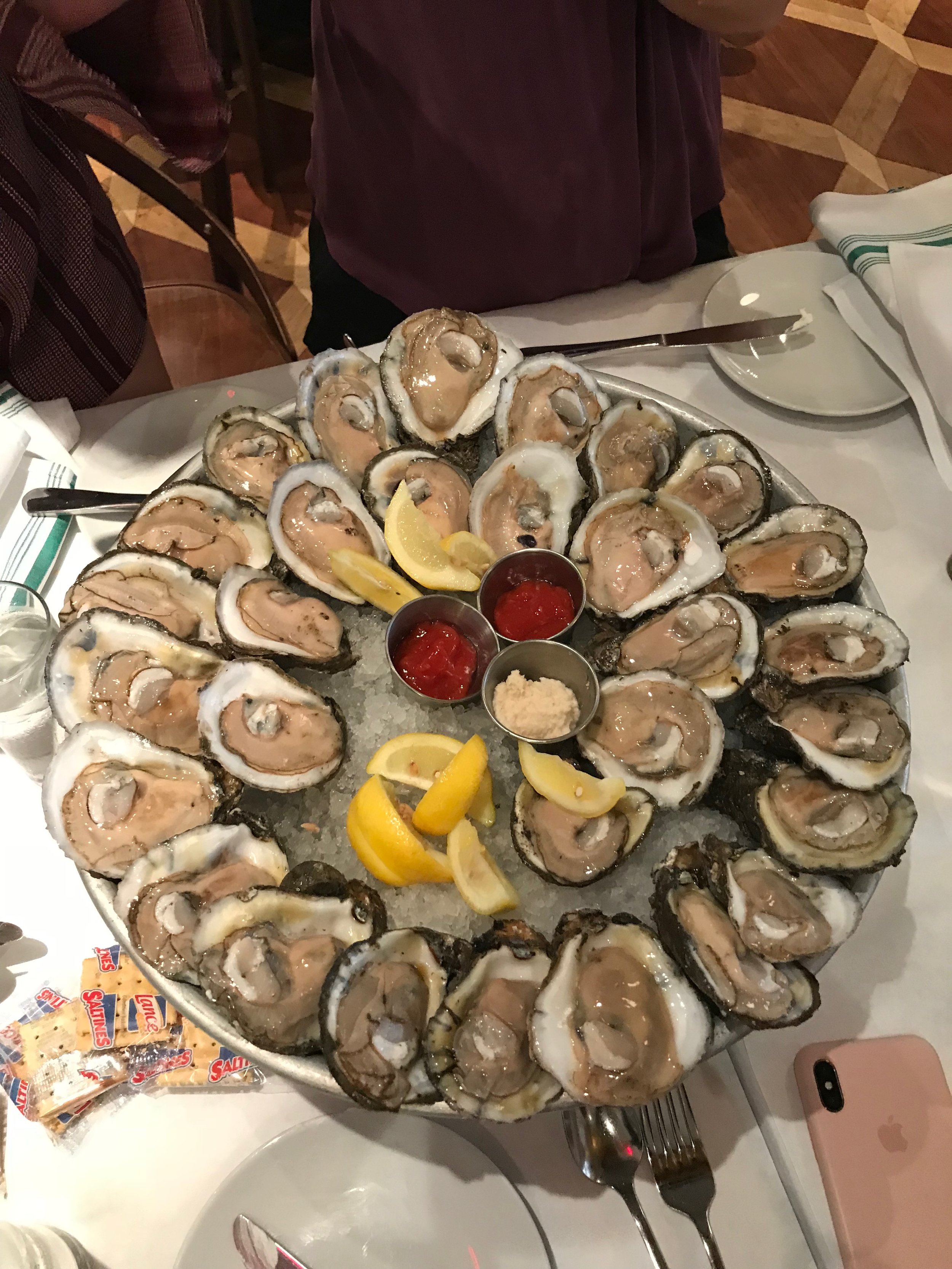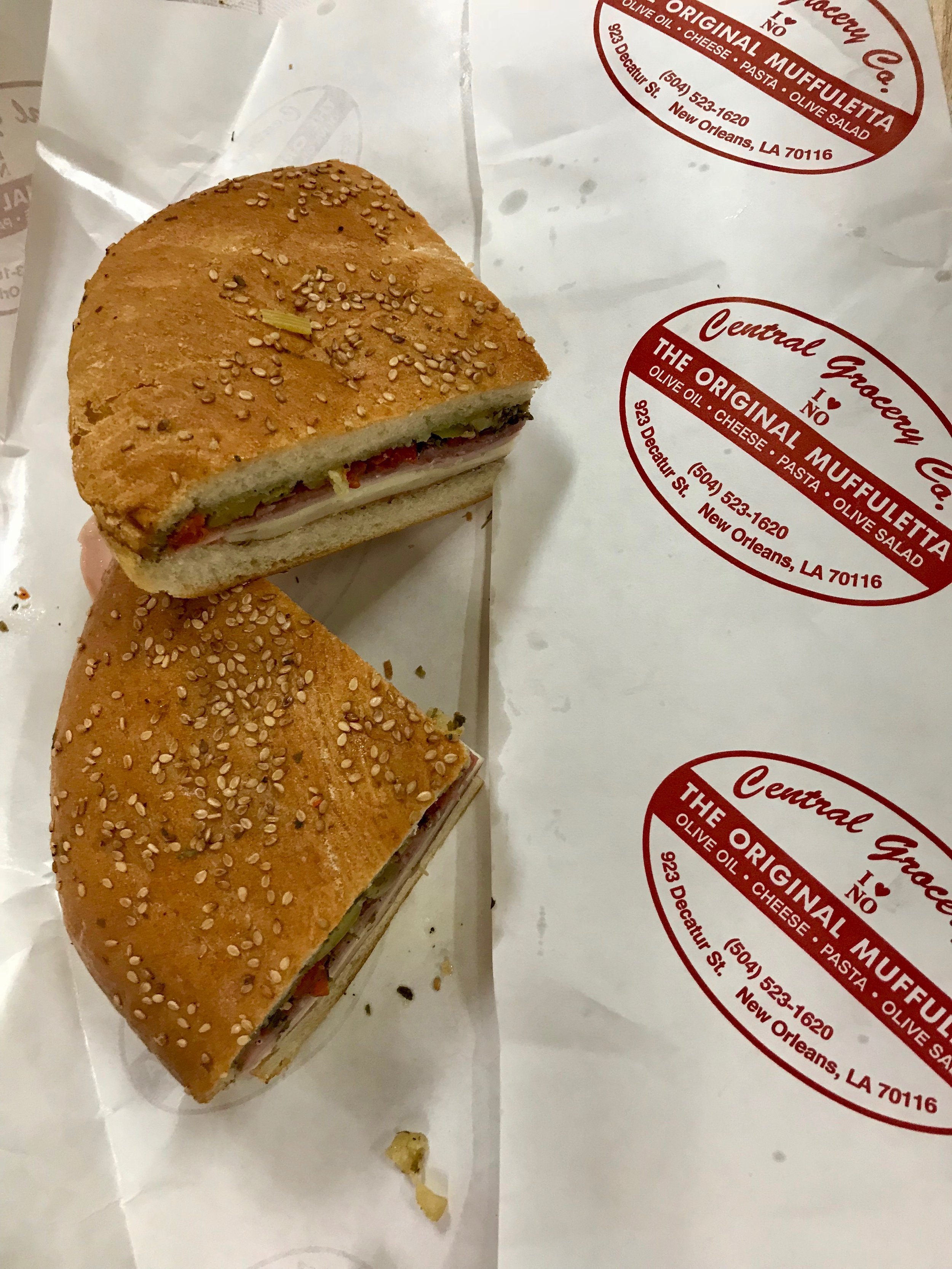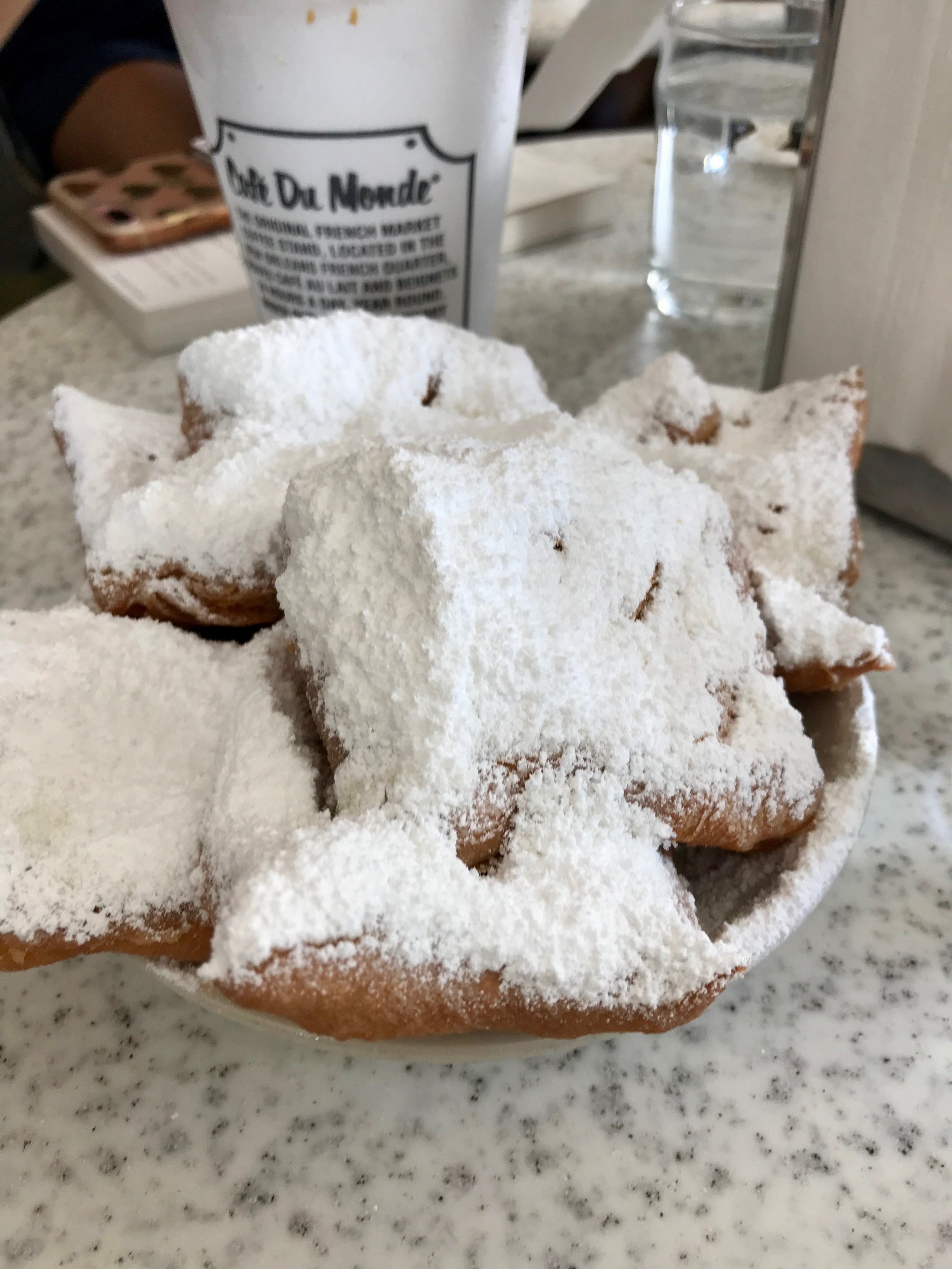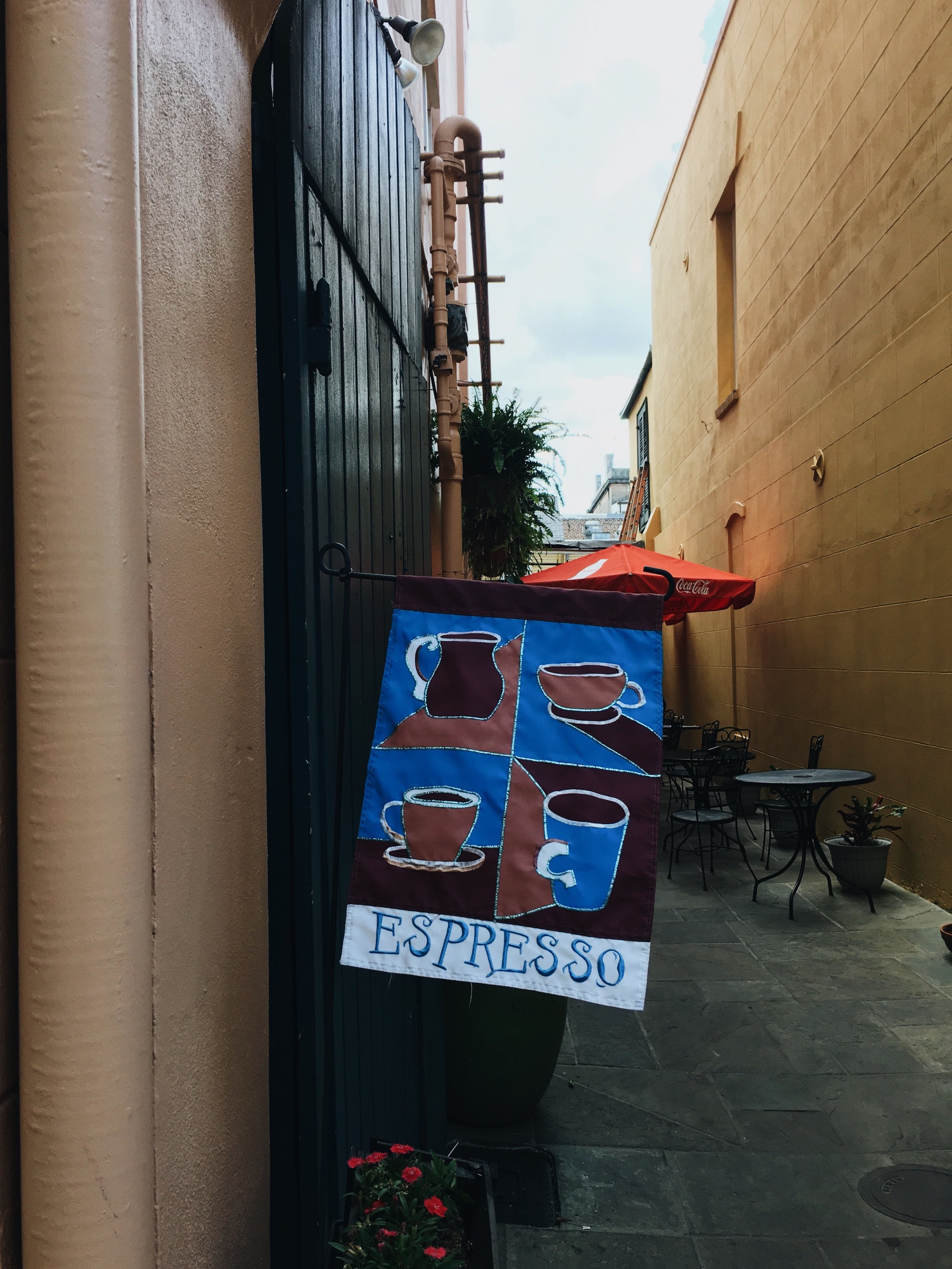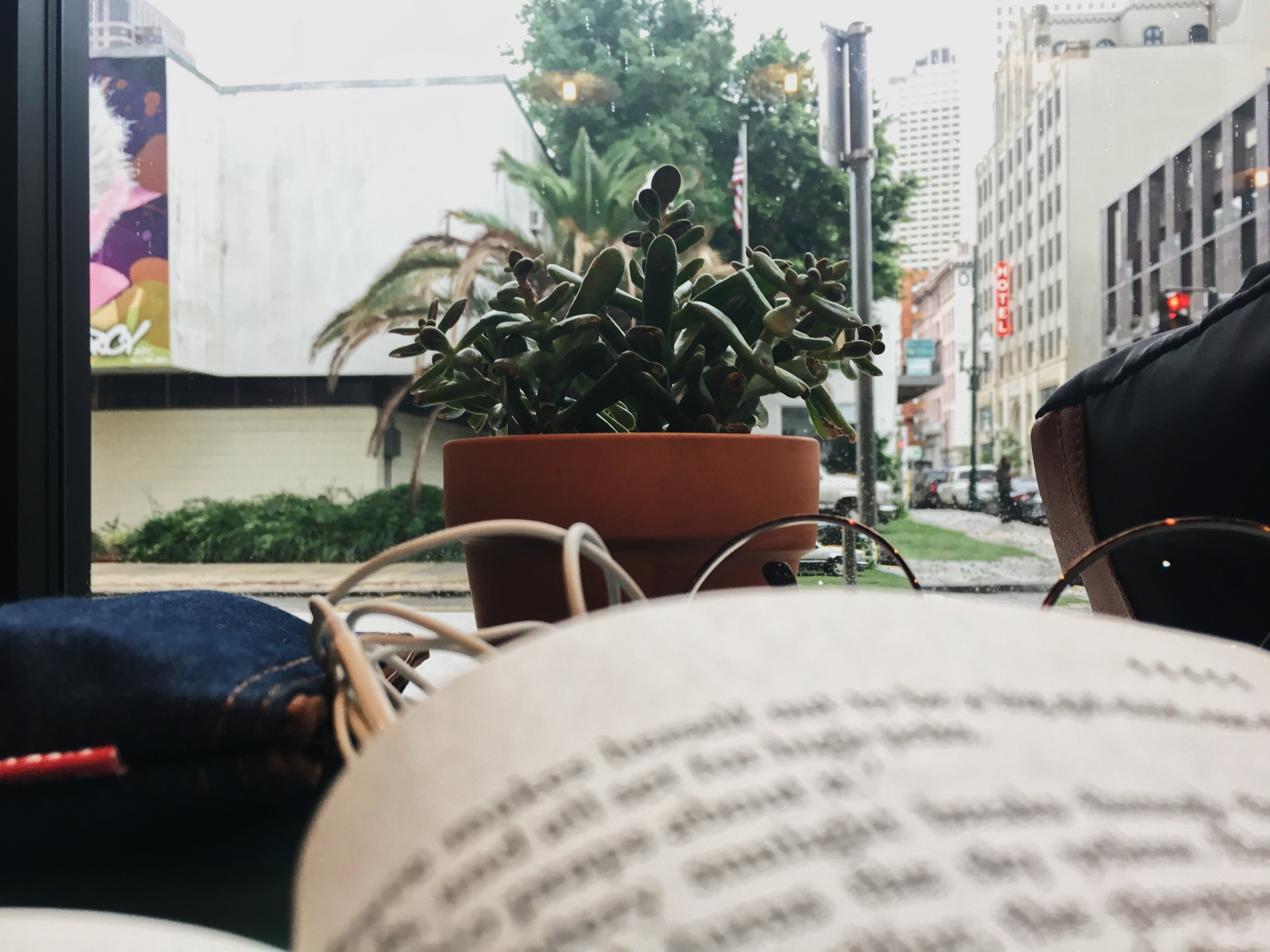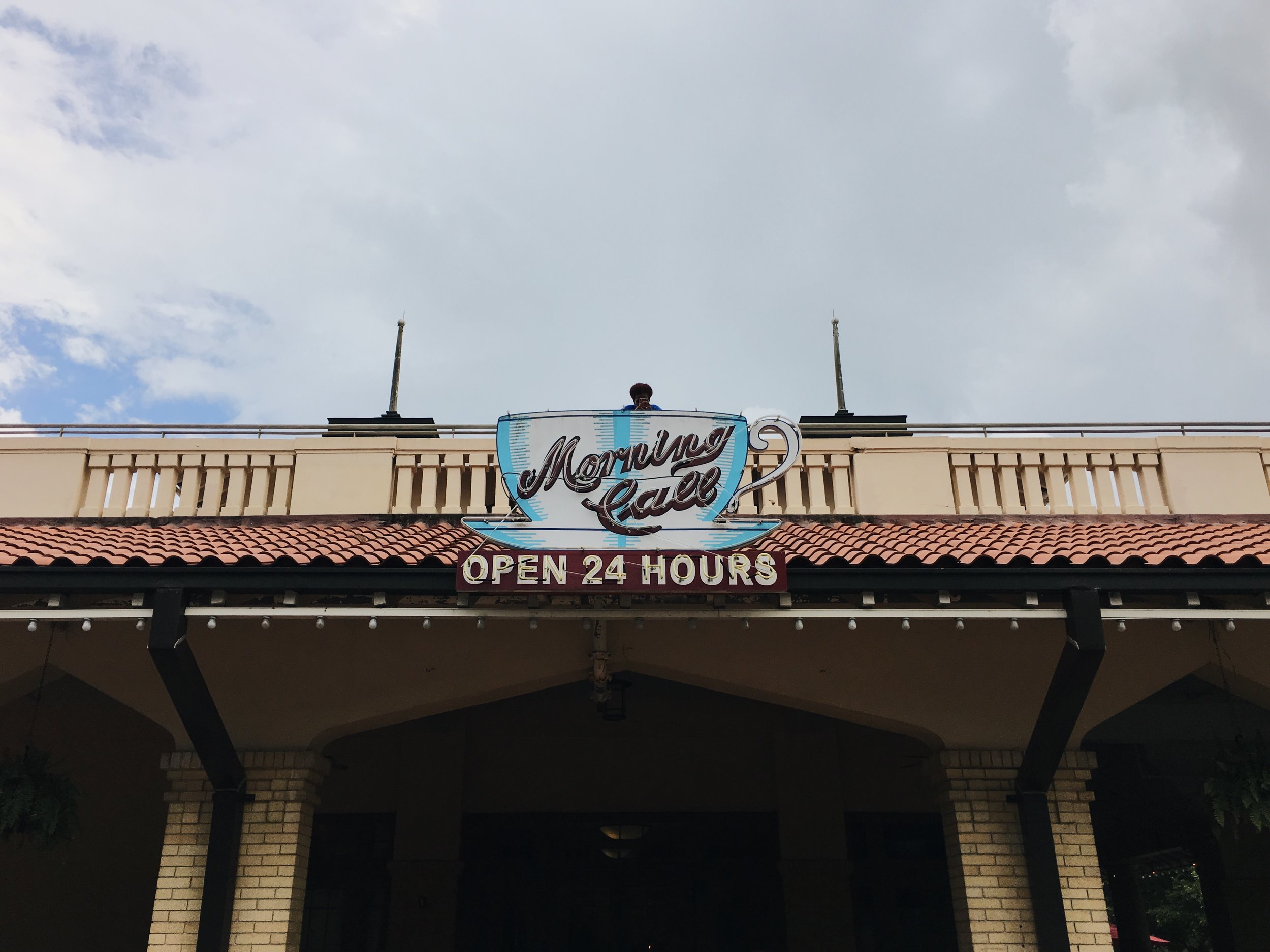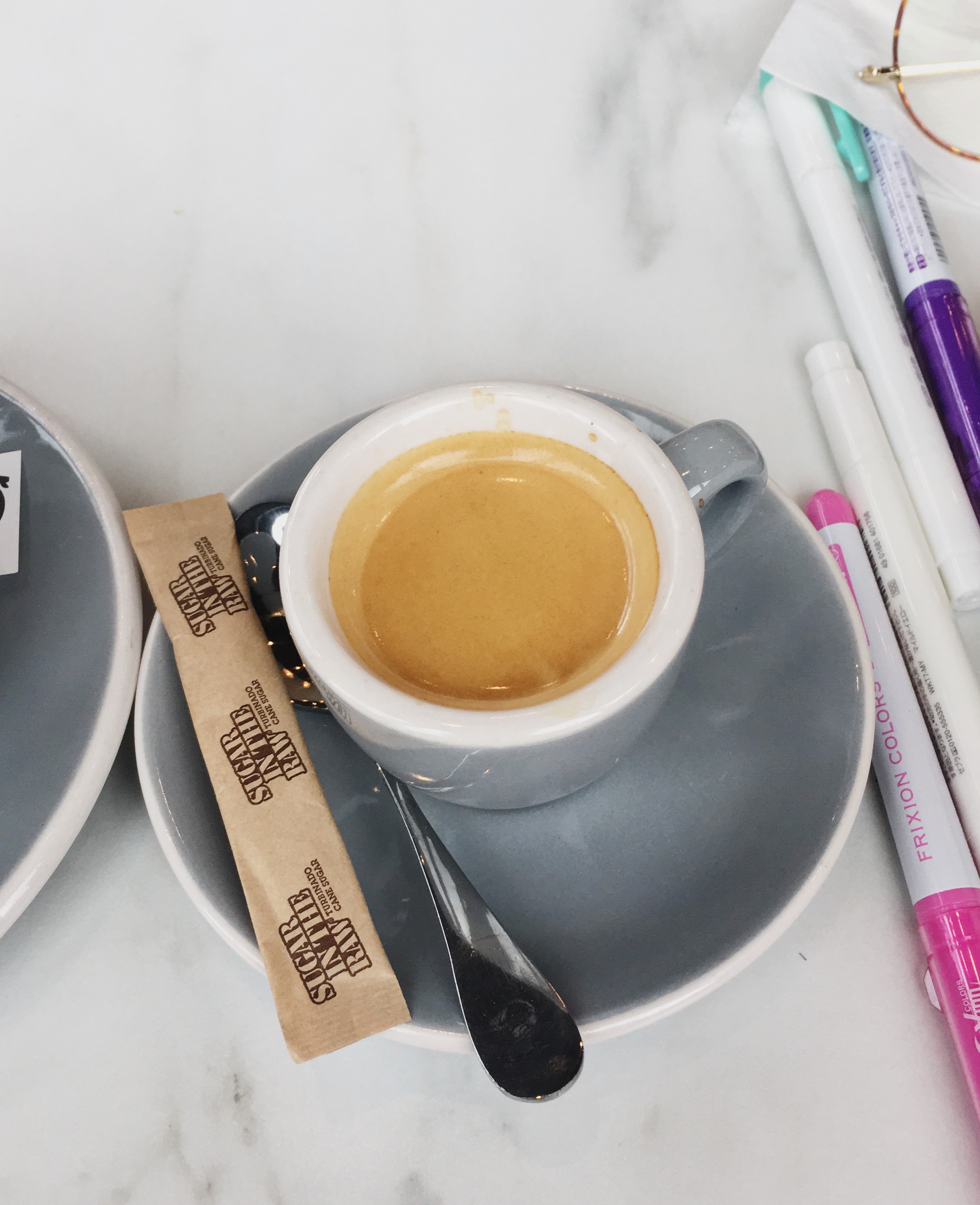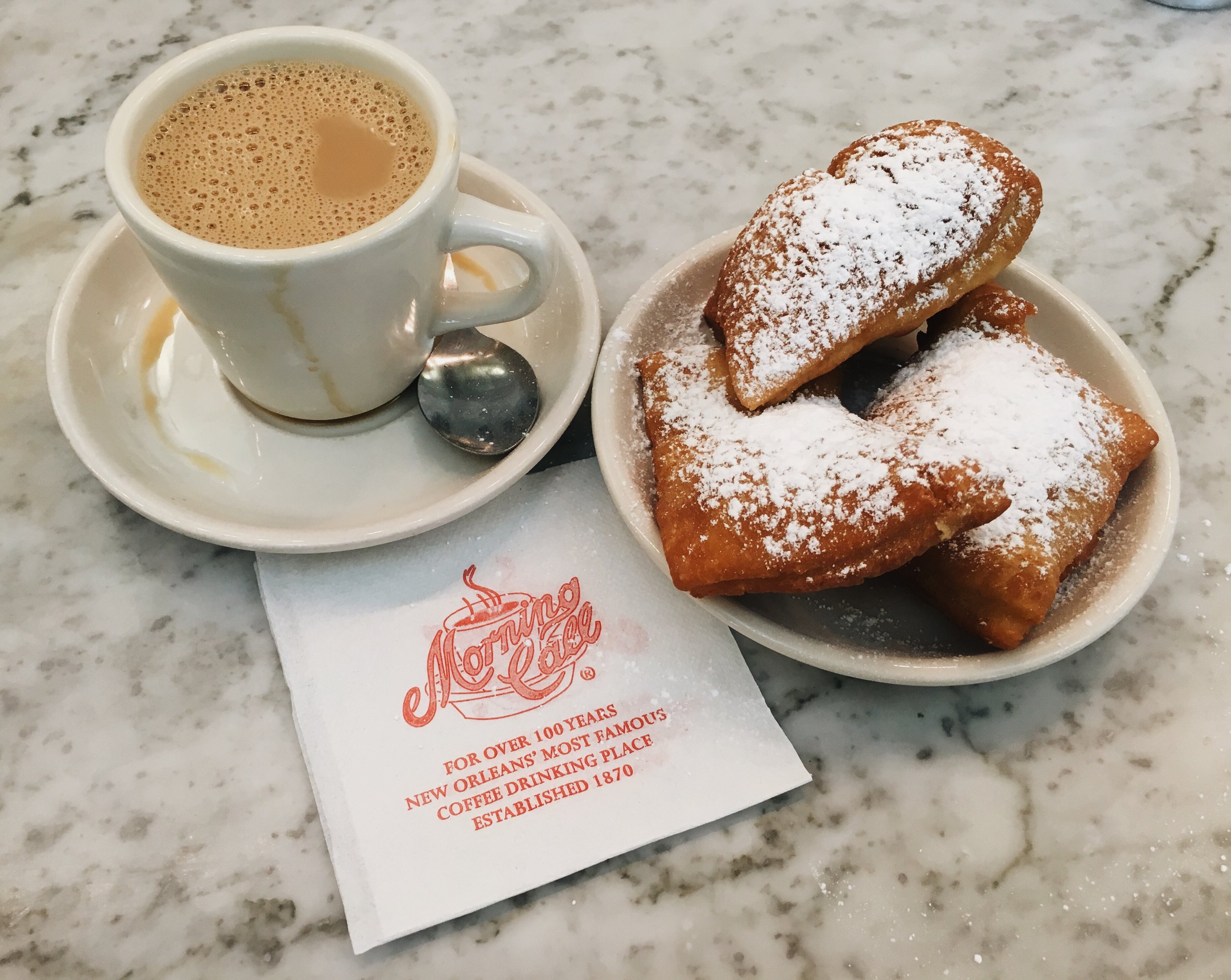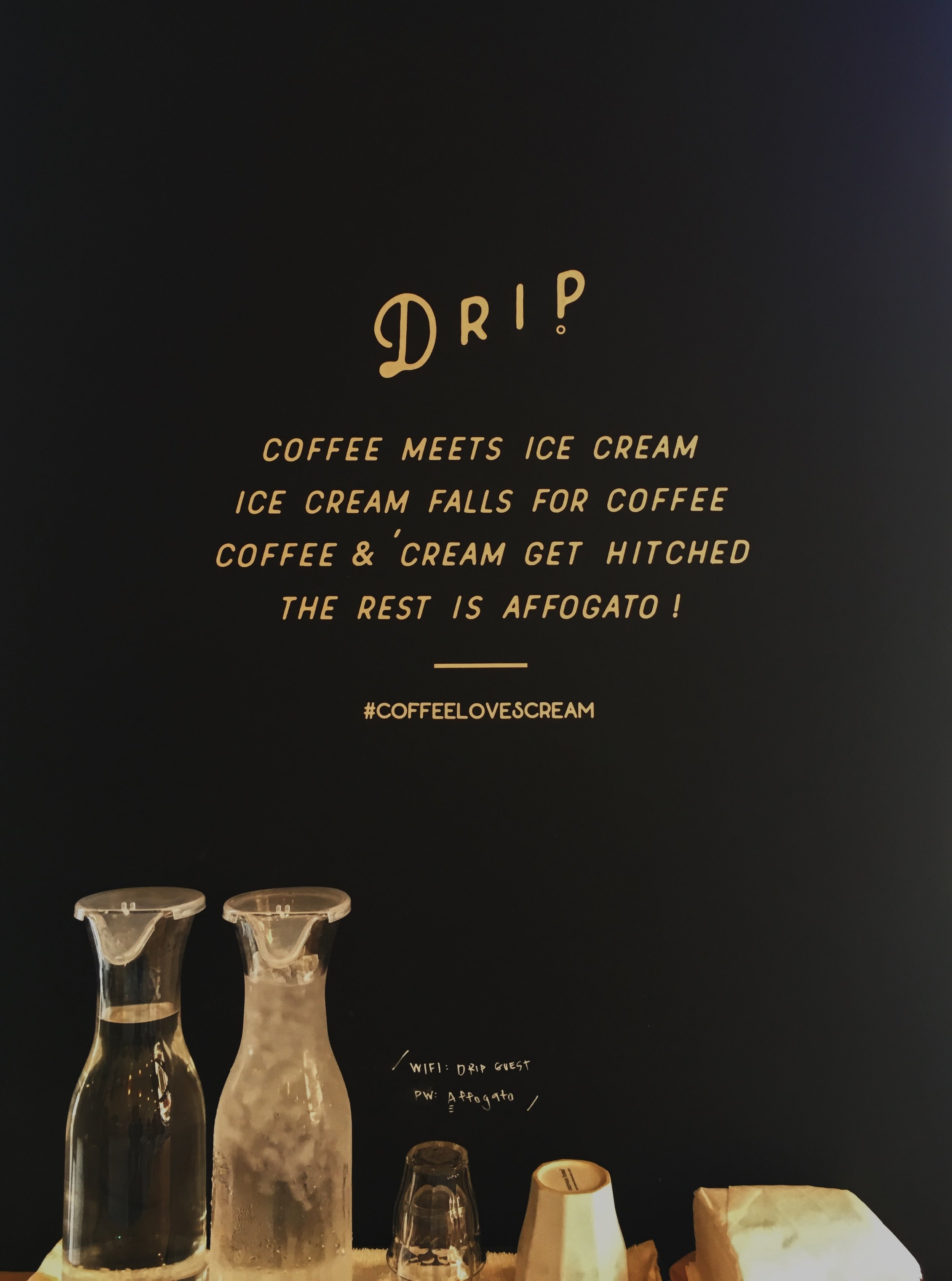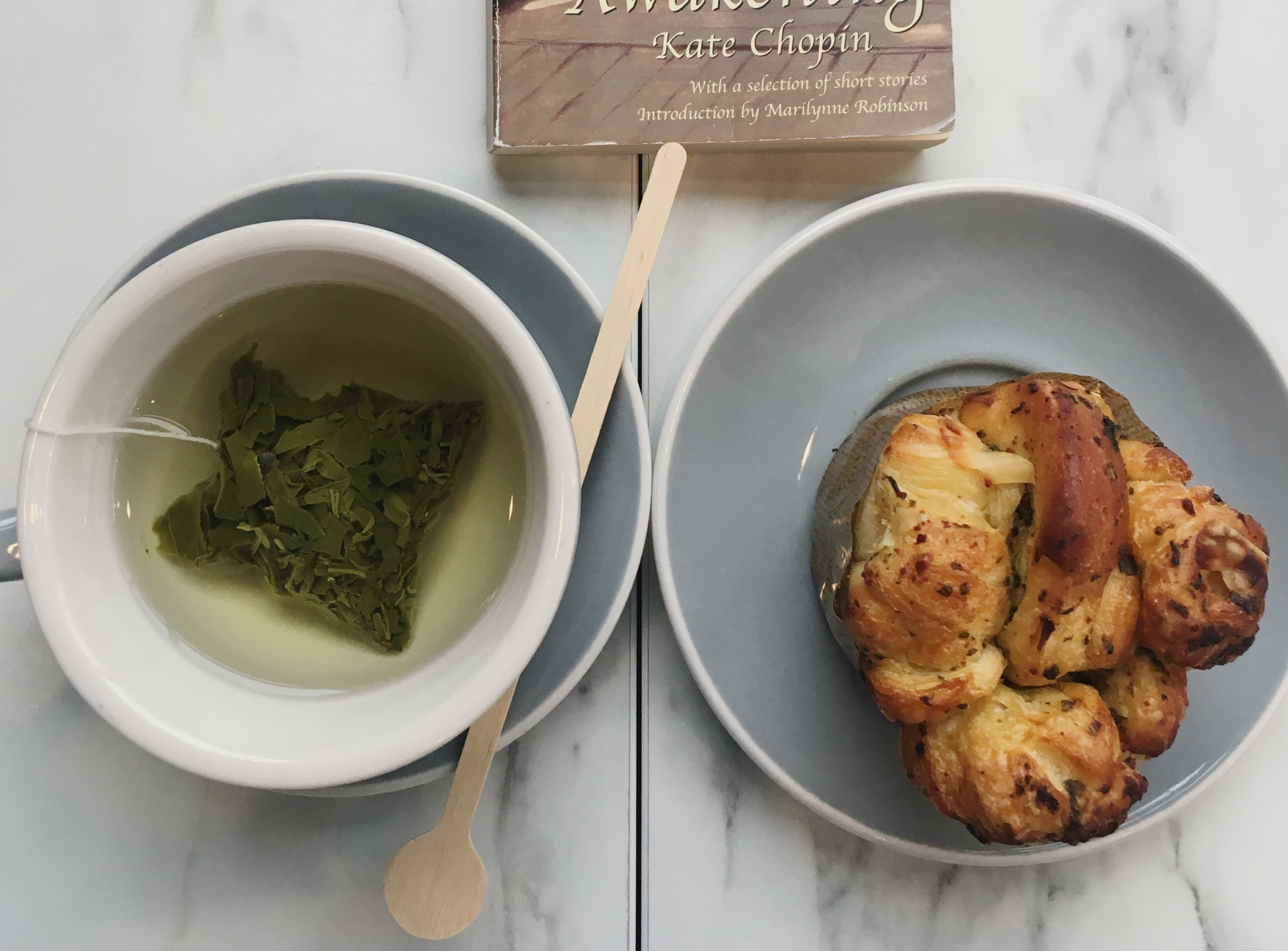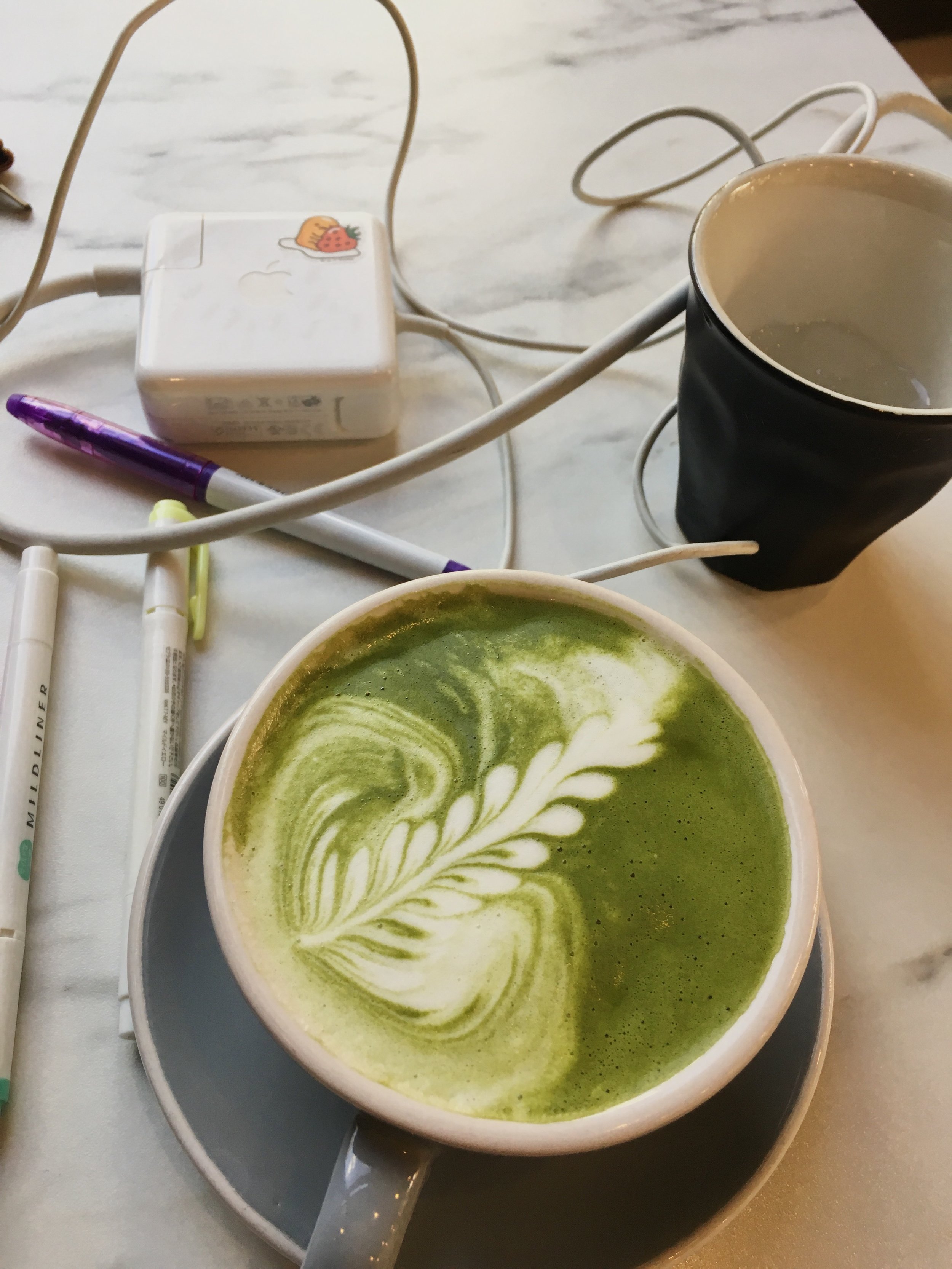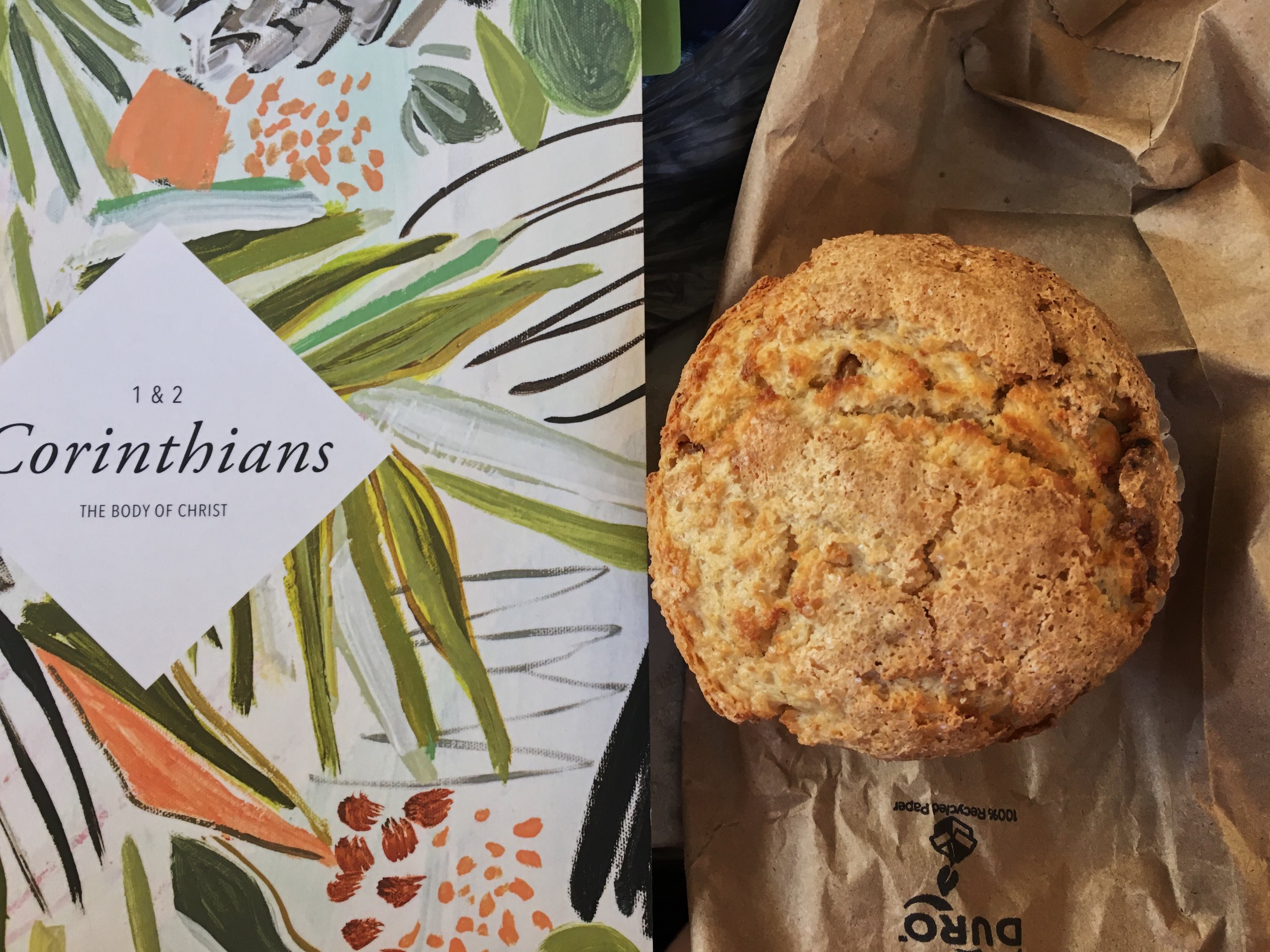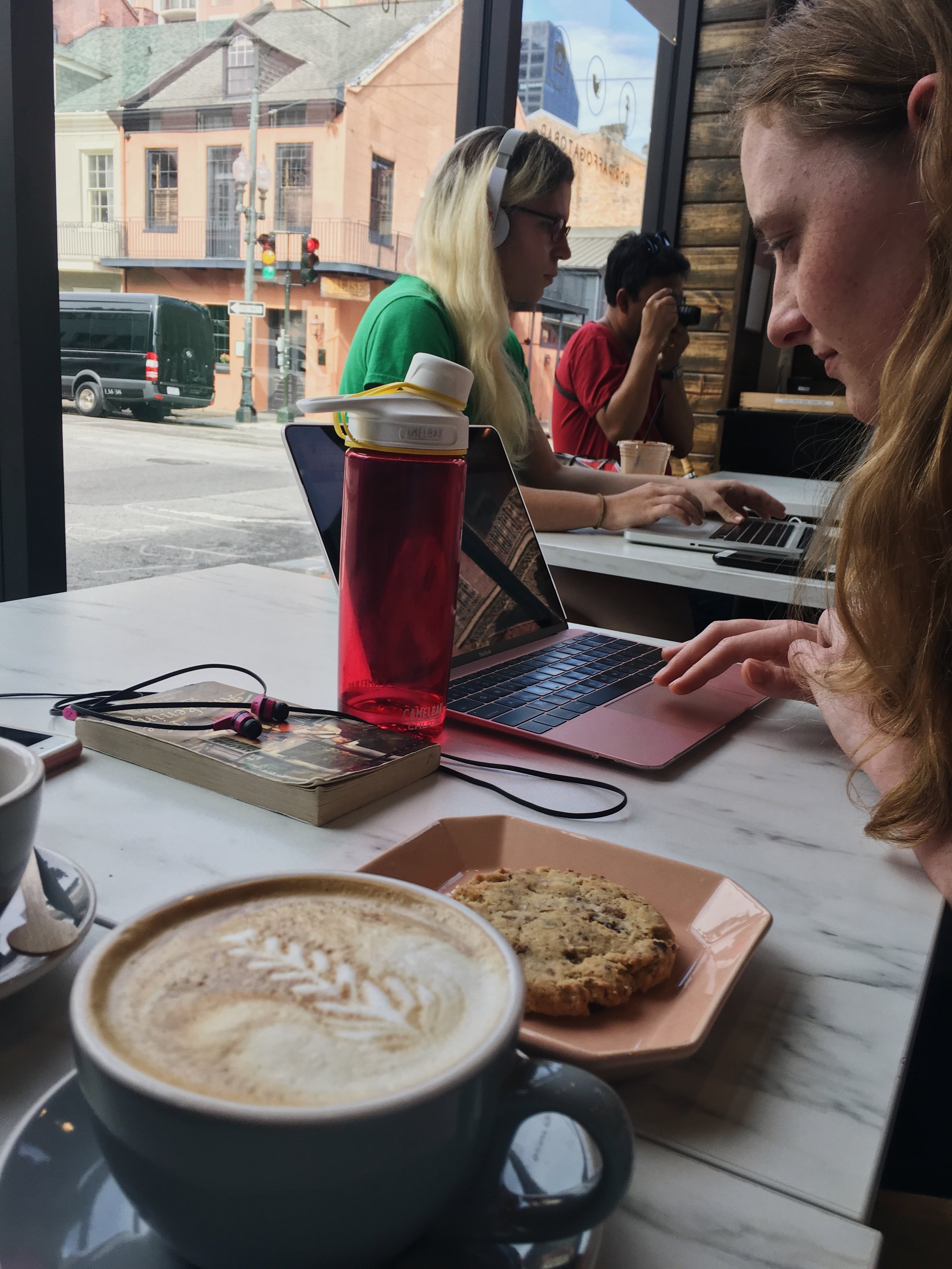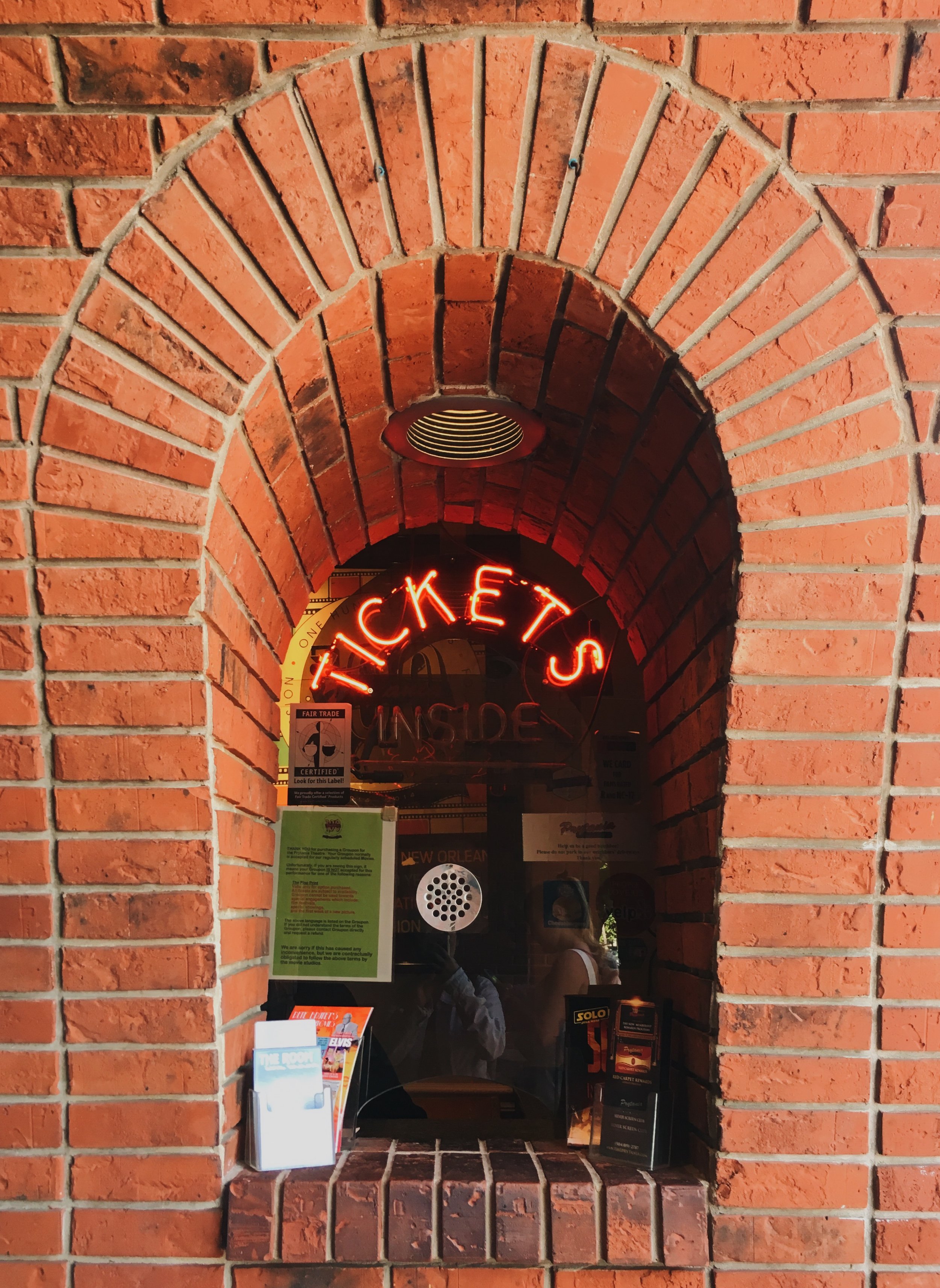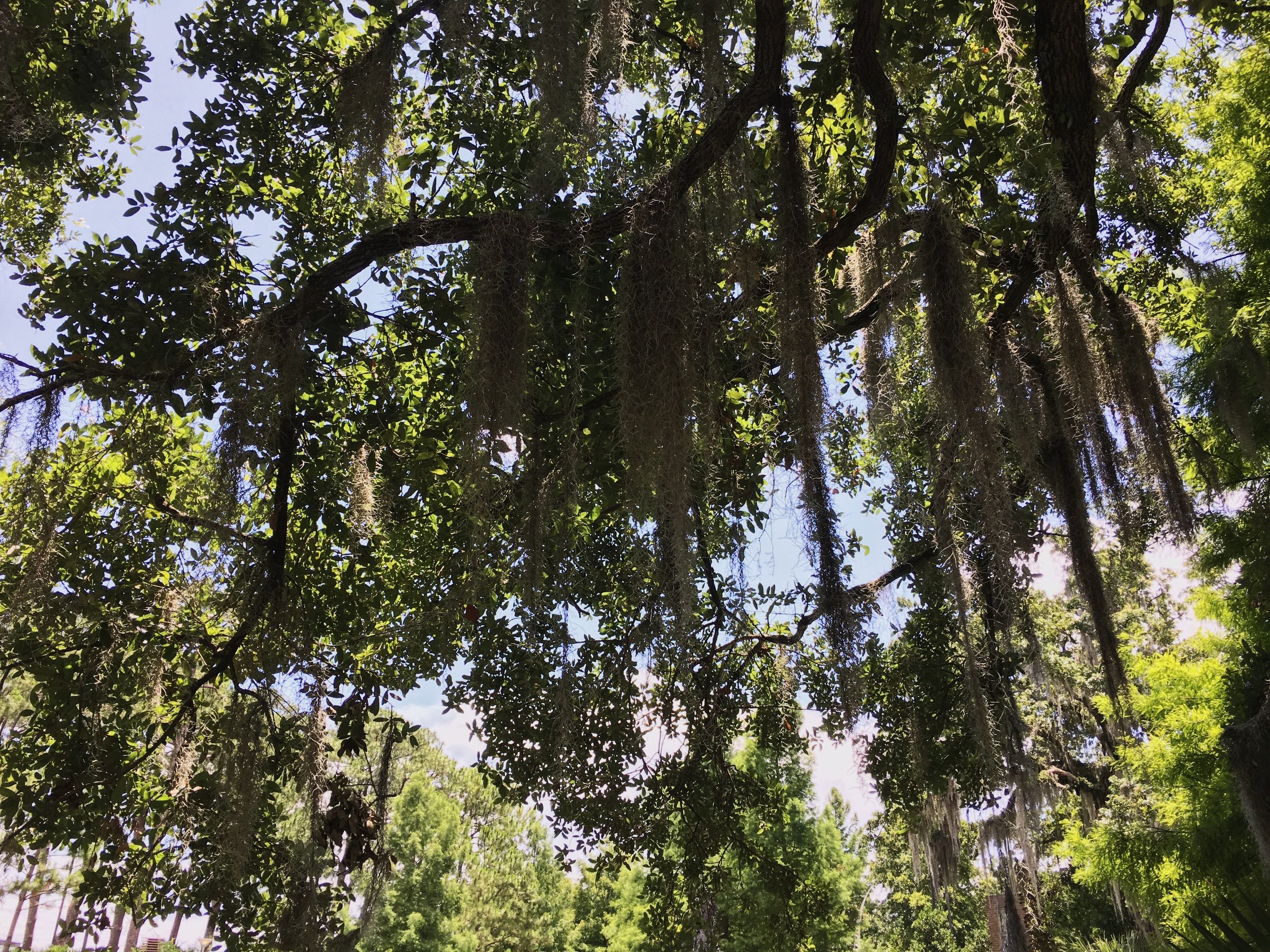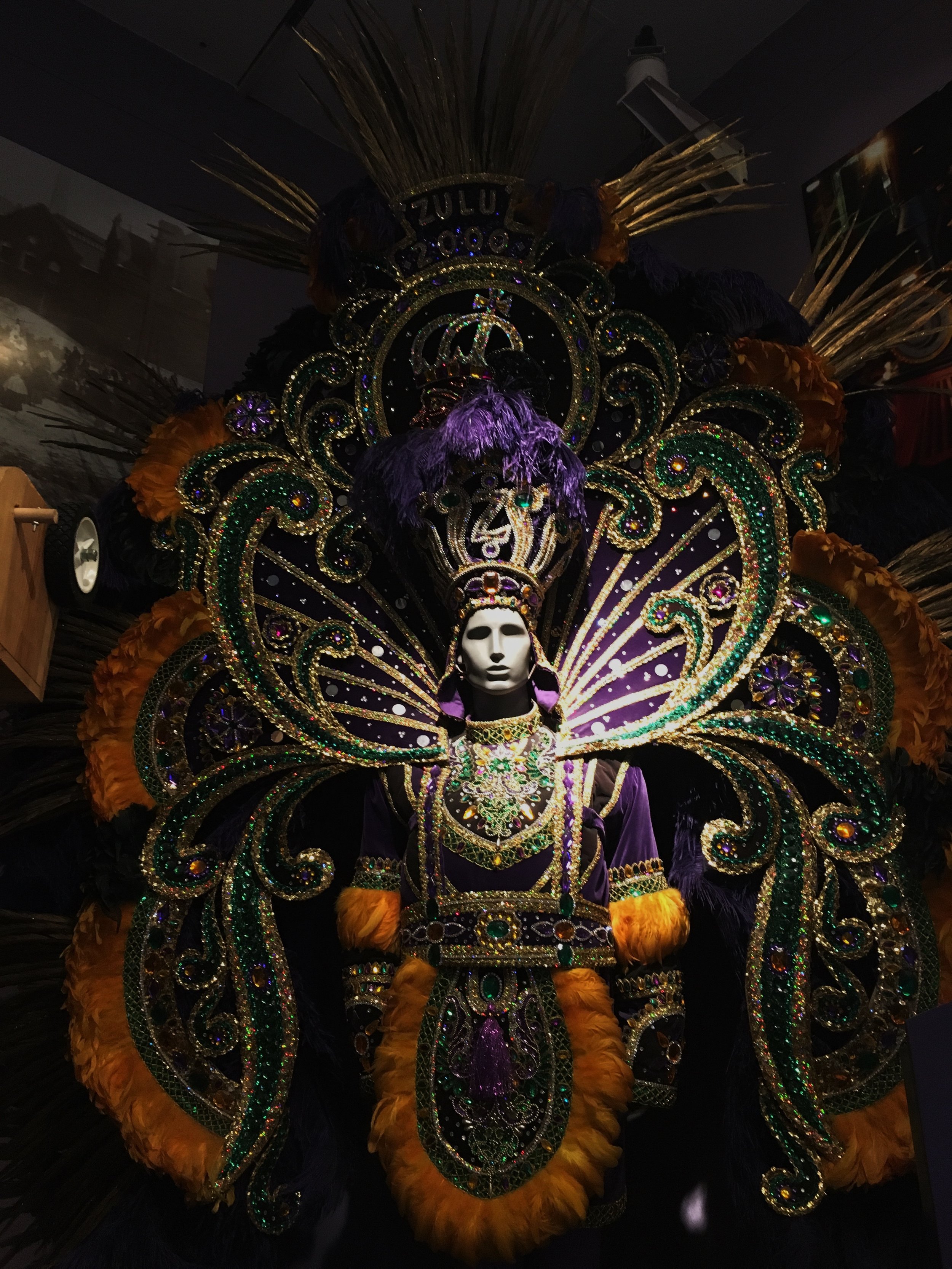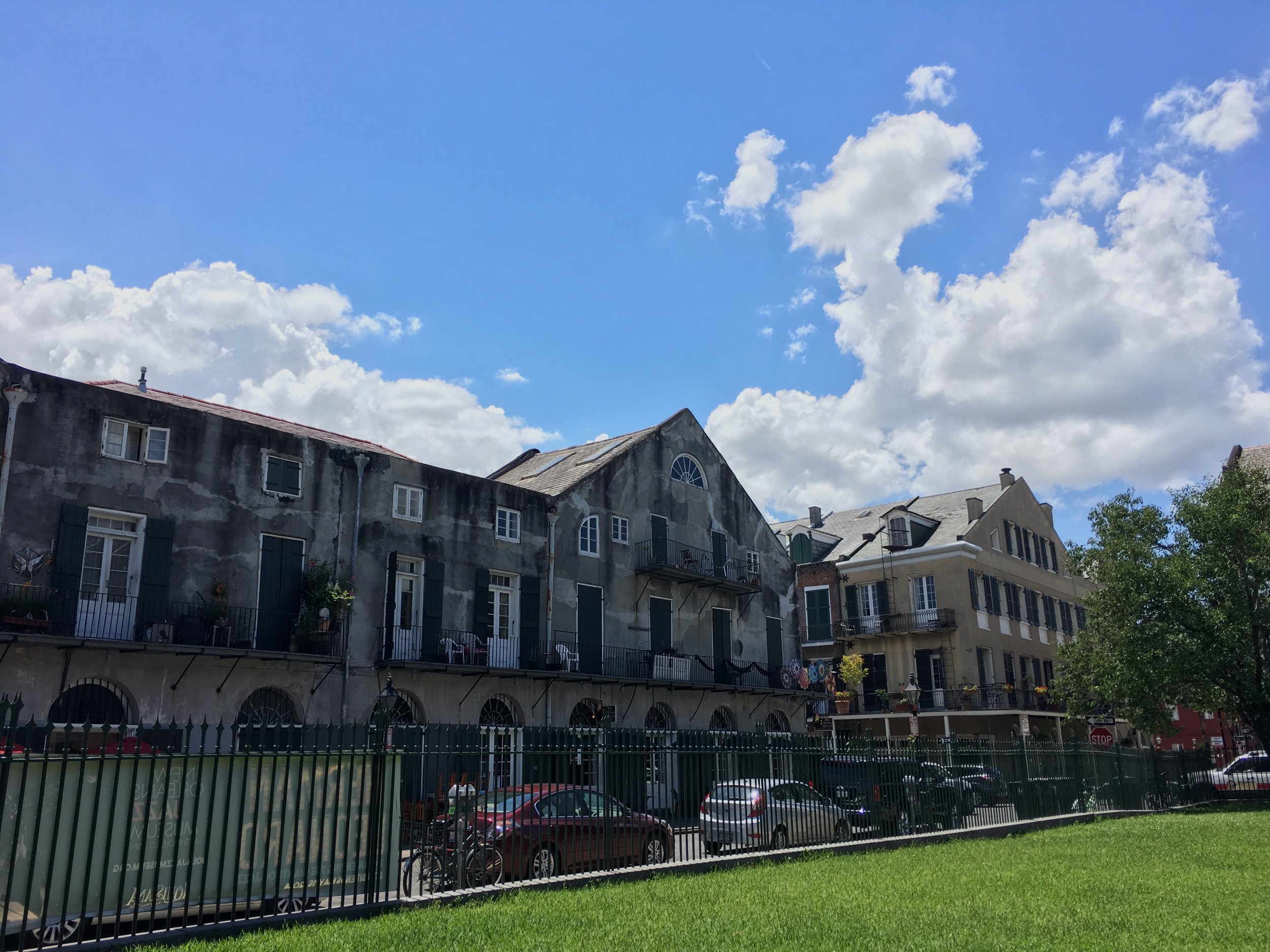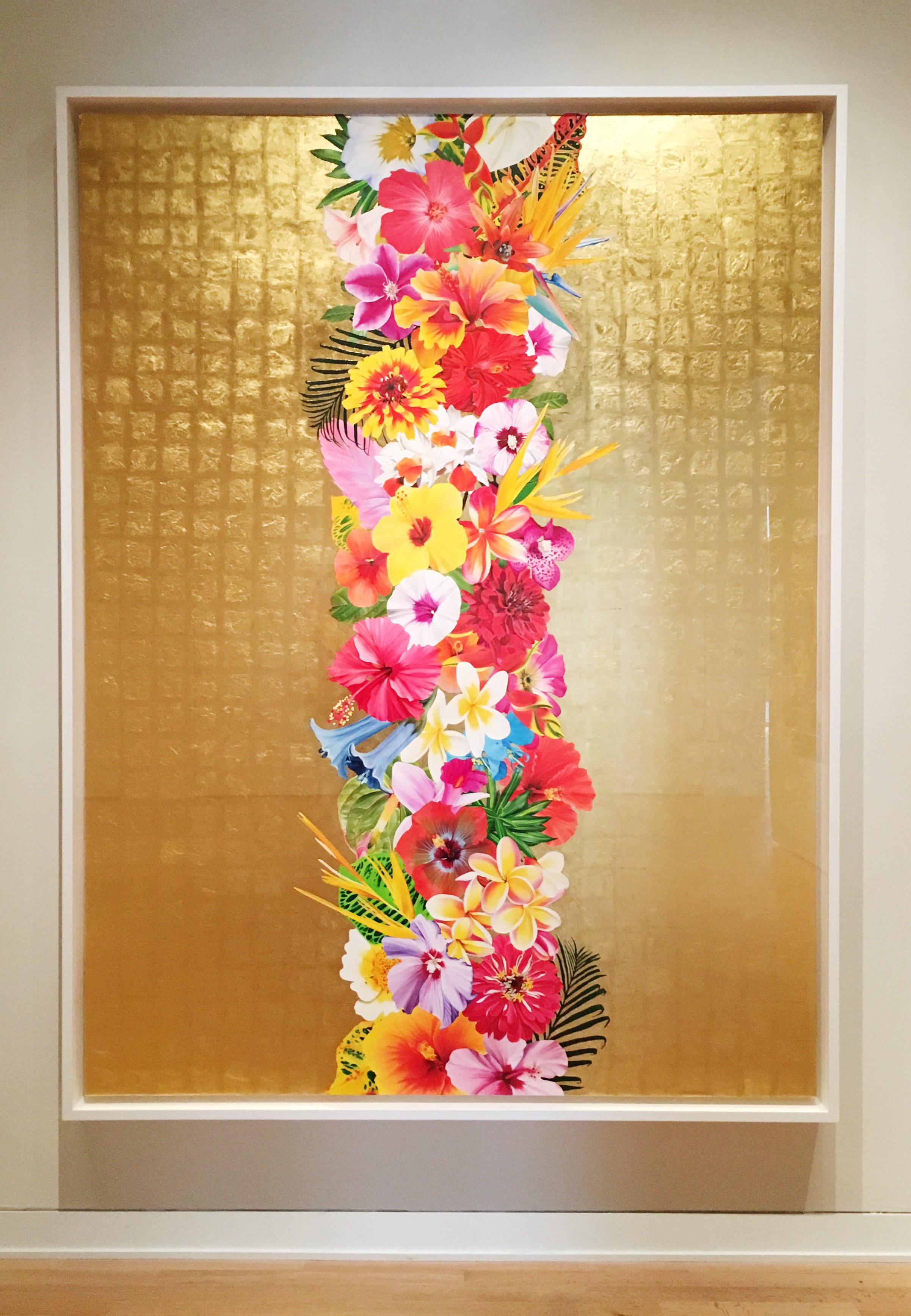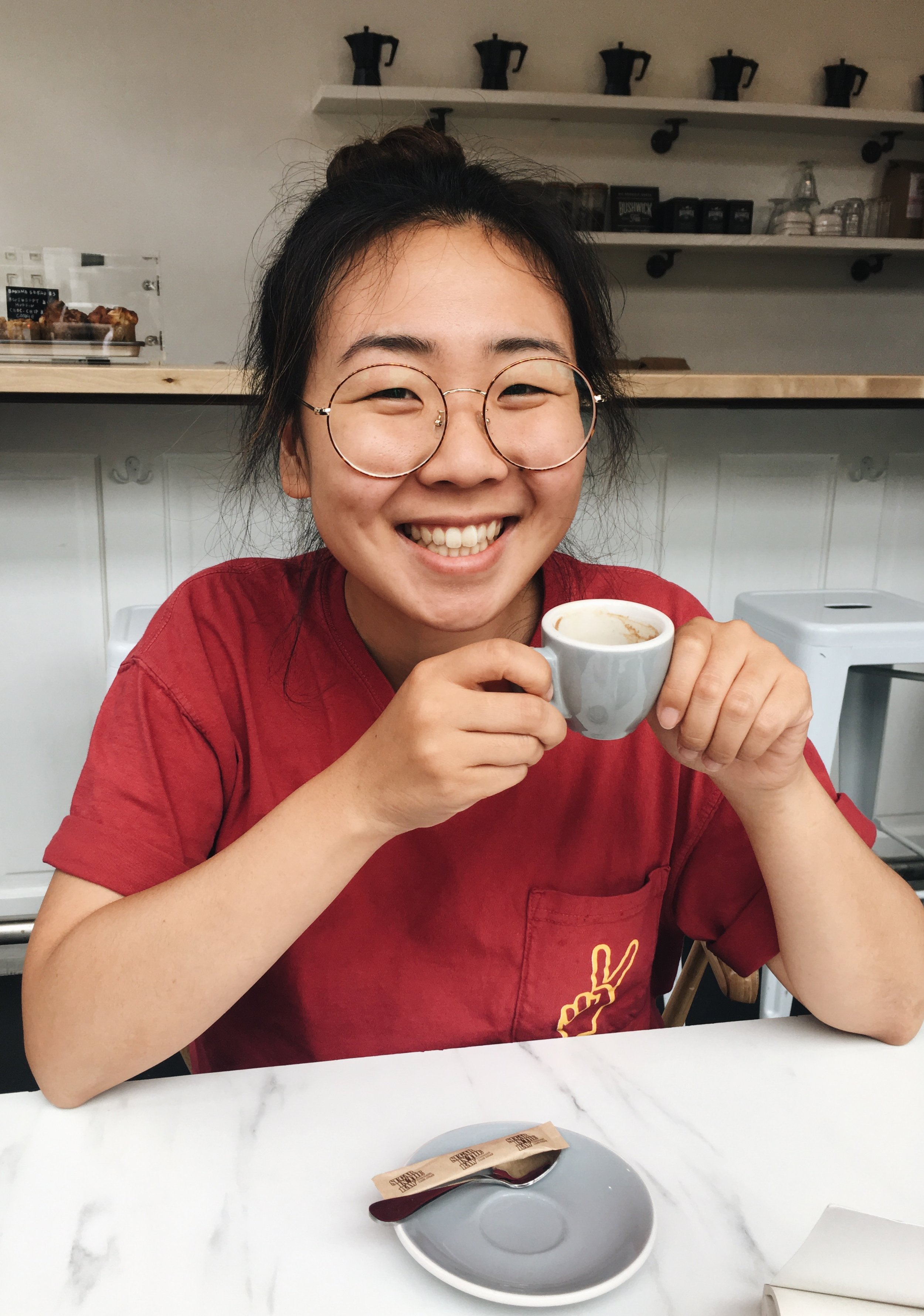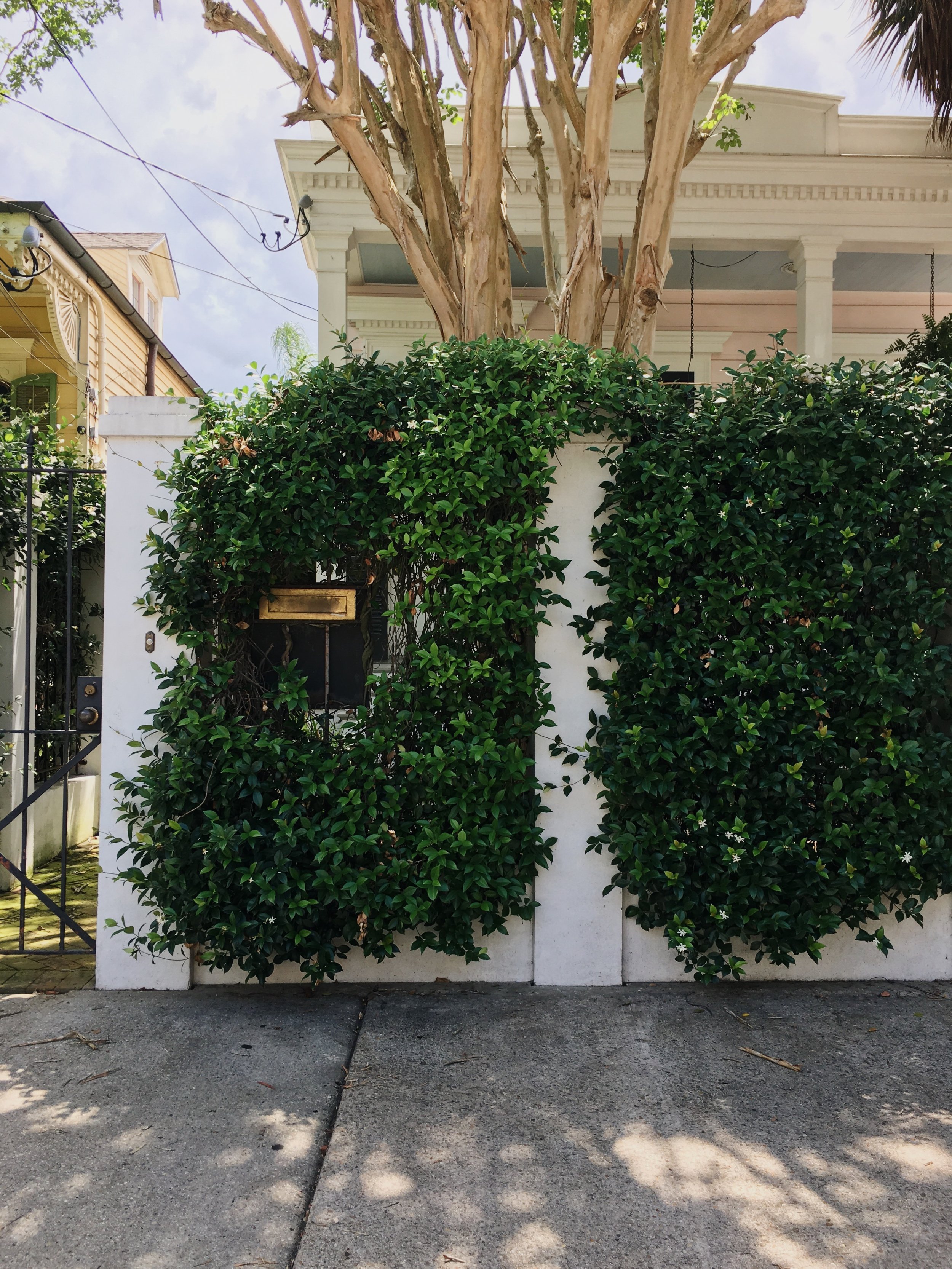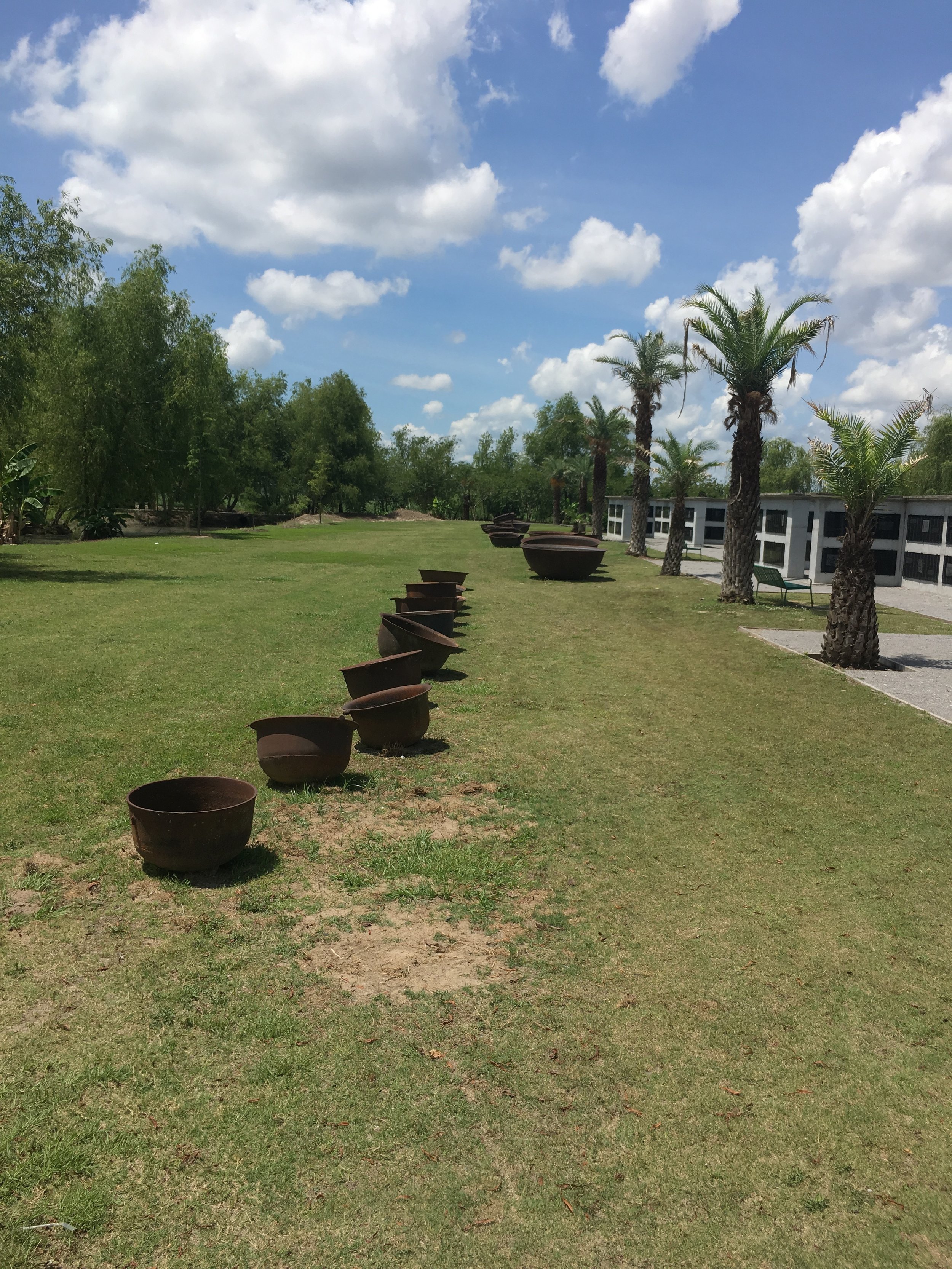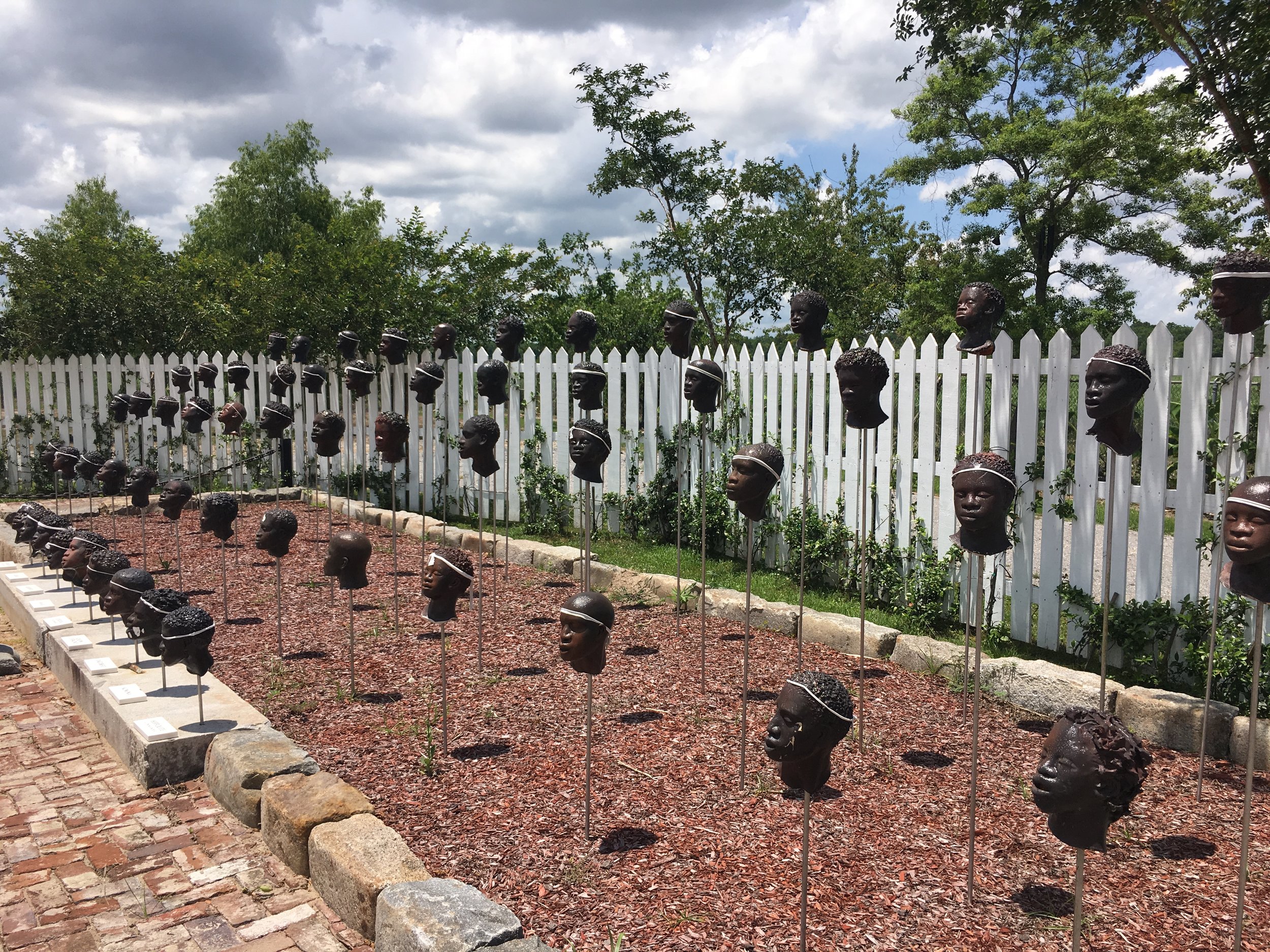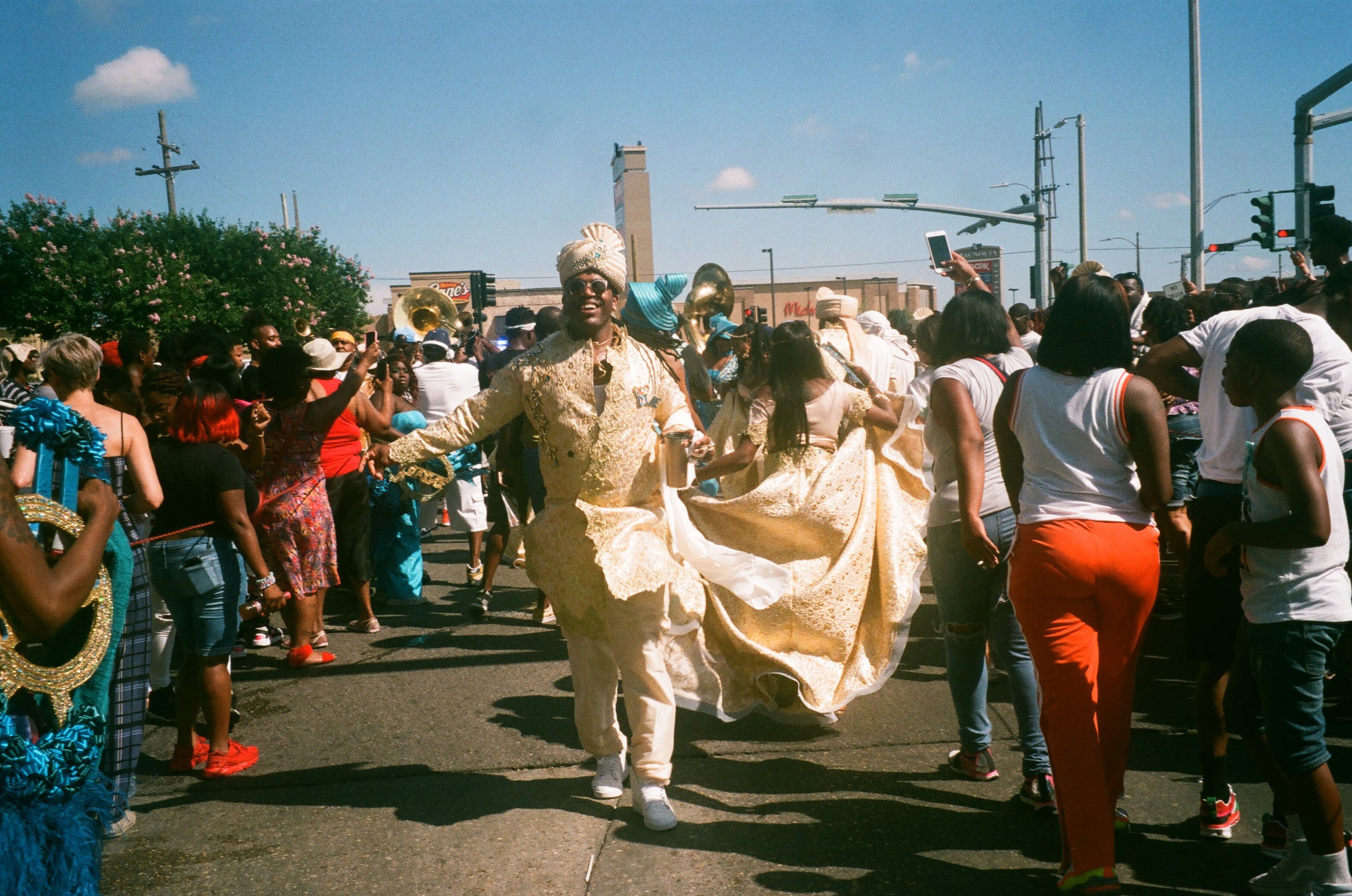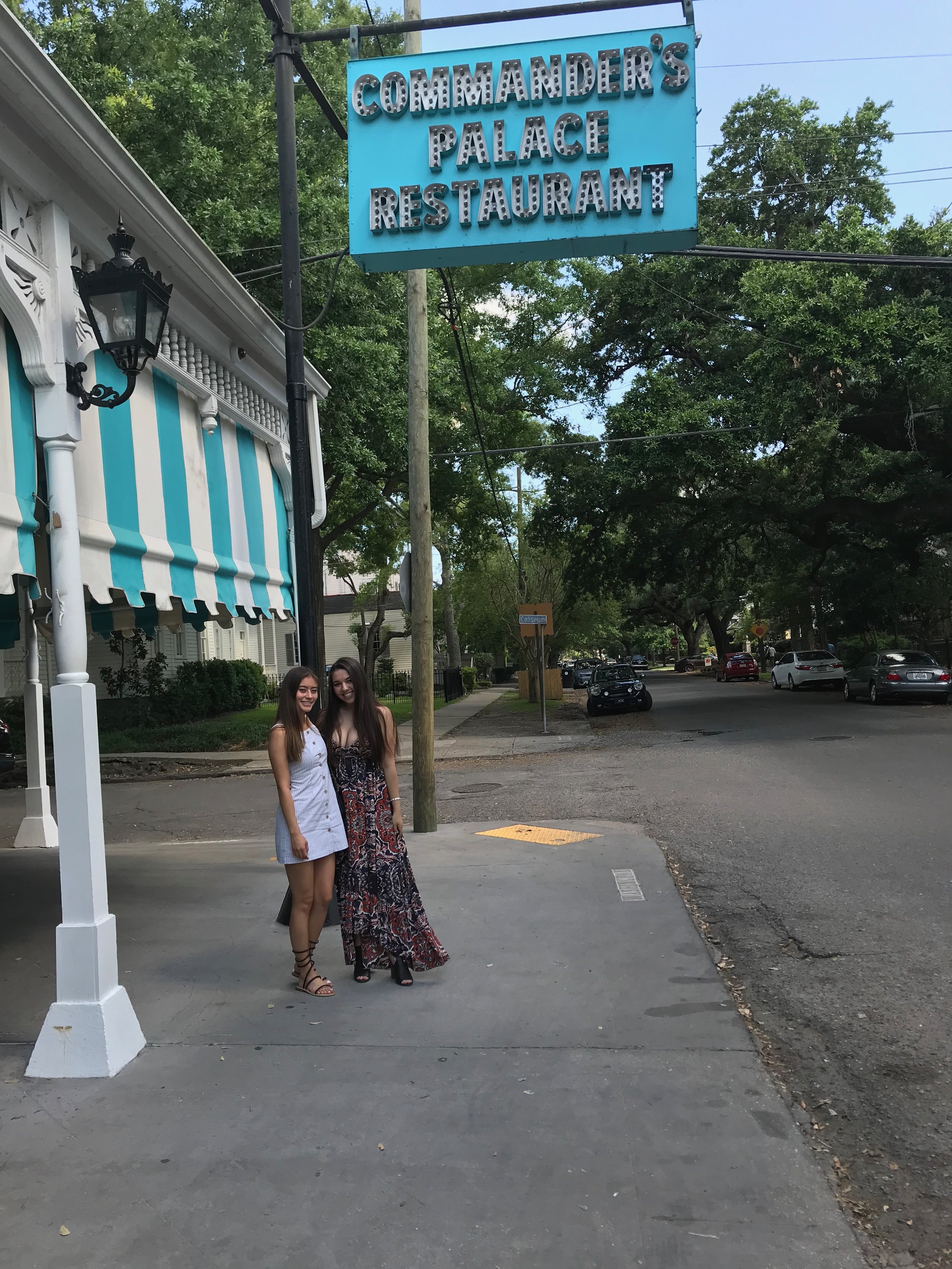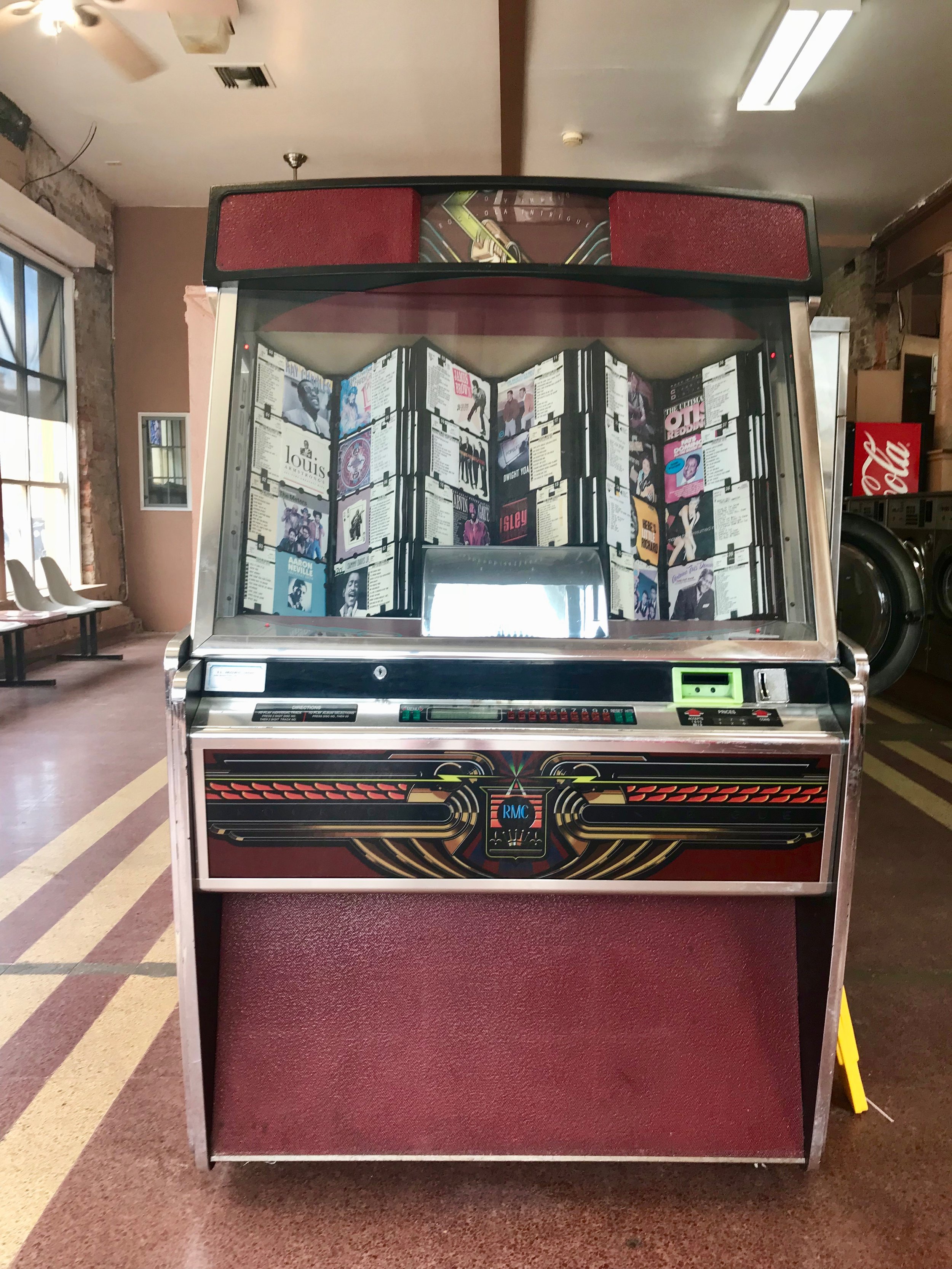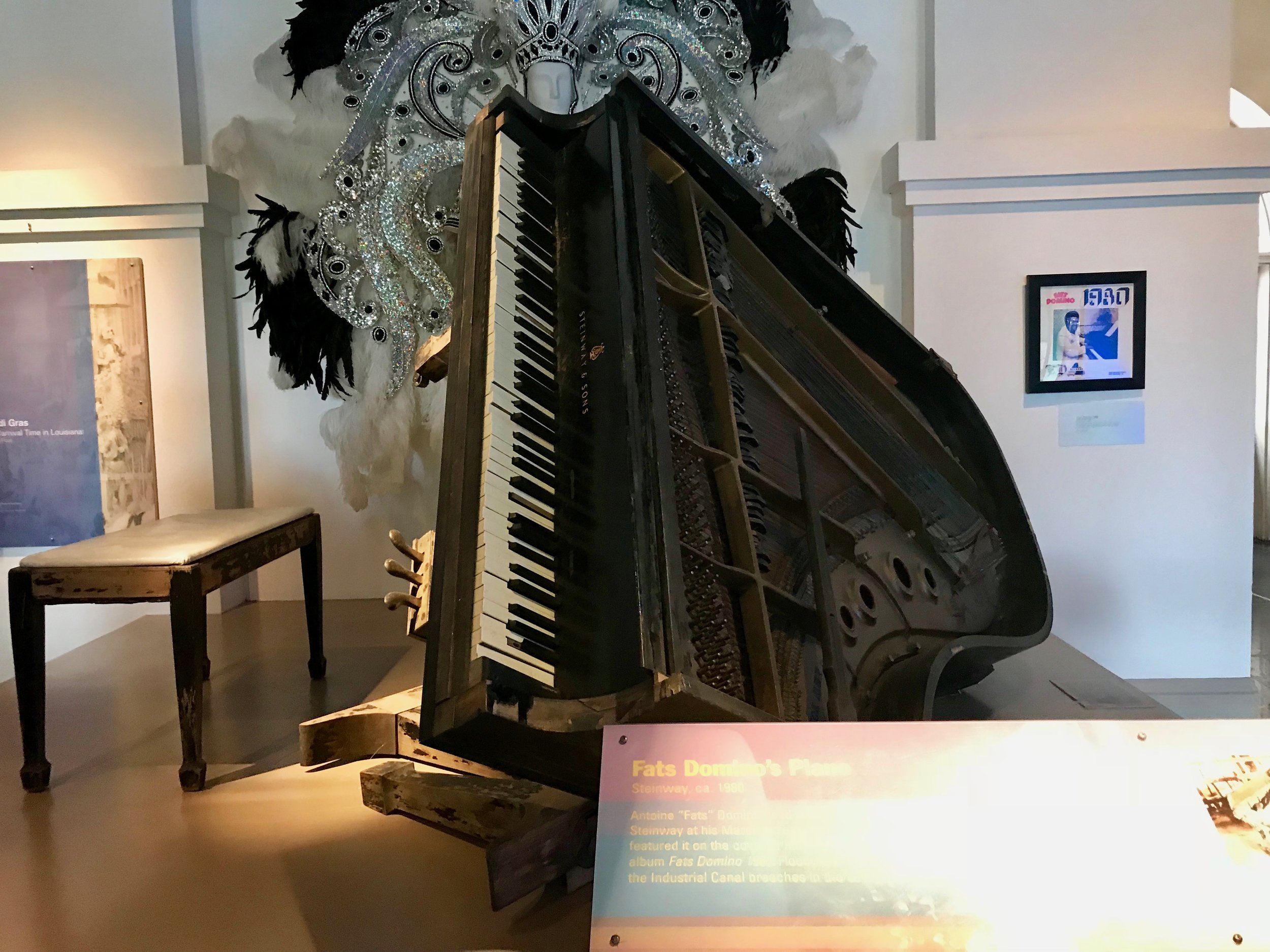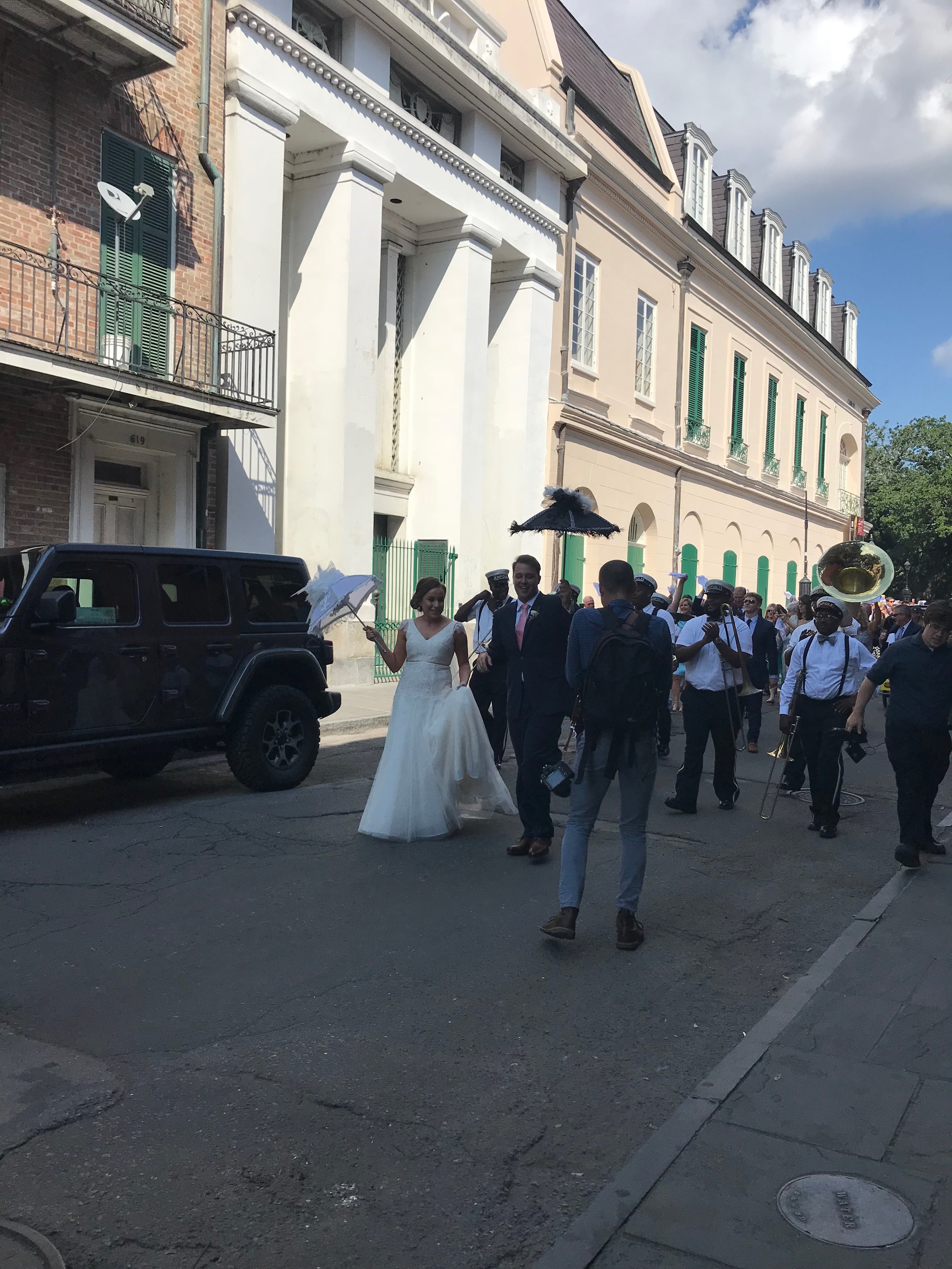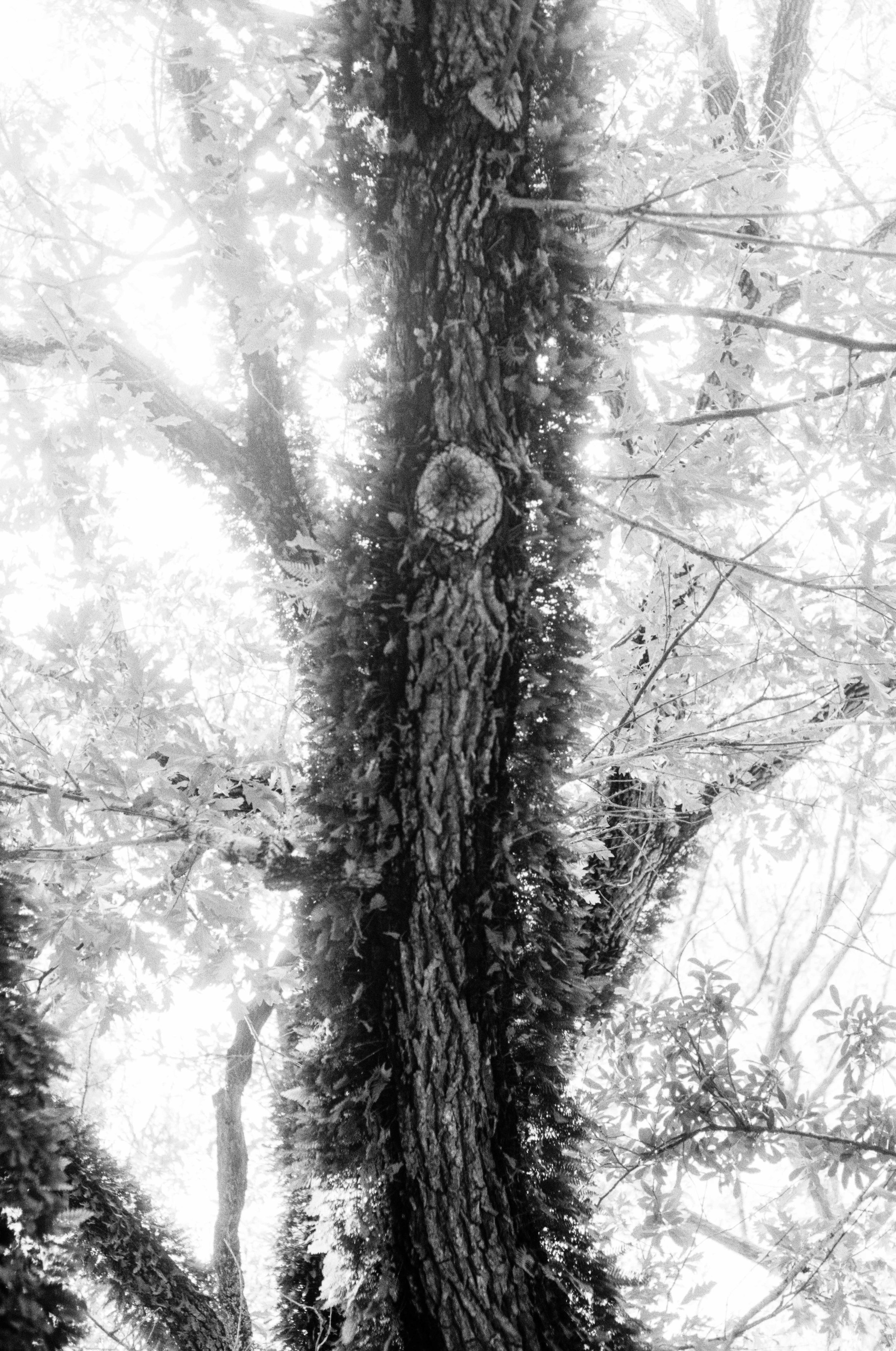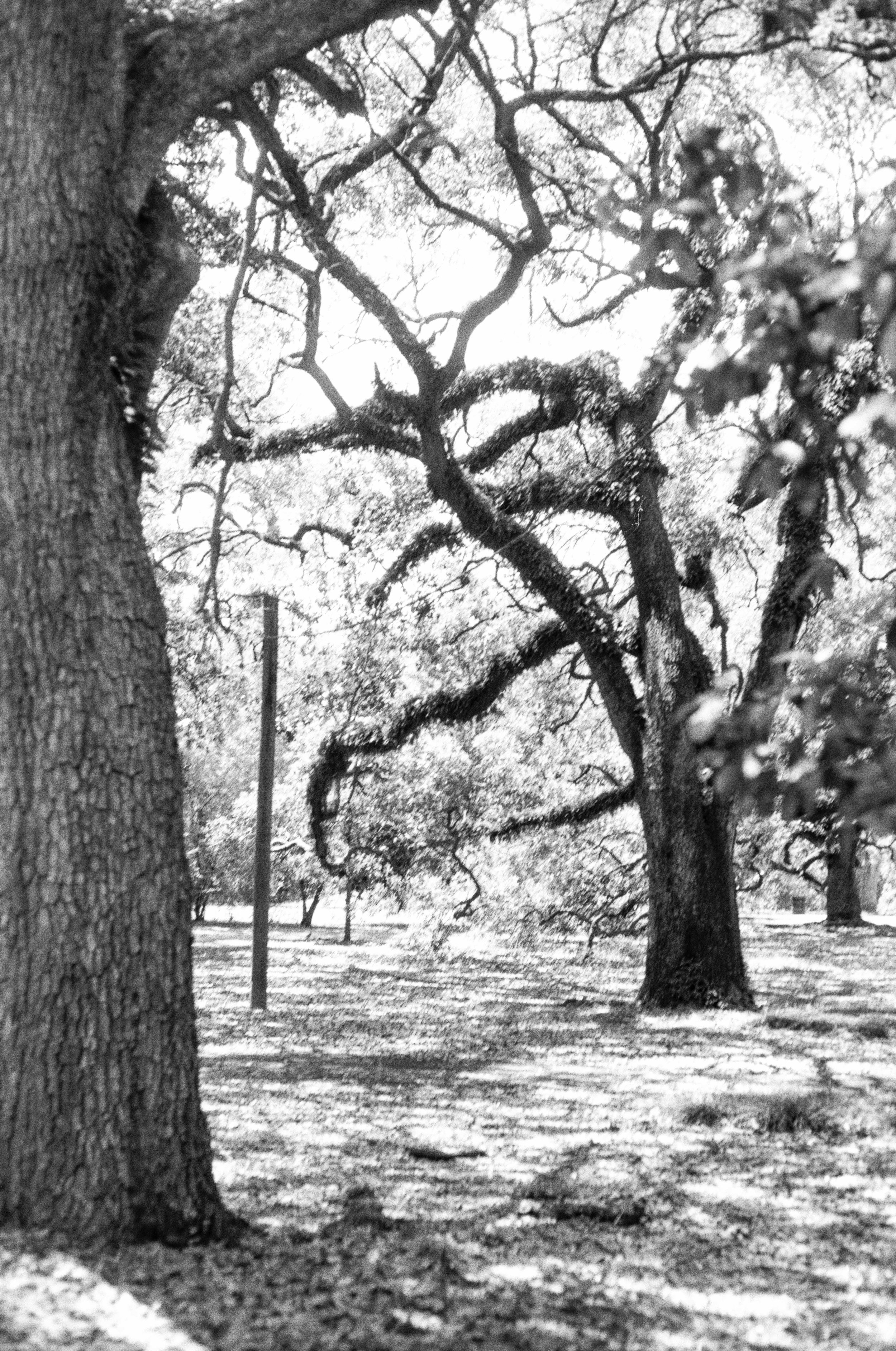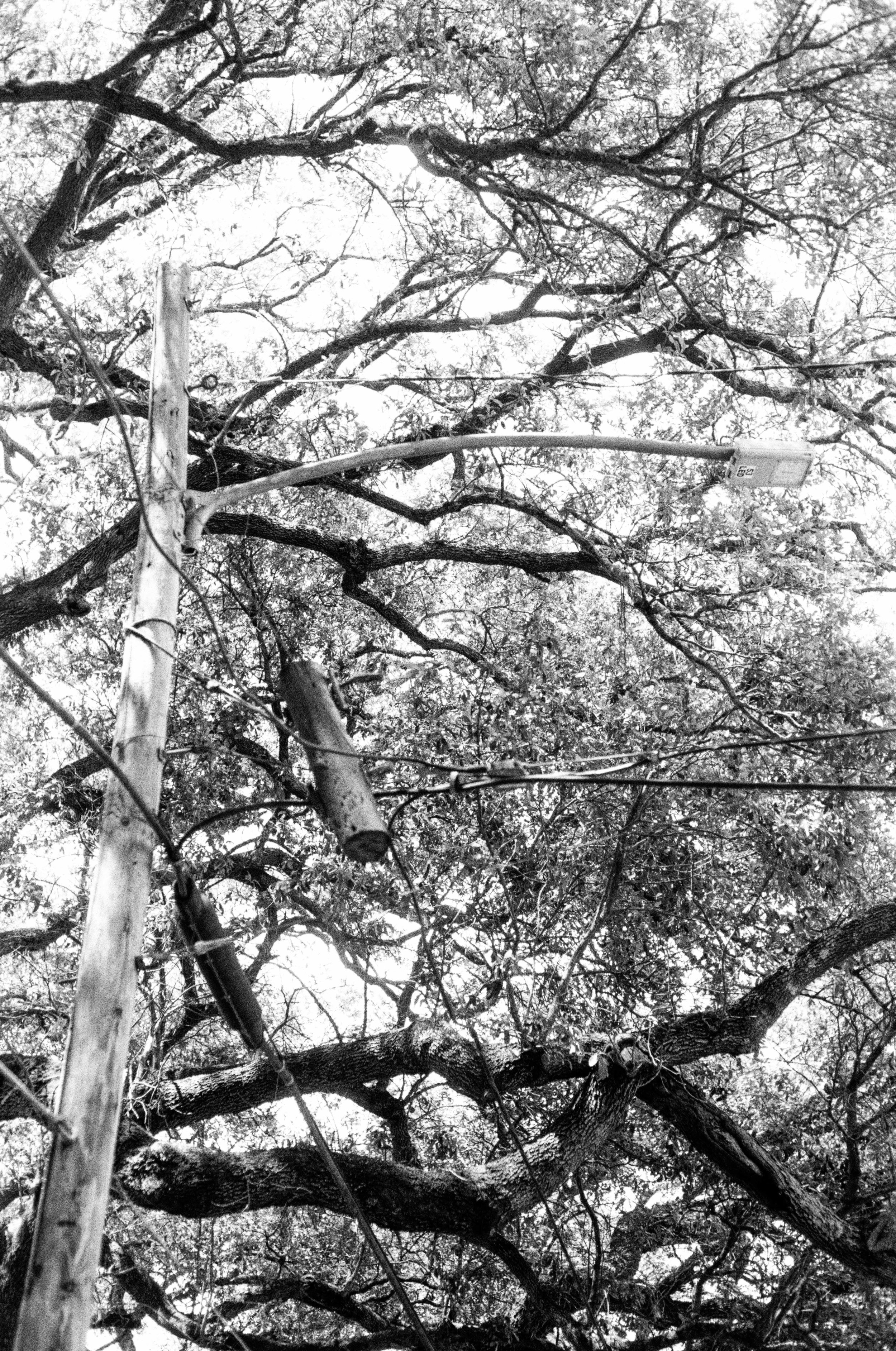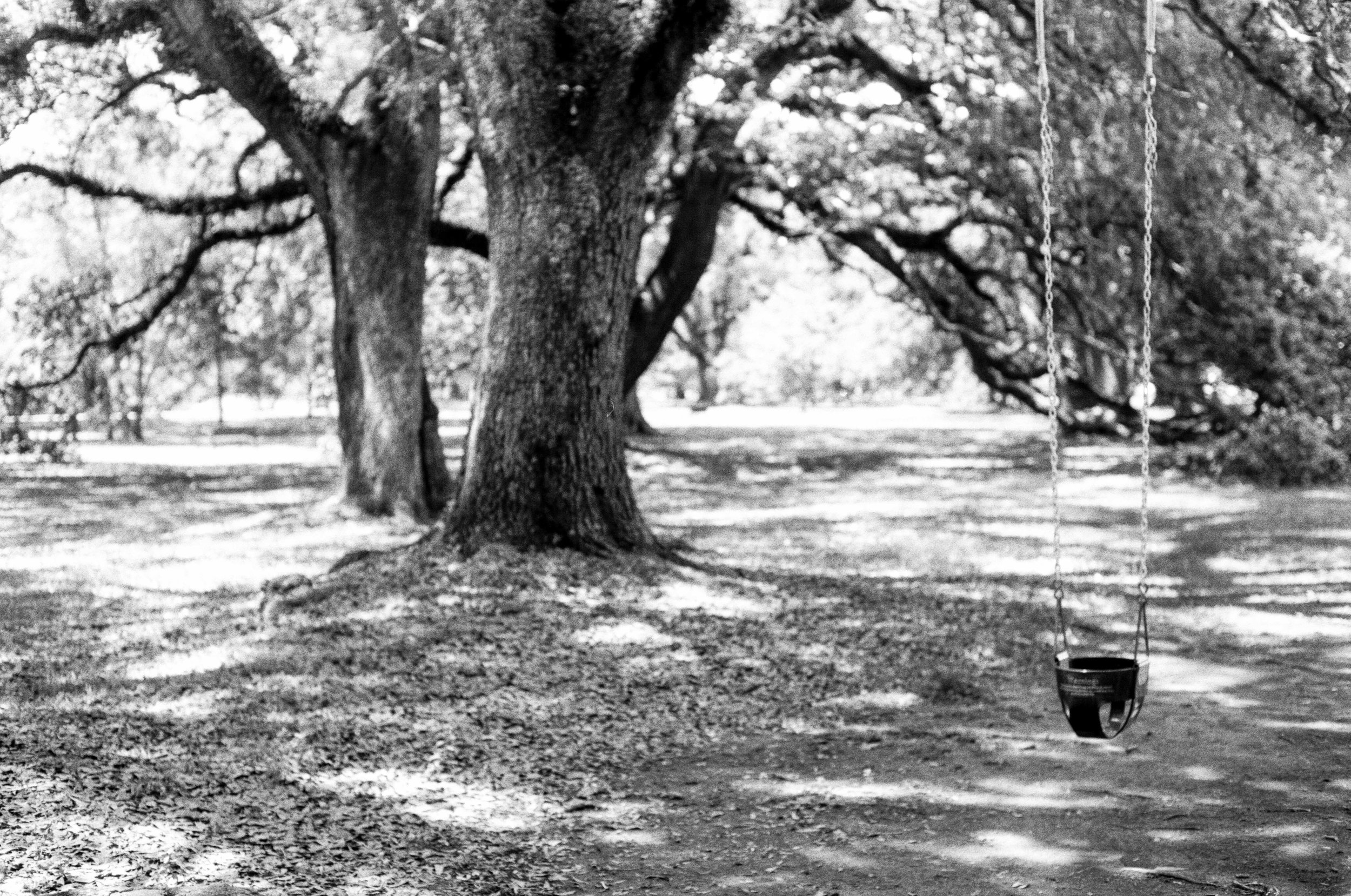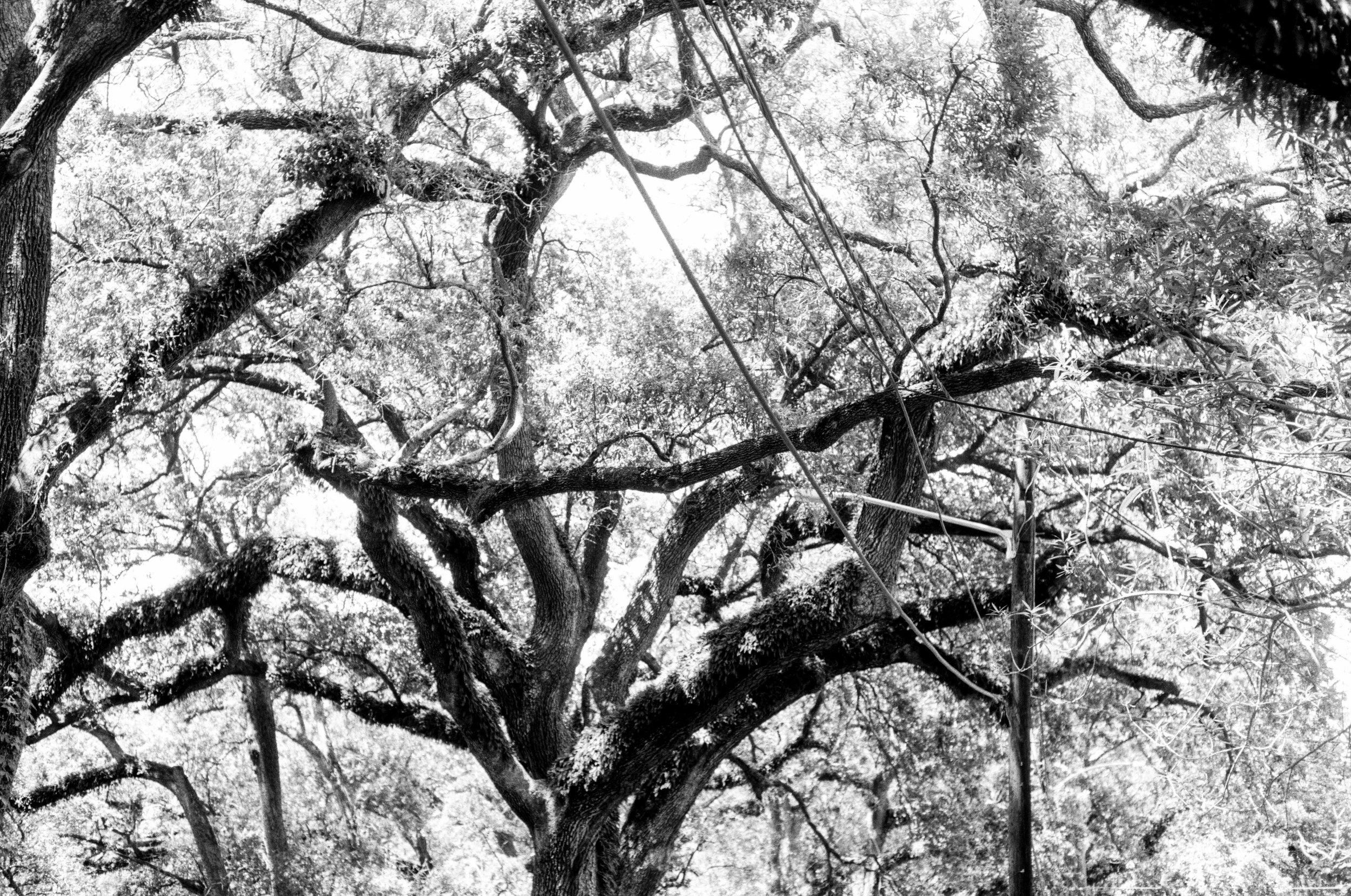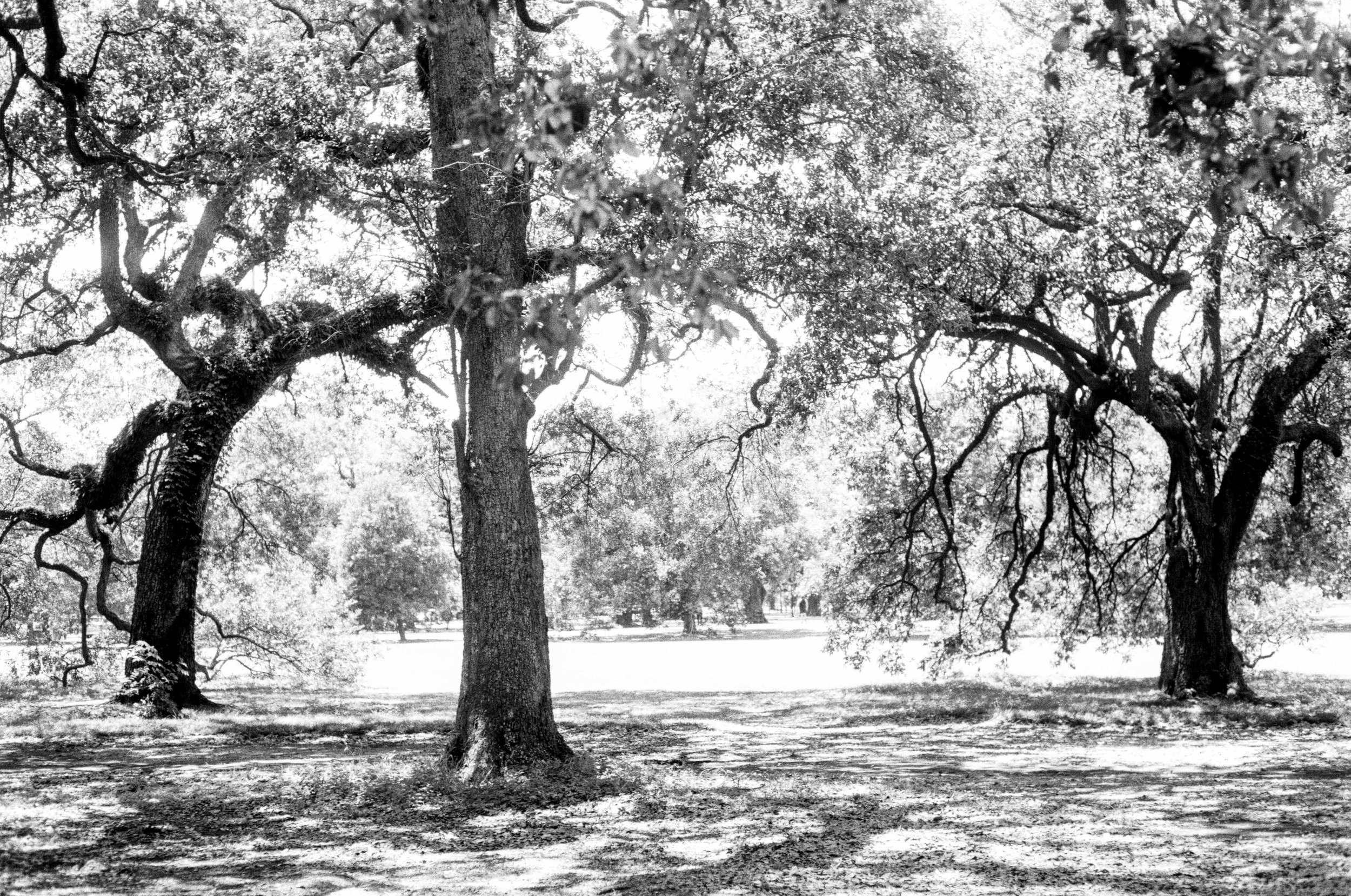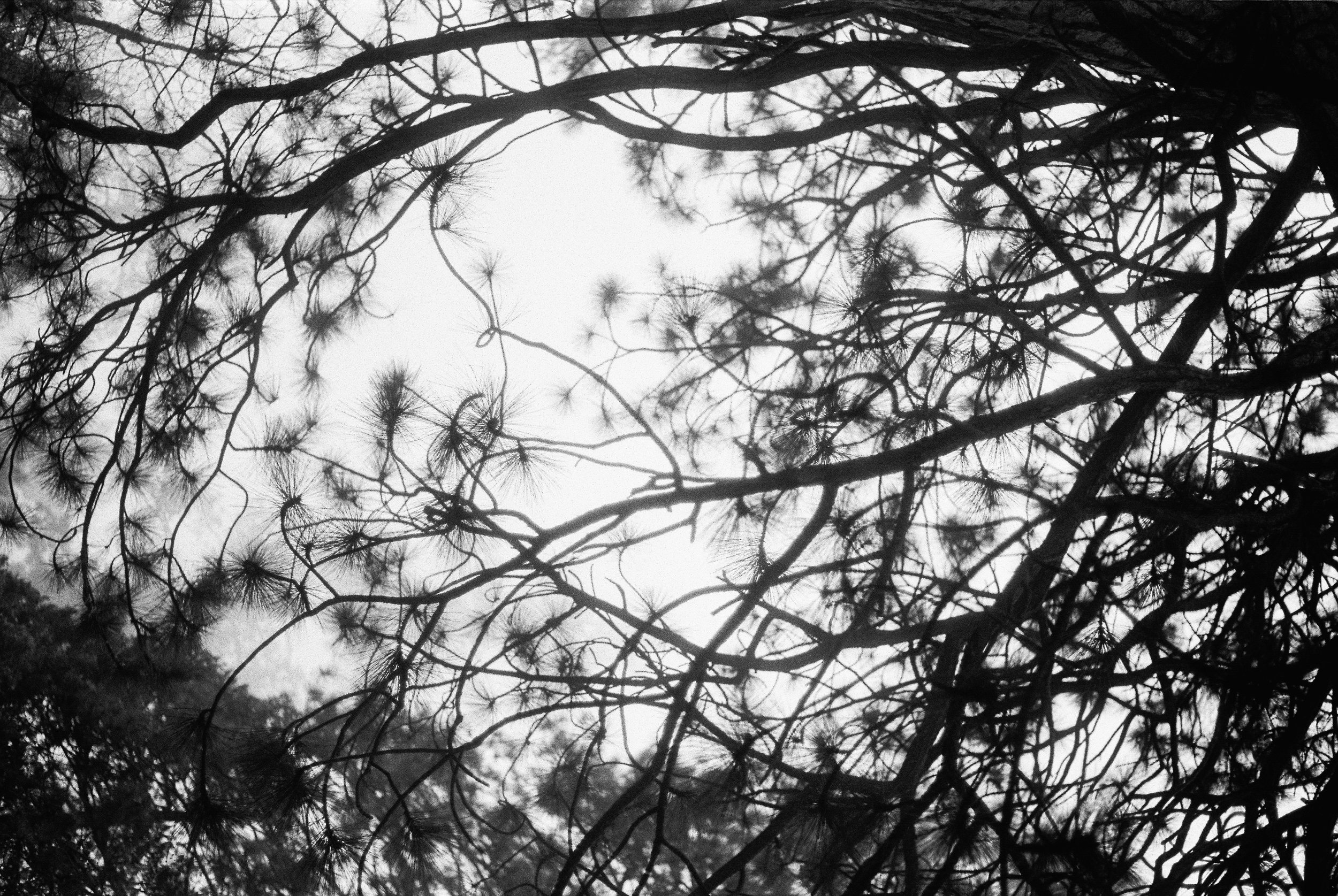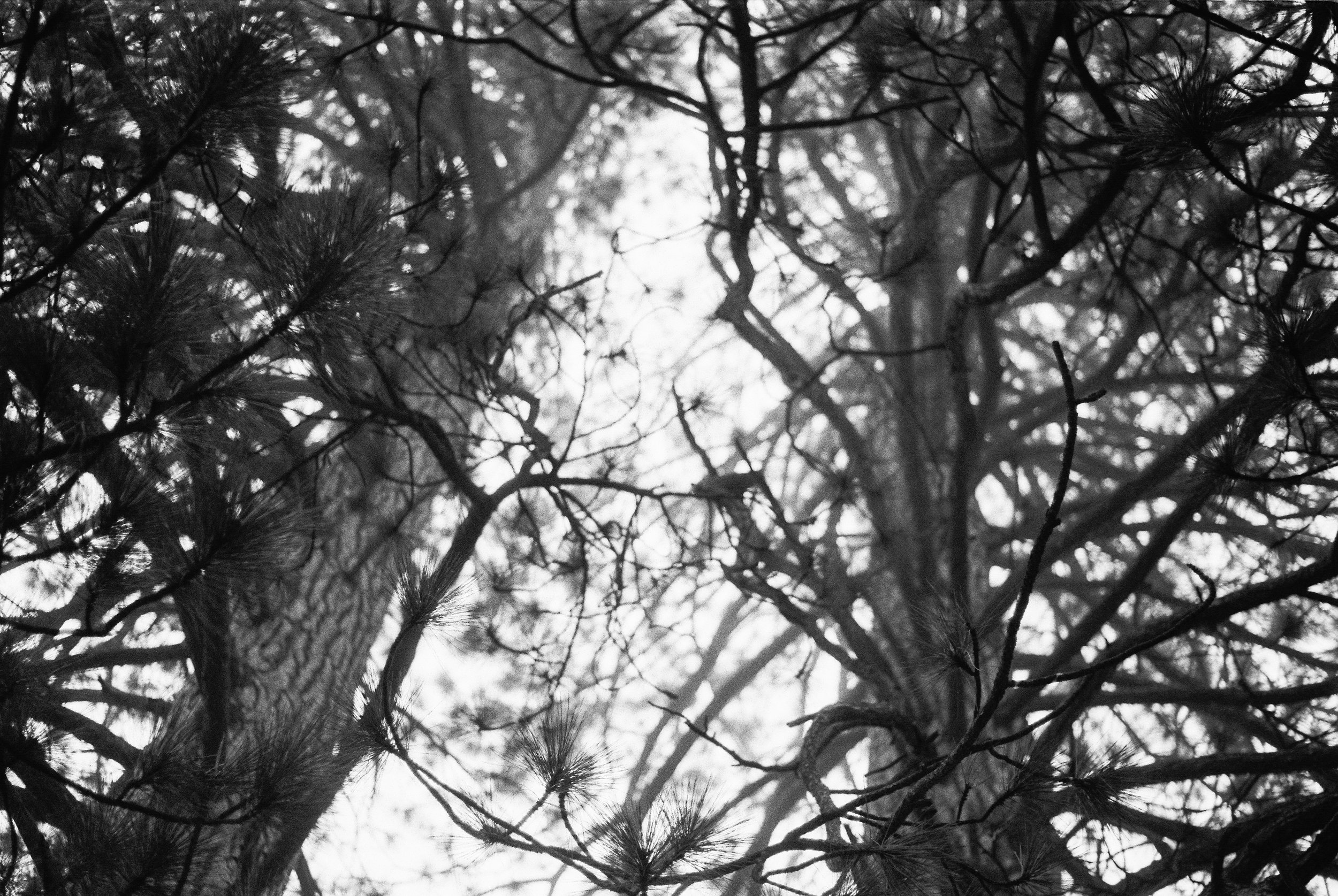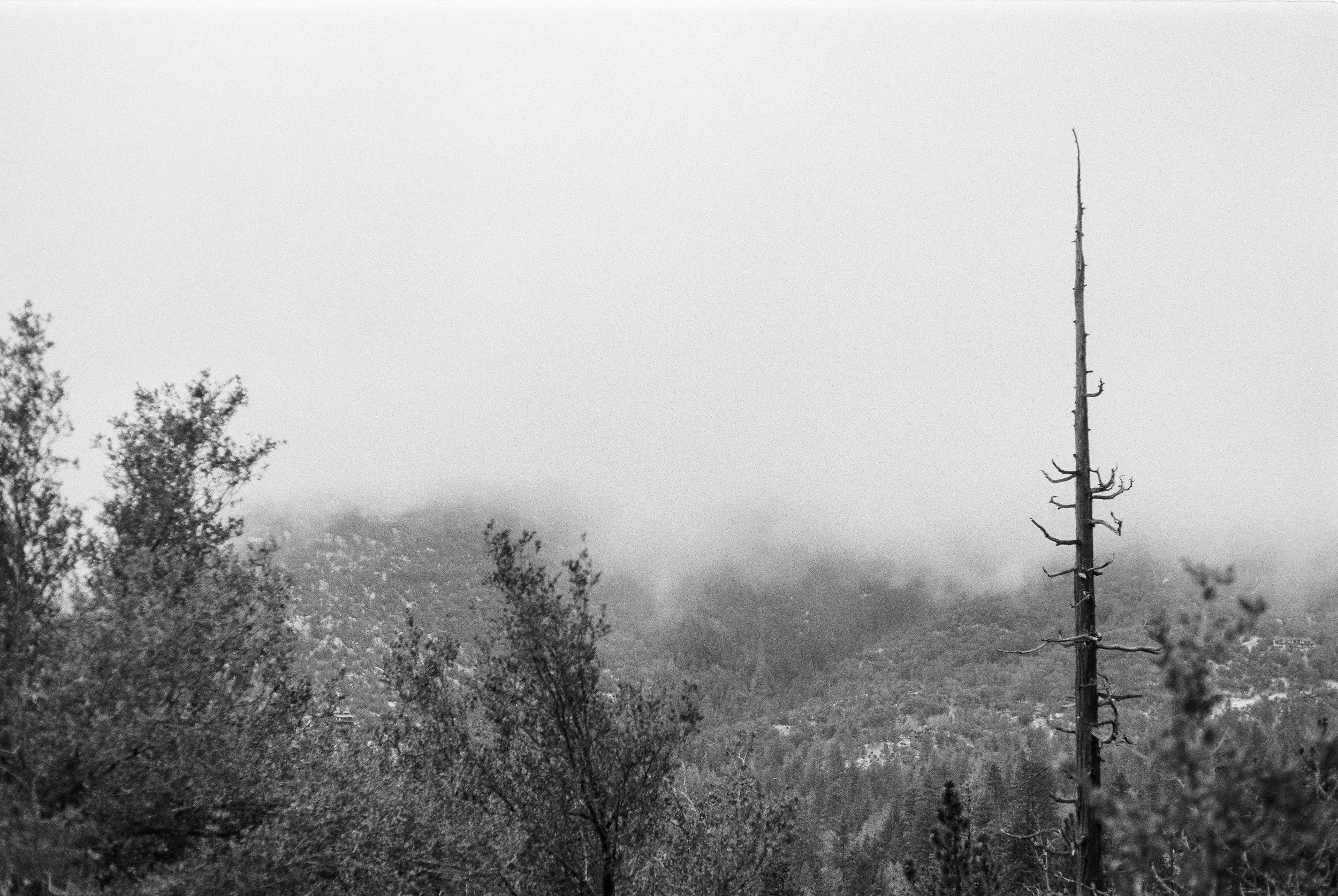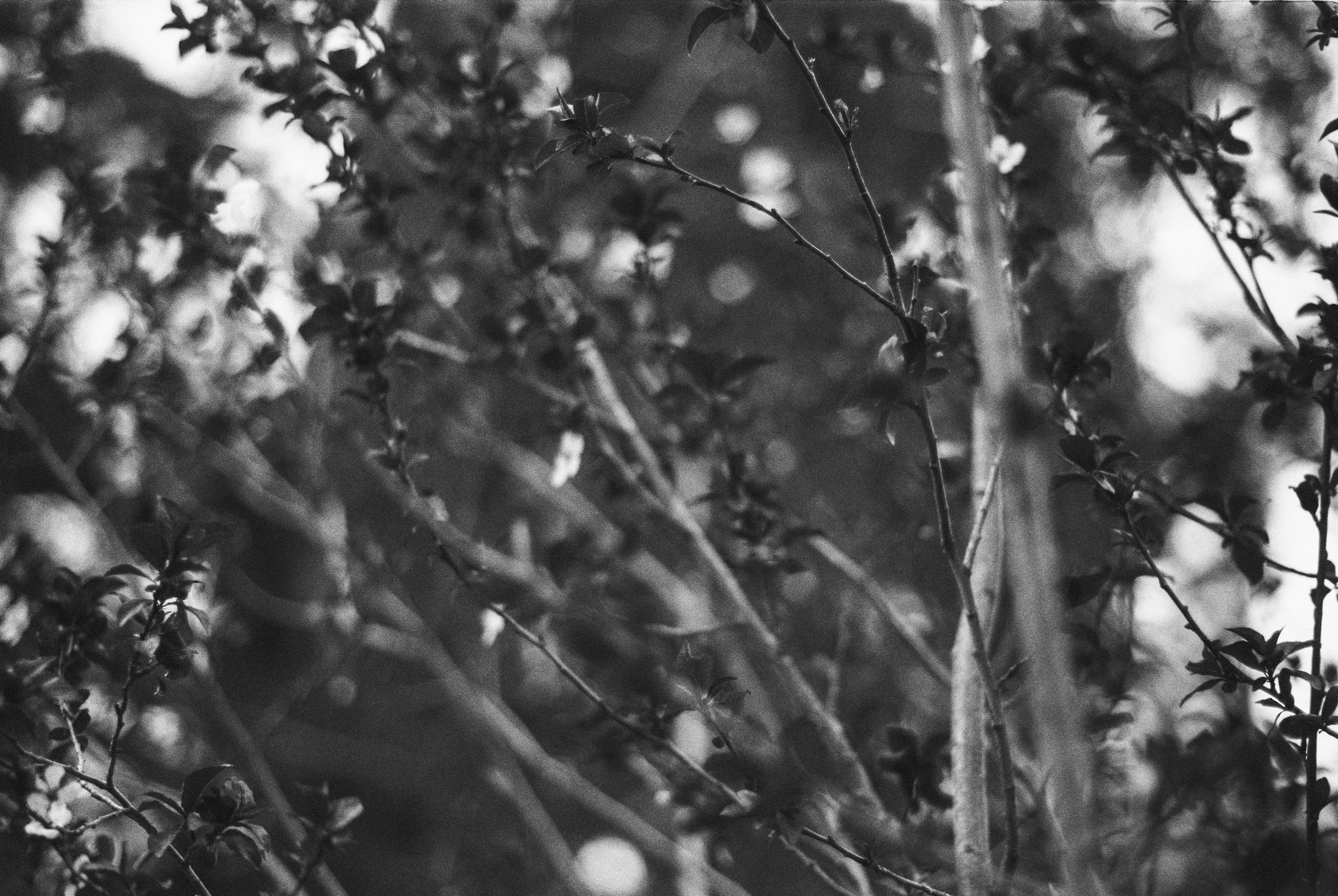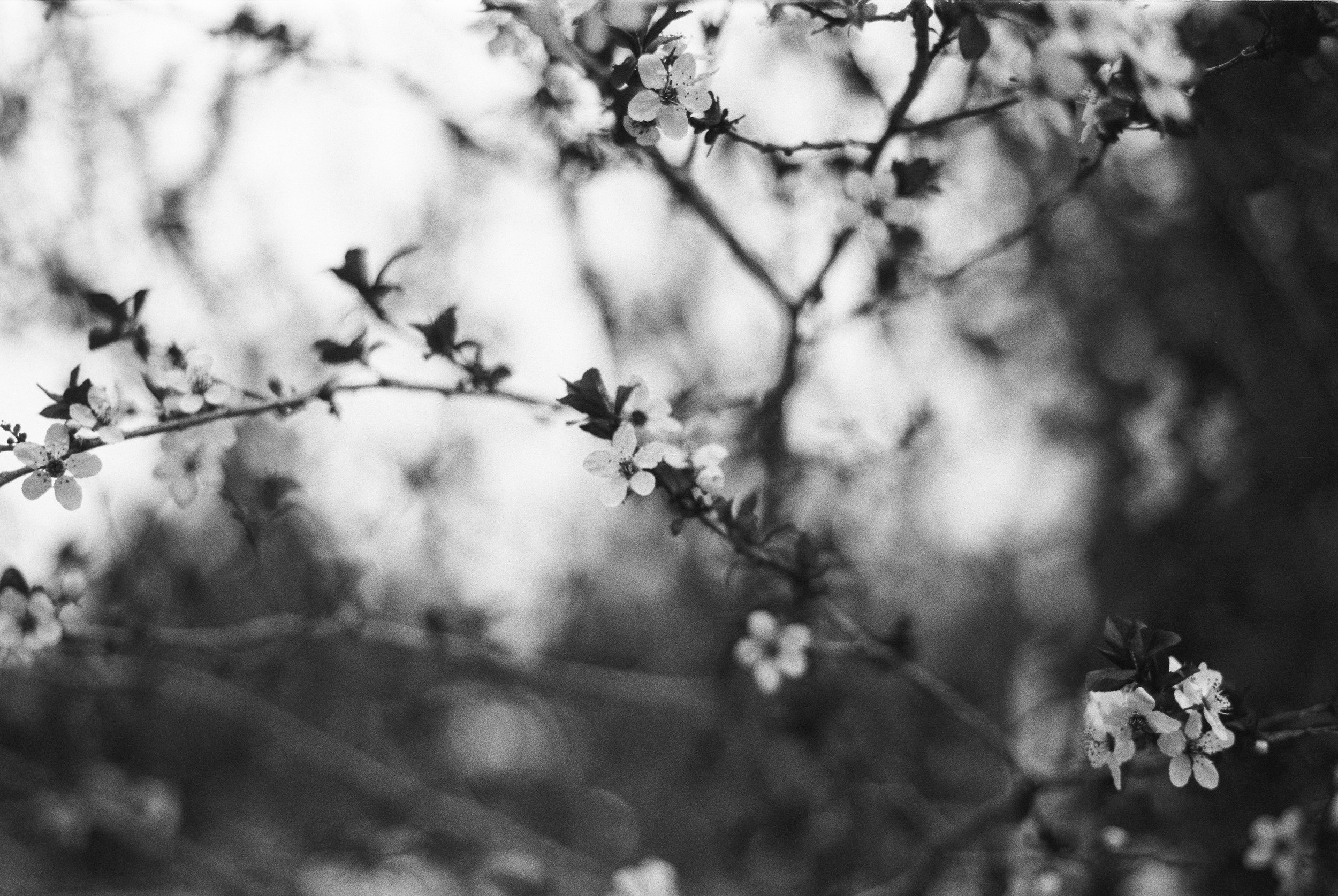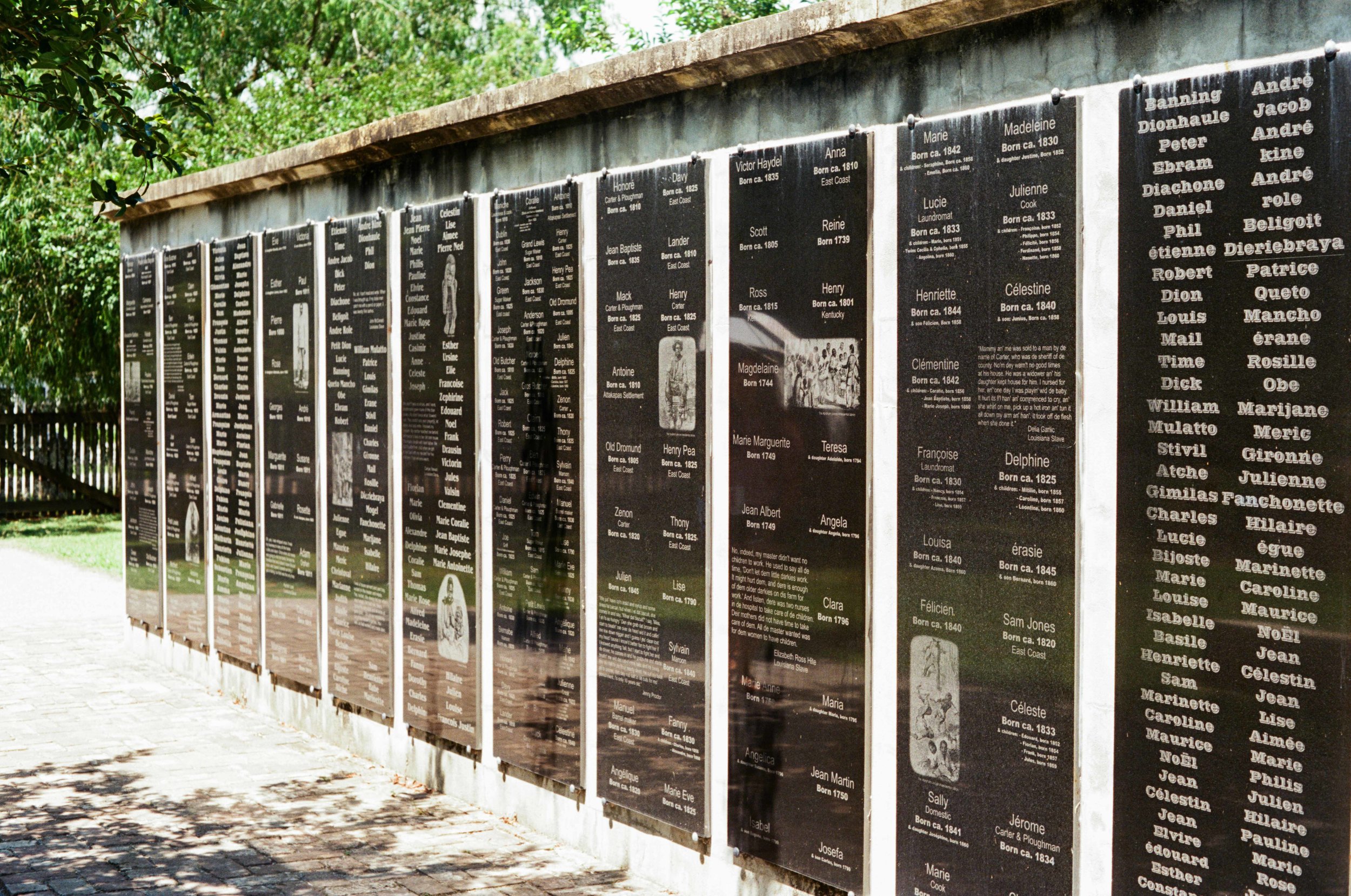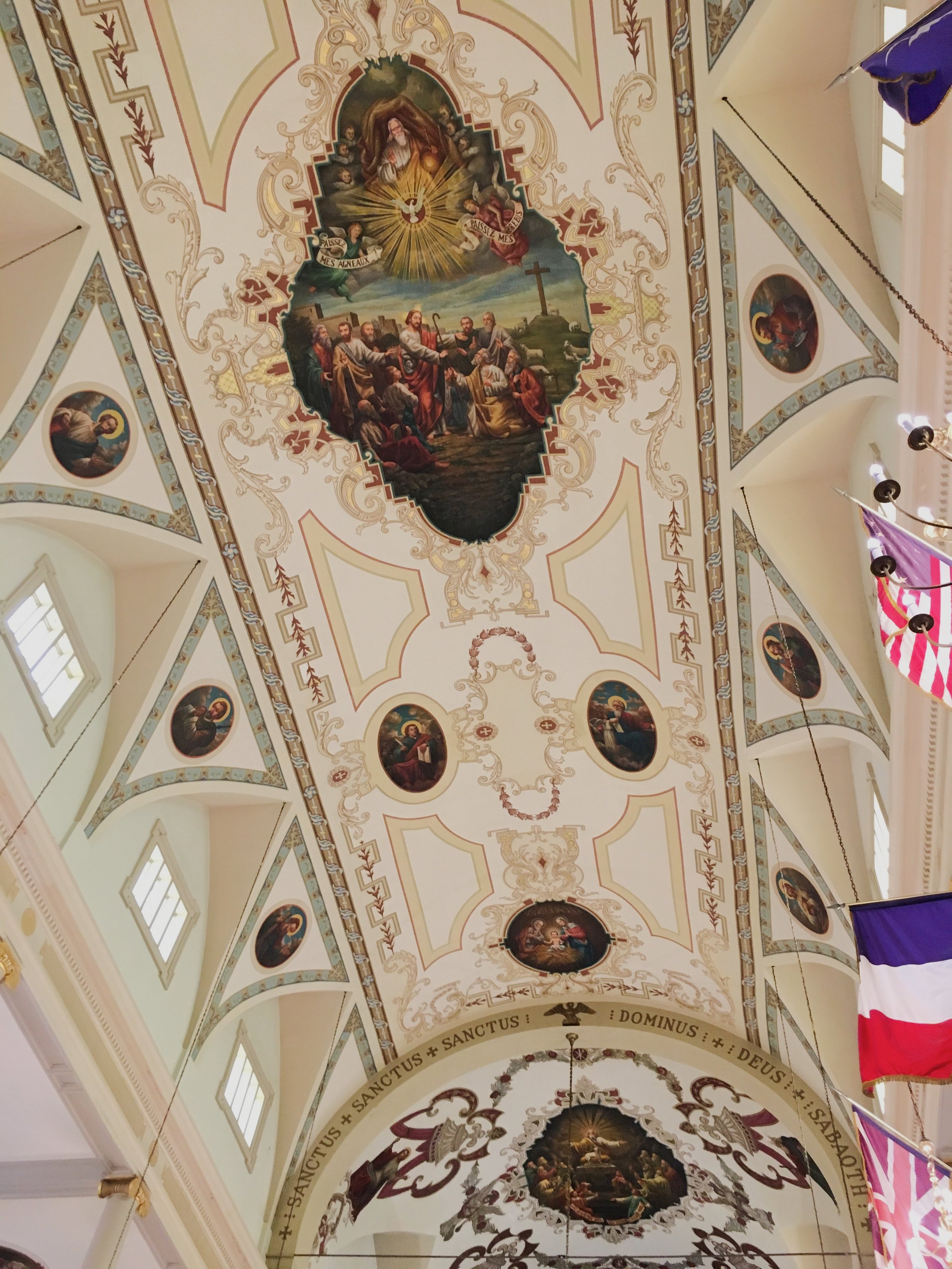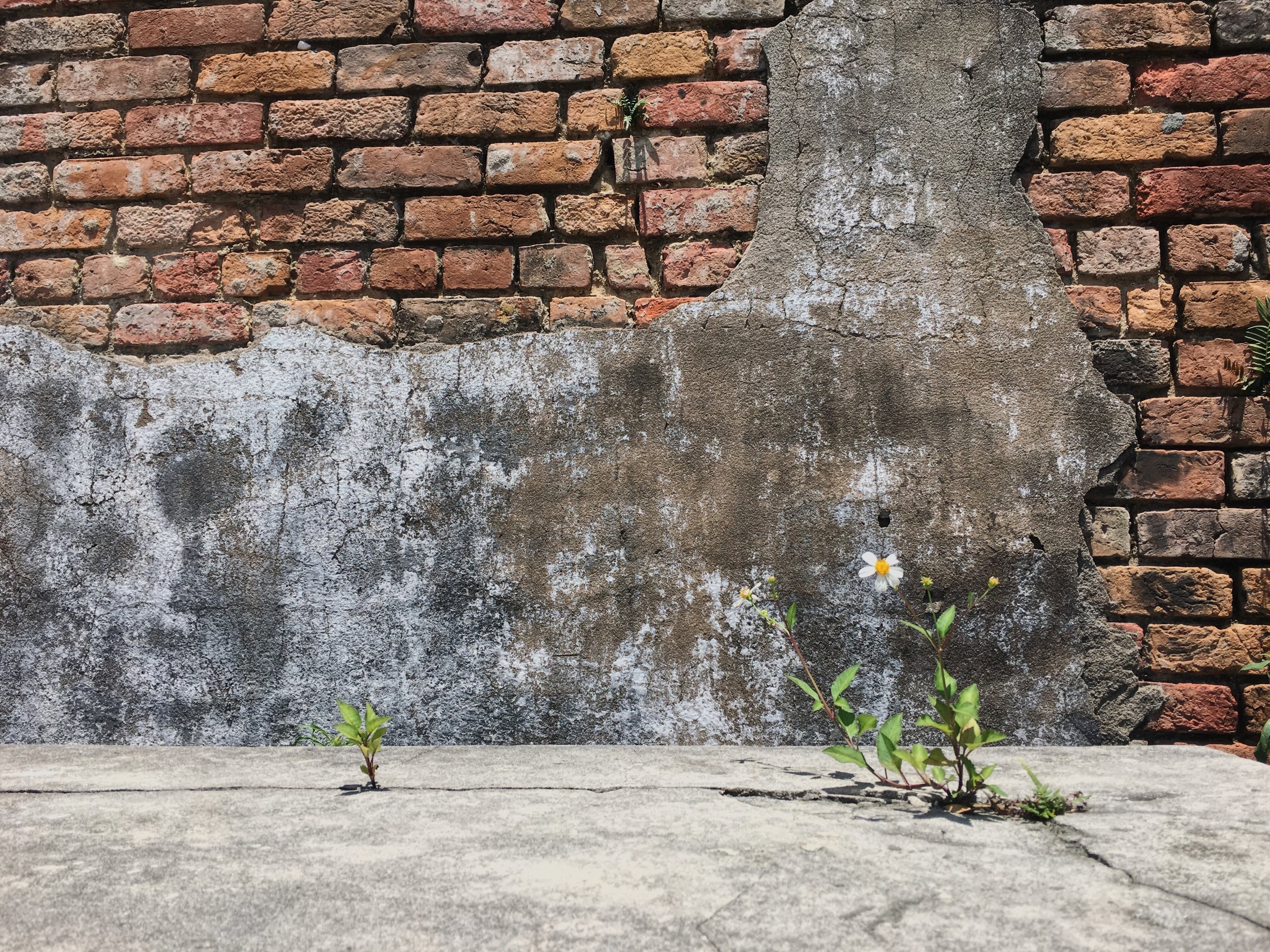Out of everything we read, Ernest J. Gaines’ novel A Lesson Before Dying impacted me the most. A Lesson Before Dying is set during the 1940s South and tells the story of Jefferson, an innocent black man accused of aiding in the murder of a white man and sentenced to be electrocuted. Jefferson’s defense refers to him as a “hog” and Jefferson internalizes this belief that he is not human and even cynically mimics the actions of a hog: “He grunted deep in his throat and grinned at me”. Throughout the course of the novel Grant, a school teacher, regularly visits Jefferson in an attempt to get Jefferson to understand that he is a man and not the hog whites consider him to be.
“They sentence you to death because you were at the wrong place at the wrong time, with no proof that you had anything at all to do with the crime other than being there when it happened. Yet six months later they come and unlock your cage and tell you, We, us, white folks all, have decided it’s time for you to die, because this is the convenient date and time. ”
Visiting the jail that Jefferson was locked up in was both profound and overwhelming—it brought the setting of the story literally to life, making Jefferson’s experience in jail tangible and real to me. We walked inside the black-out cells where prisoners were put in as punishment for out-of-line behavior. We walked in a room where people were hanged from the ceiling. My intention in taking the photographs below was not in any way to glorify or to create a spectacle out of death and suffering but rather I took these photos out of remembrance for what went on here and reverence for the innocent people who were locked up here like animals and suffered immensely. I hope my photographs capture the chilling and cruel nature of the jail.
We also got to visit the plantation church where Dr. Gaines grew up going to school and in the novel where Grant teaches, kindergarten through sixth grade in a shortened school year compared to the white children. Visiting Ernest and Dianne Gaines at their home was a surreal experience and perhaps my favorite part of our bookpacking trip. Cheylon, an archivist at the Ernest J. Gaines Center, showed us inside the plantation church and gave us a brief history of the church and the property. Dr. Gaines lives on property that was once a plantation his ancestors worked as slaves on.
The novel is heartbreaking and moving. I can’t remember the last time I cried while reading but I cried several times while reading this book, especially reading Jefferson’s diary. During our morning seminar on the novel before we visited the Gaines’ home, Andrew talked about the idea of believing that we are loved and how it is easier to give love than to receive love; how it is hard to believe that we are worthy of love. By the end of the novel Jefferson finally realizes that he is worthy of being loved and accepting love:
- “sometime mr wigin i just feel like tellin you i like you but i dont kno how to say this cause i aint never say it to nobody before an nobody aint never say it to me”
- “is that love mr wigin when you want to see somebody bad bad”
- “my litle cosin estel even com up an kiss me on the jaw an i coudn hol it back no mo”
- “when they brot me in the room an i seen nanan at the table i seen how ole she look an how tied she look an i tol her i love her”
- “[you girlfren] thats the firs lady that pretty ever tech me an nobody that pretty never kiss me”
- “reson i cry cause you been so good to me mr wigin an nobody aint never been that good to me an make me think im somebody”
I cried reading these lines in Jefferson’s diary. As Andrew pointed out, this feeling of not being worthy of love is not unique to people in Jefferson’s situation but is a universal condition all humans struggle with to some extent. Finishing our bookpacking experience with a novel with universal themes on love and the human condition was perfect; I will forever look back on this trip and remember A Lesson Before Dying and the beautiful relationships we formed with each other through all of our adventures in Grand Isle, New Orleans, Baton Rouge, and Breaux Bridge.
